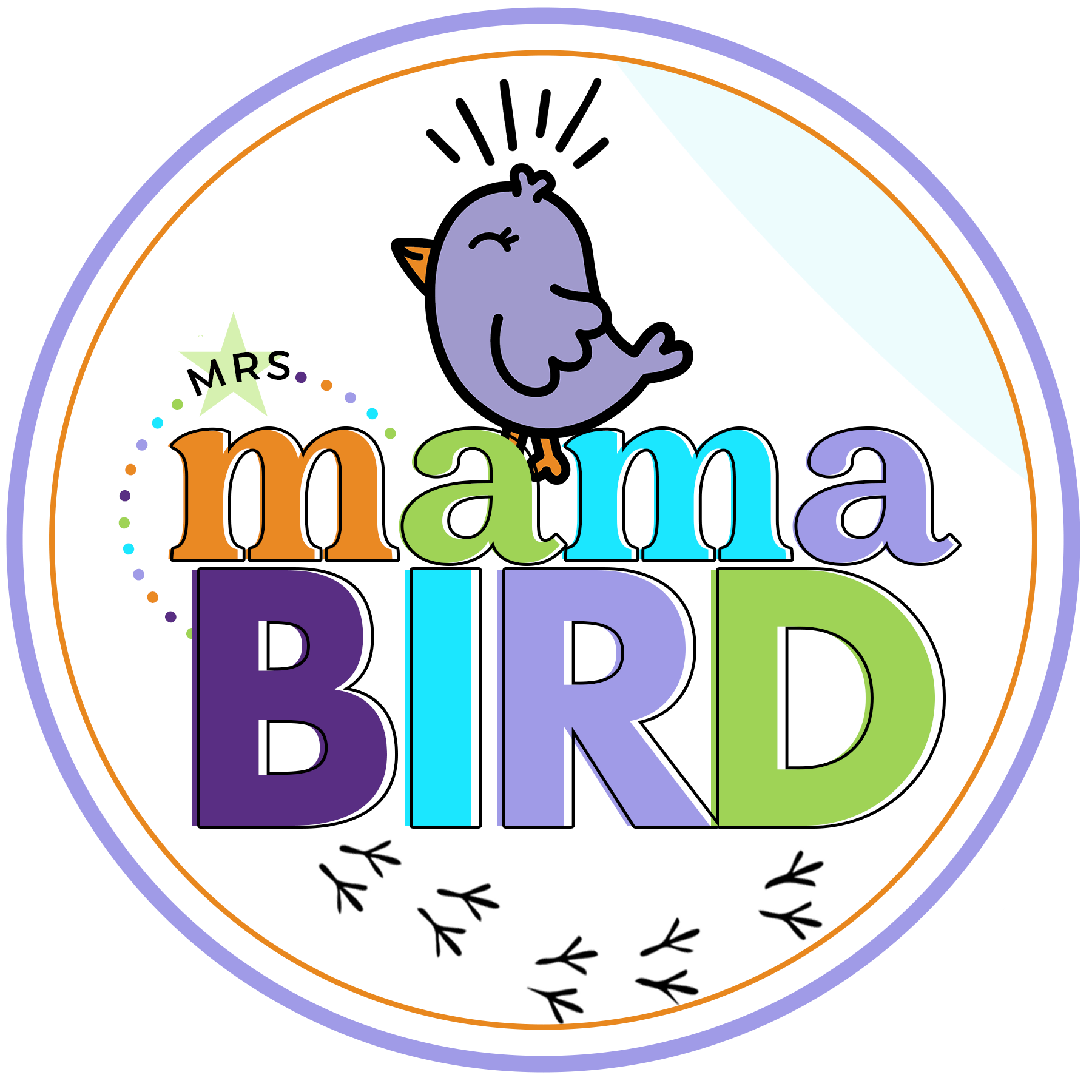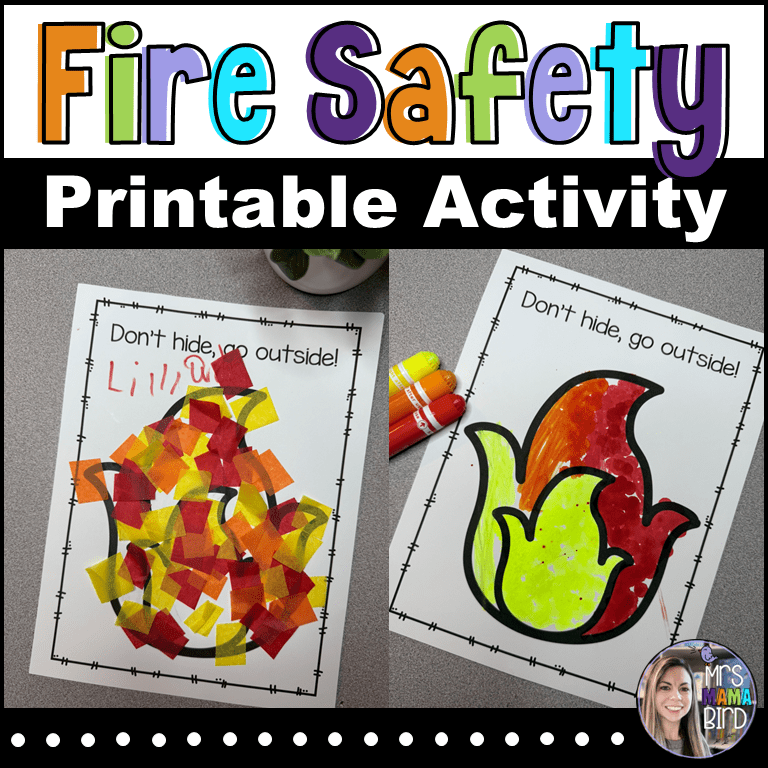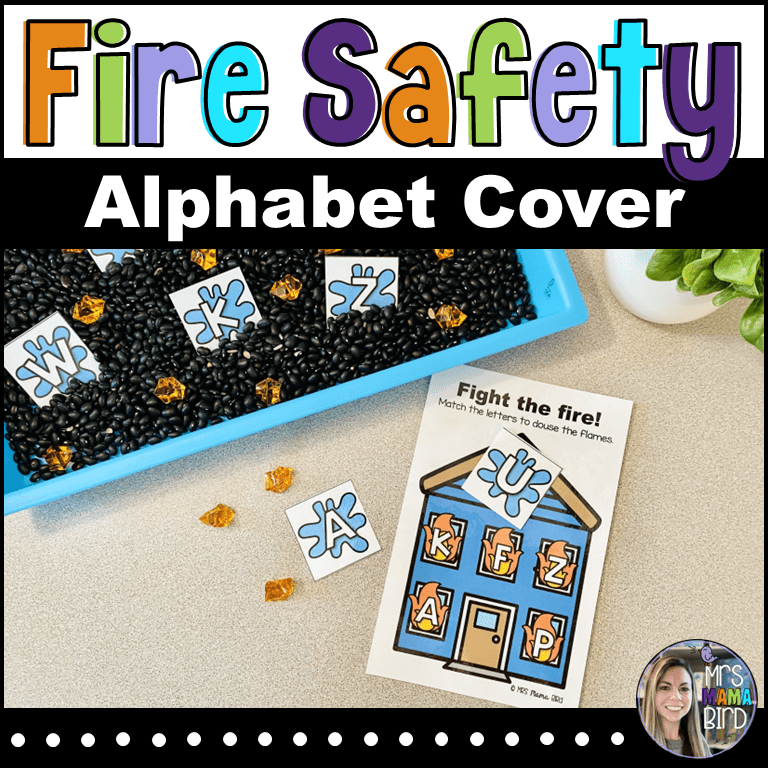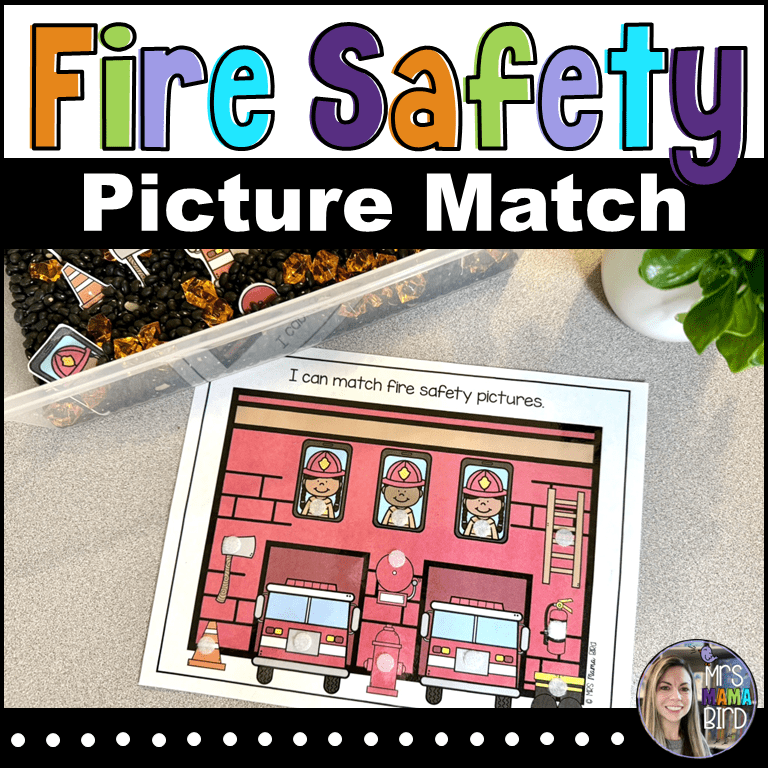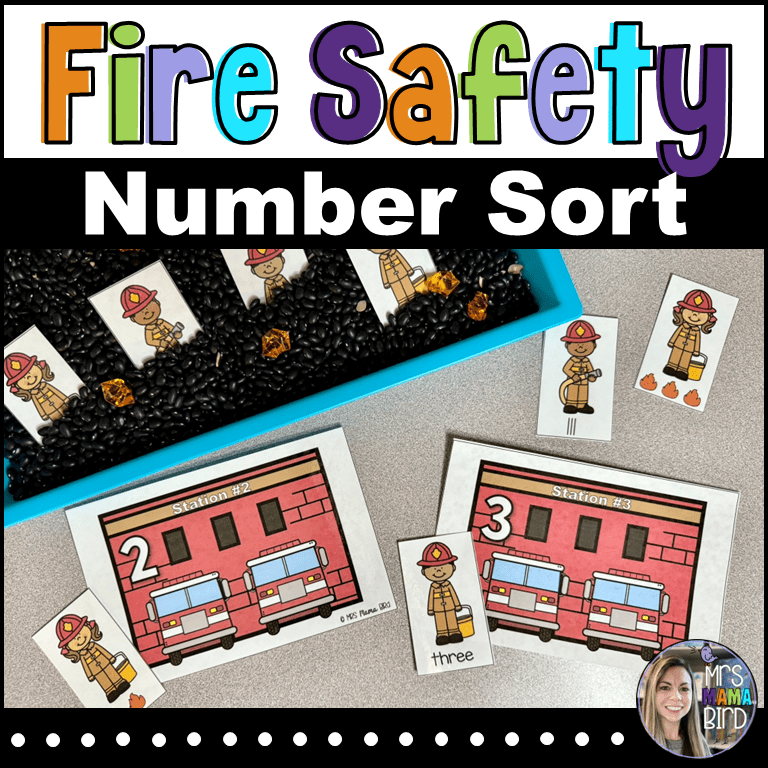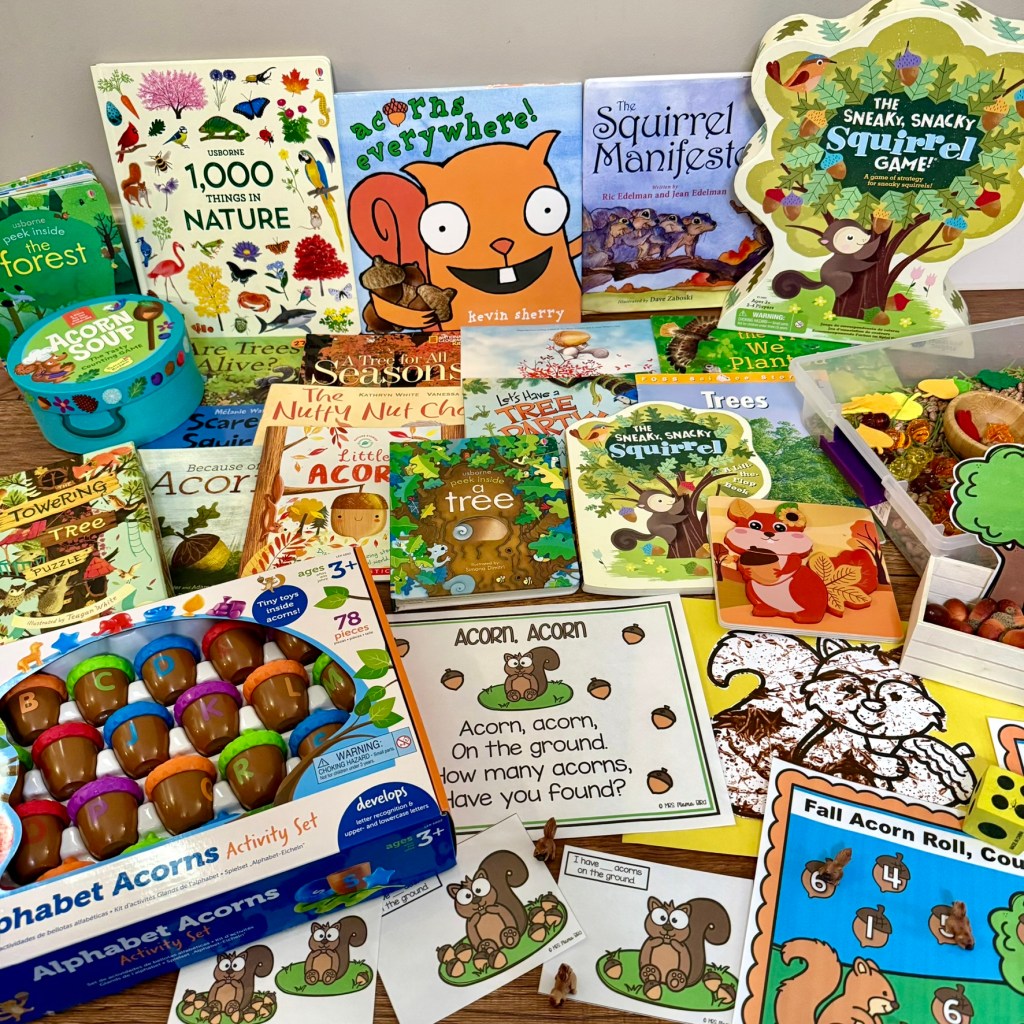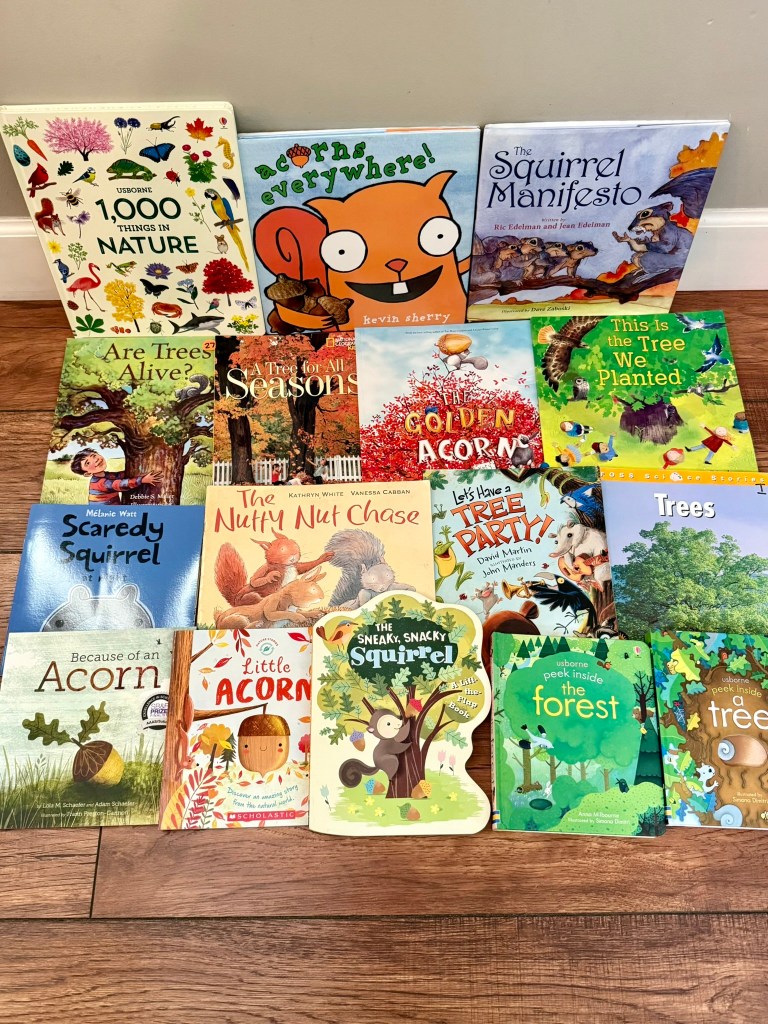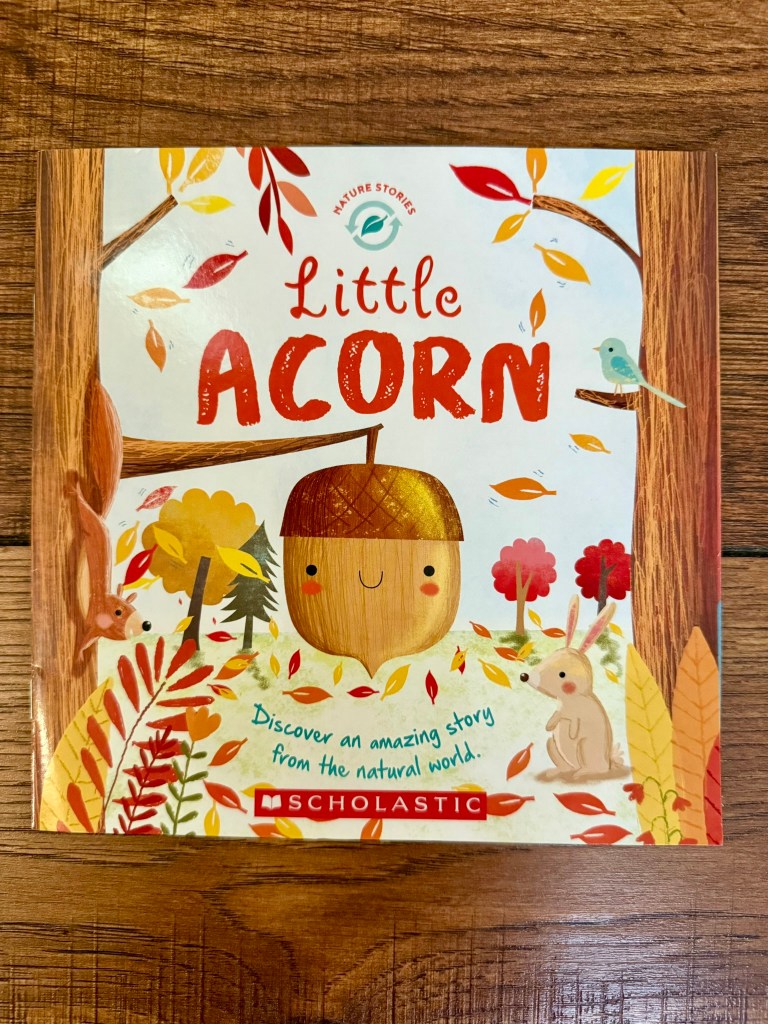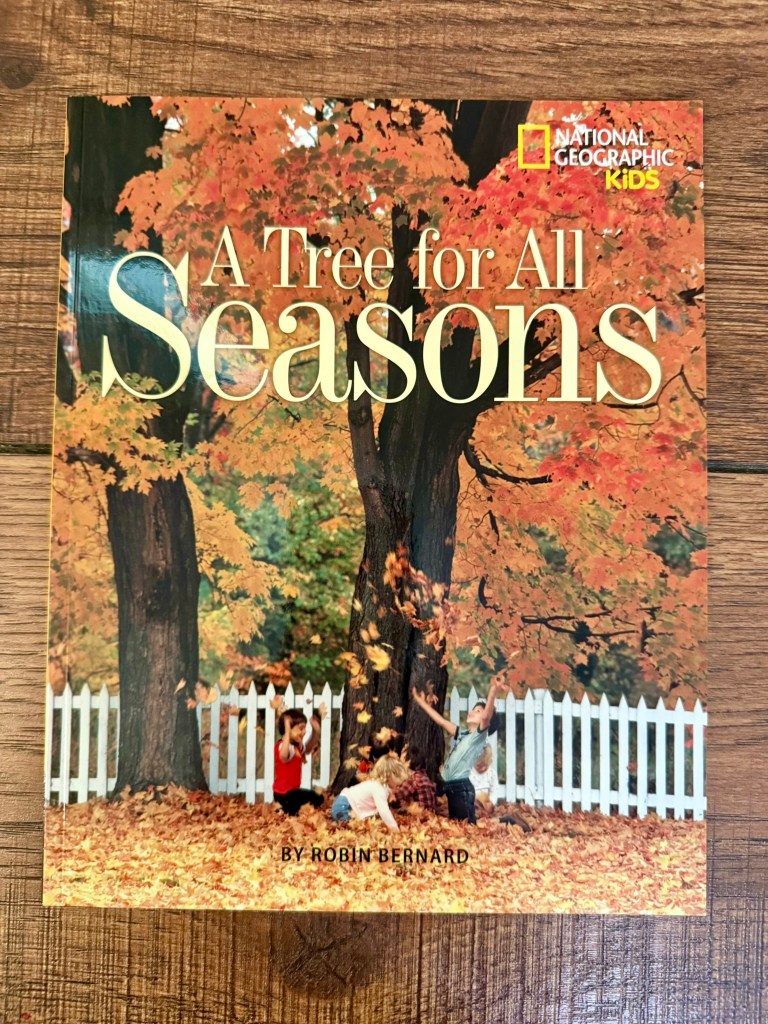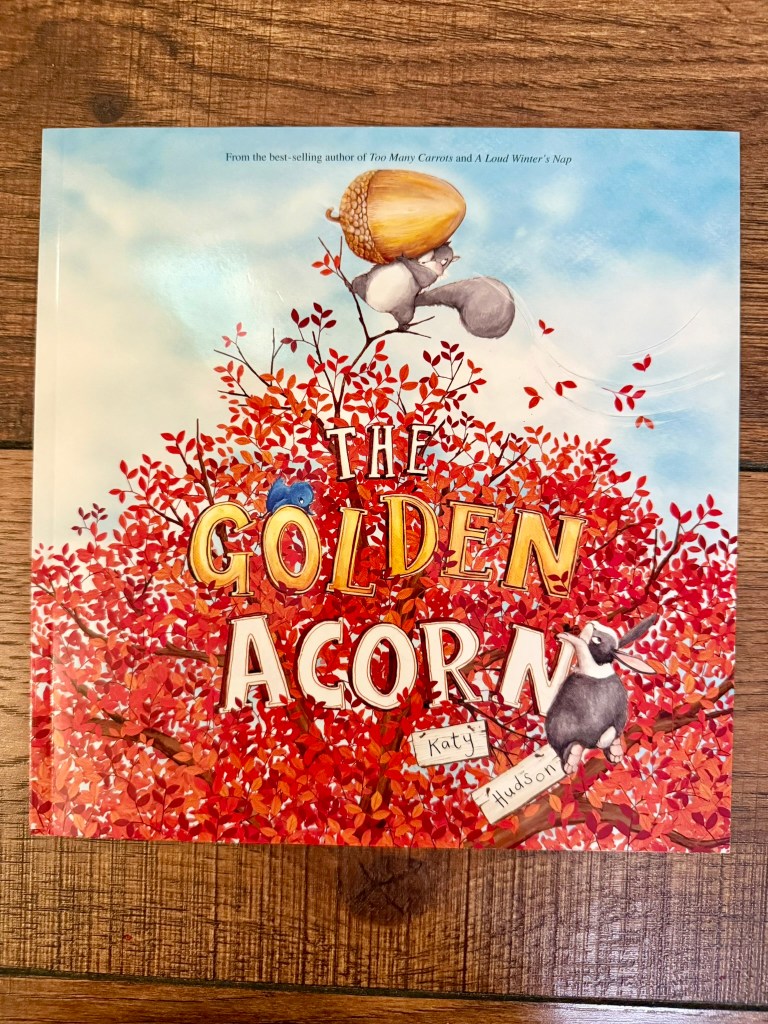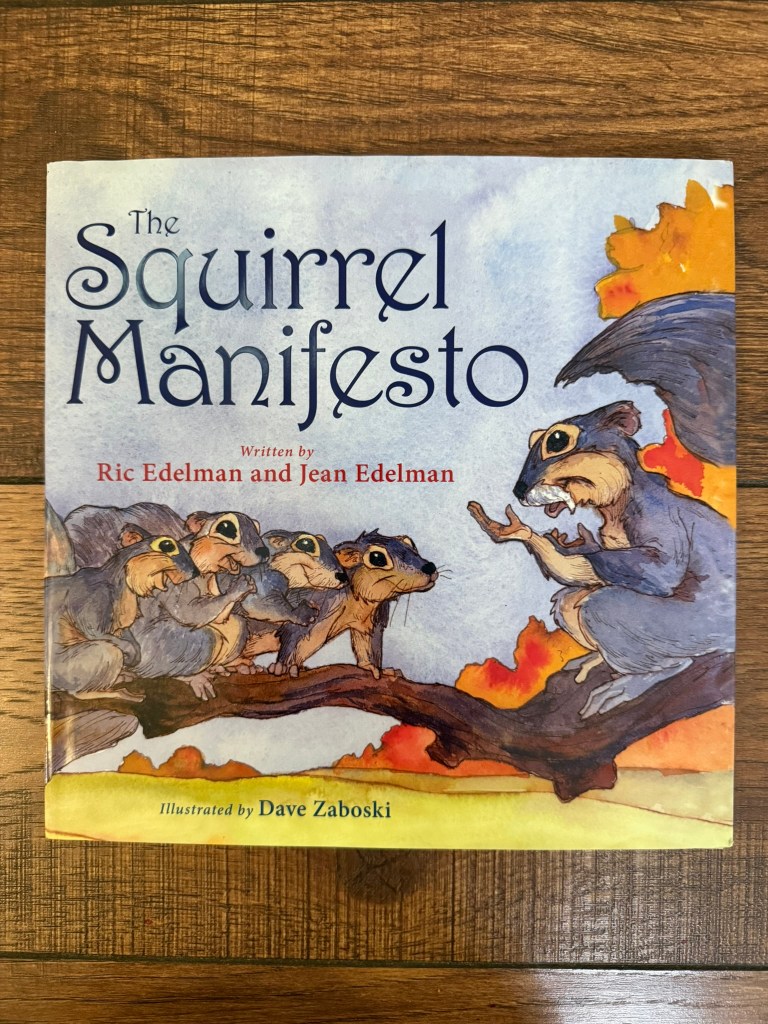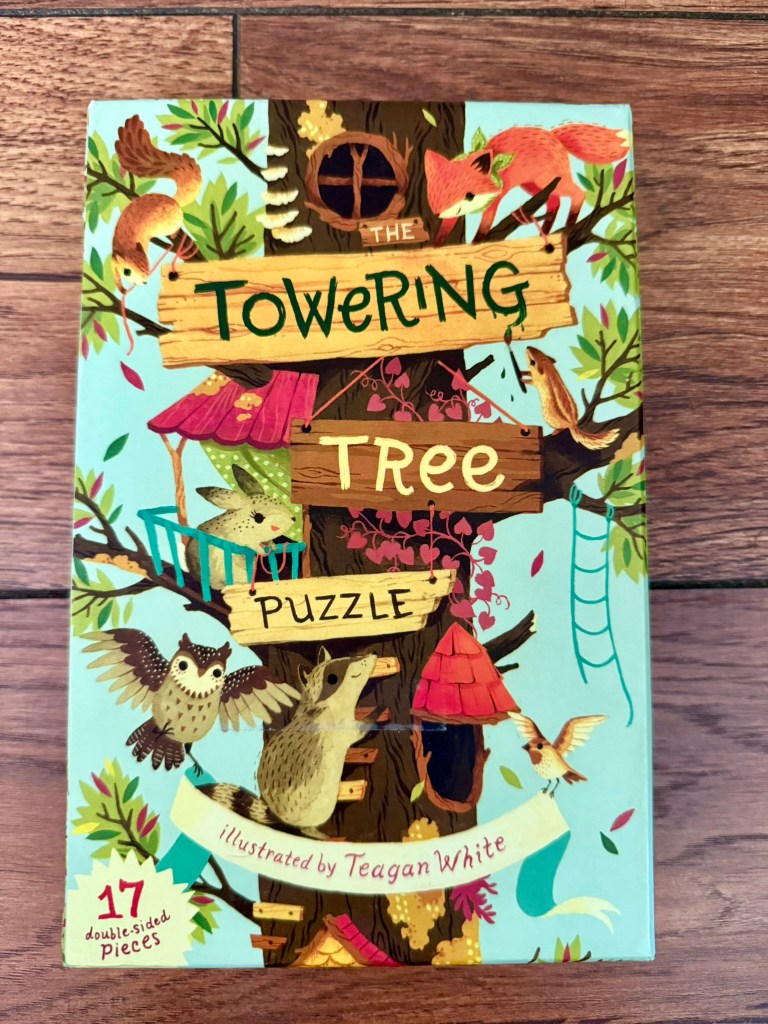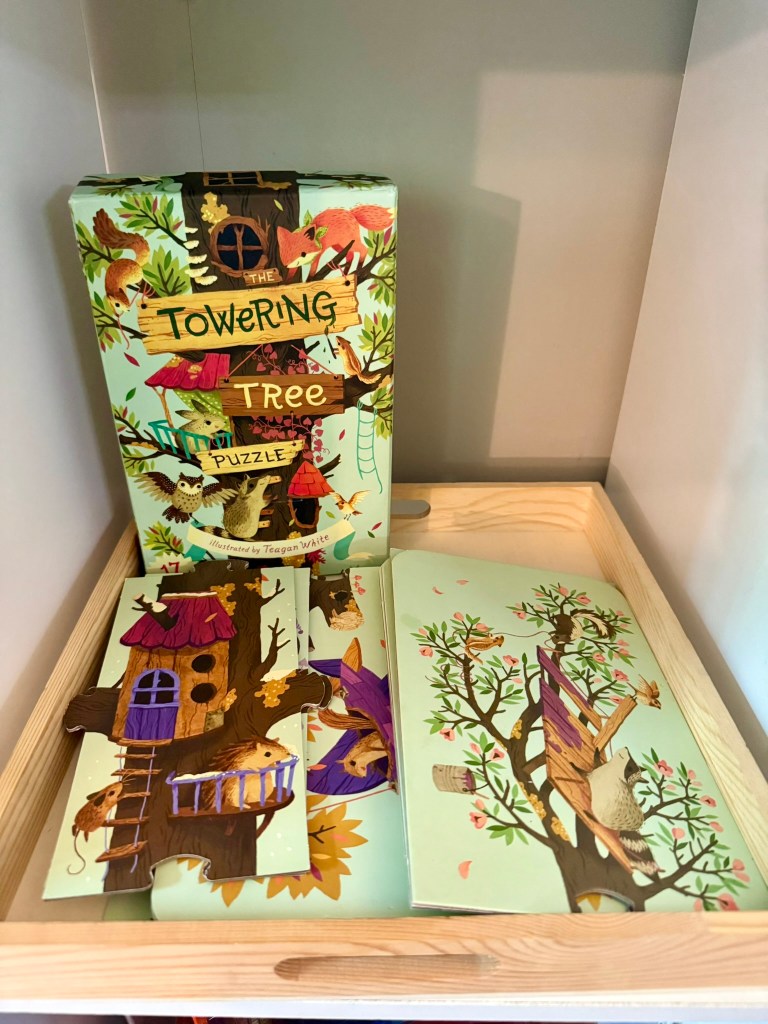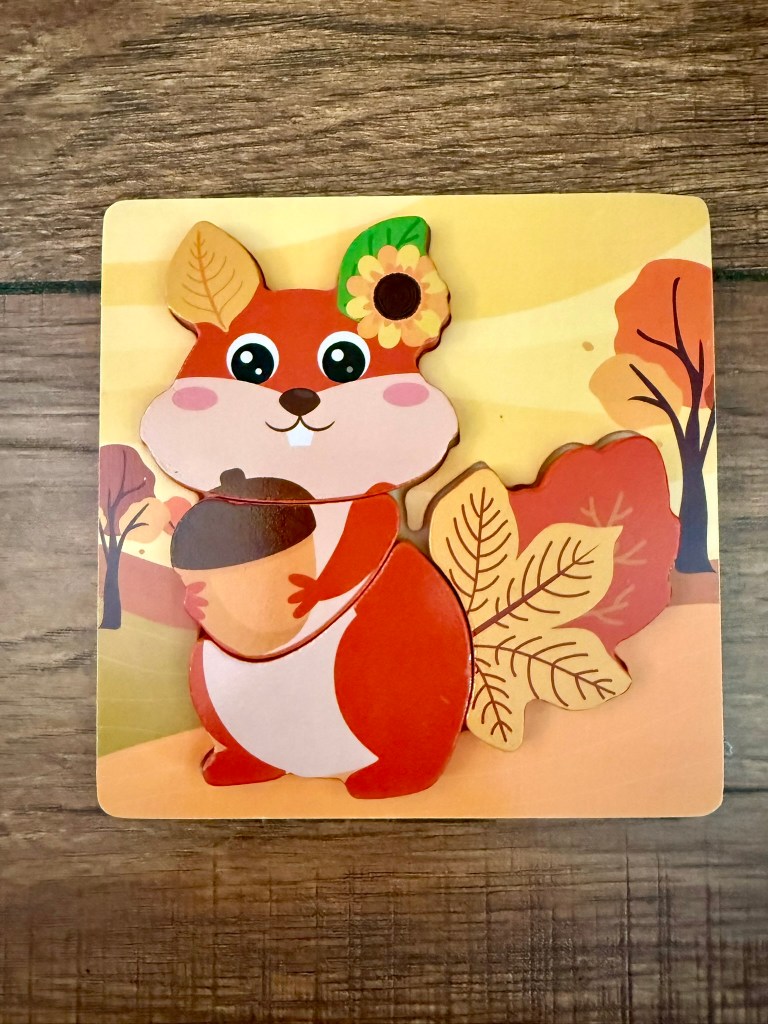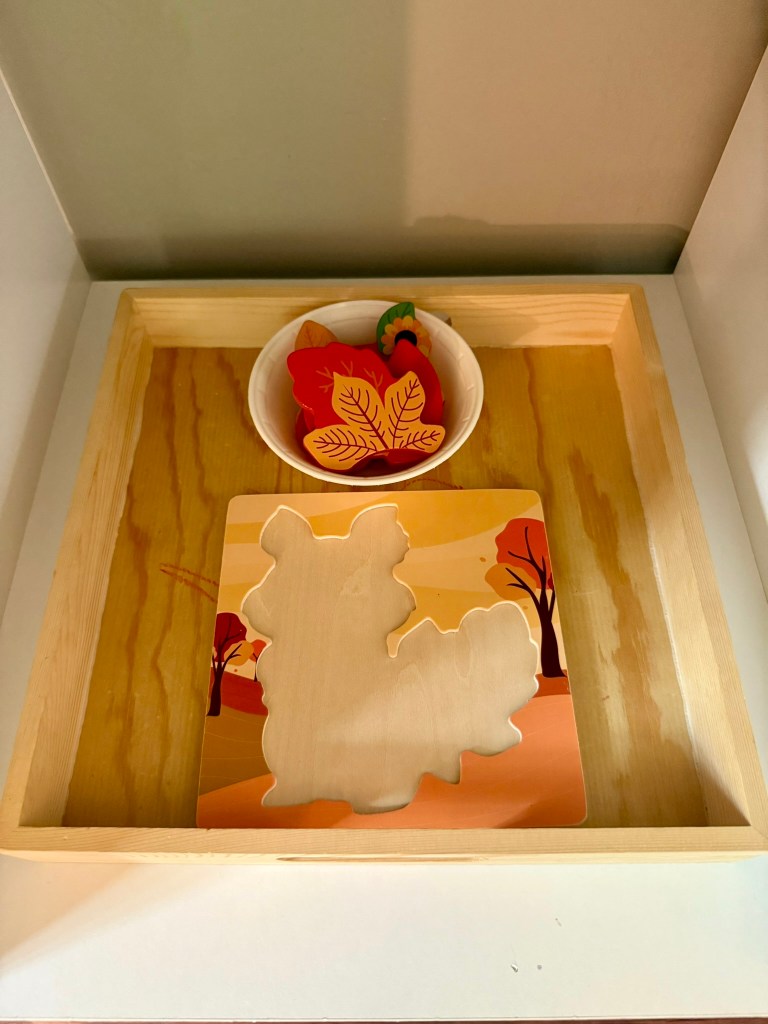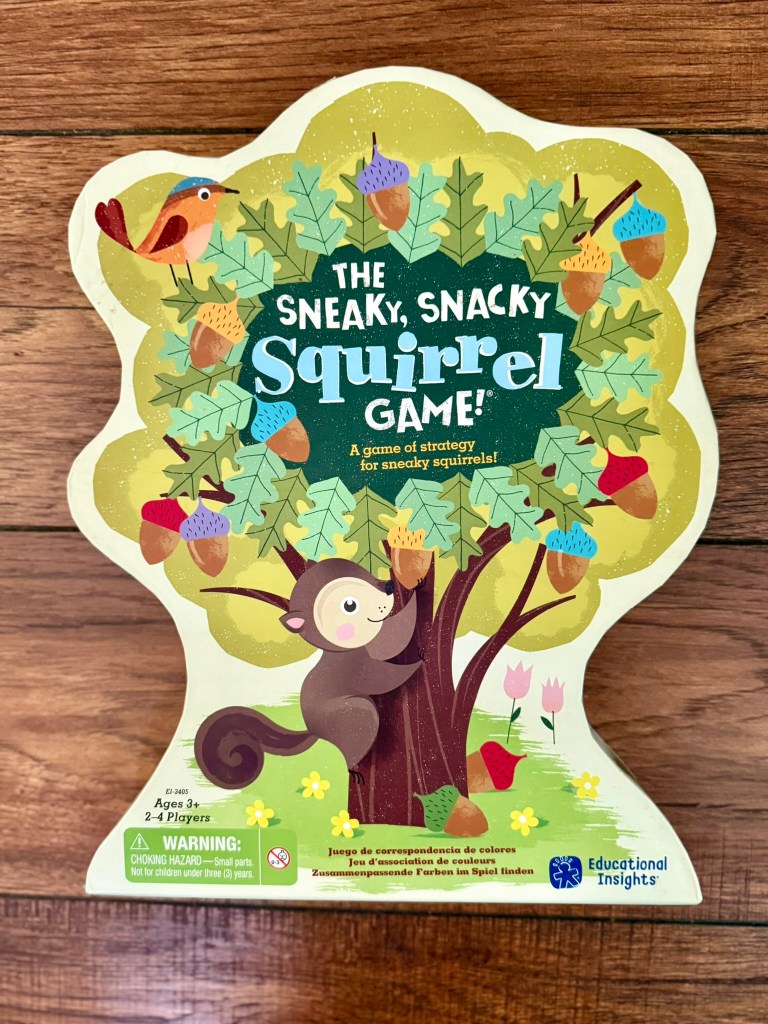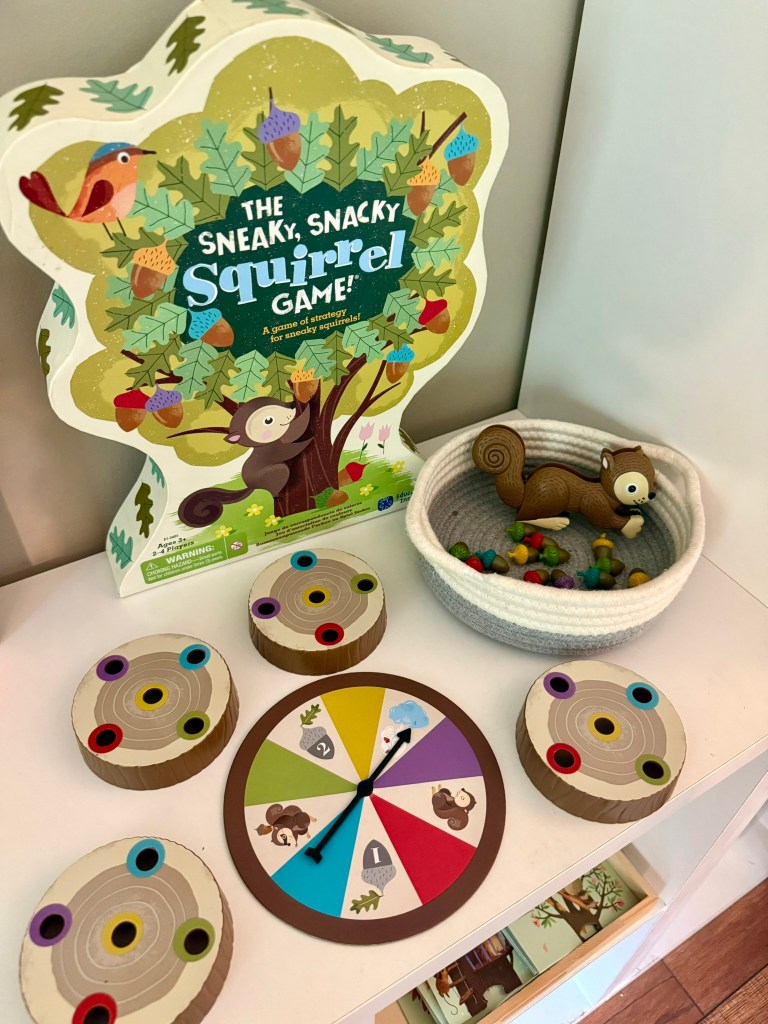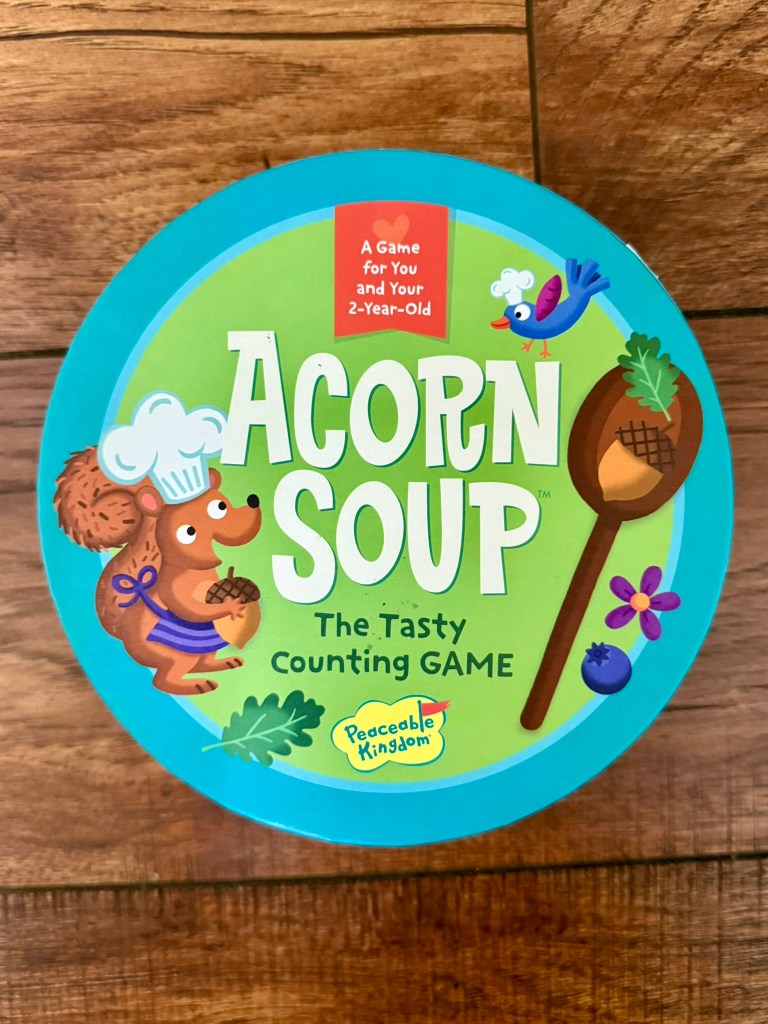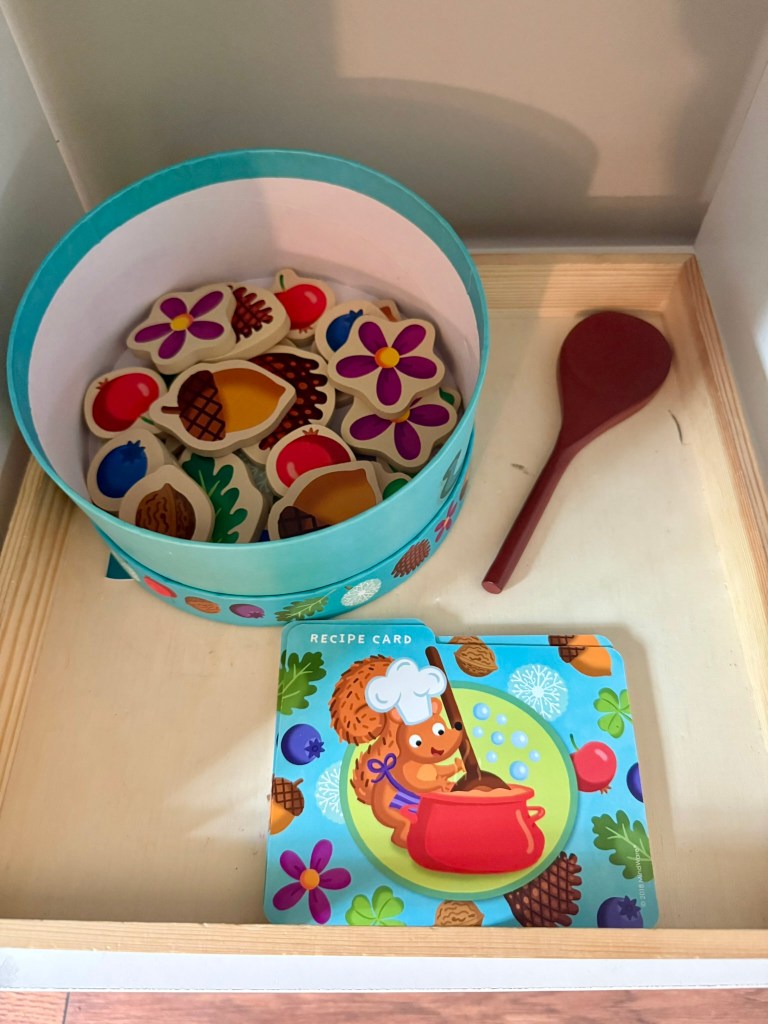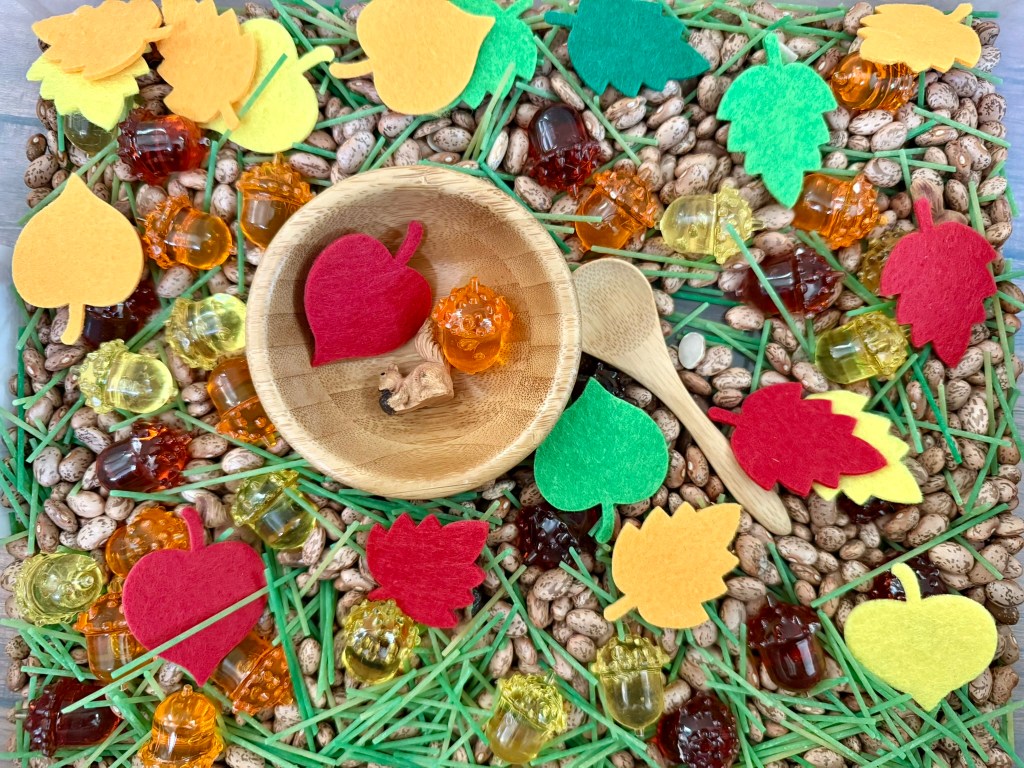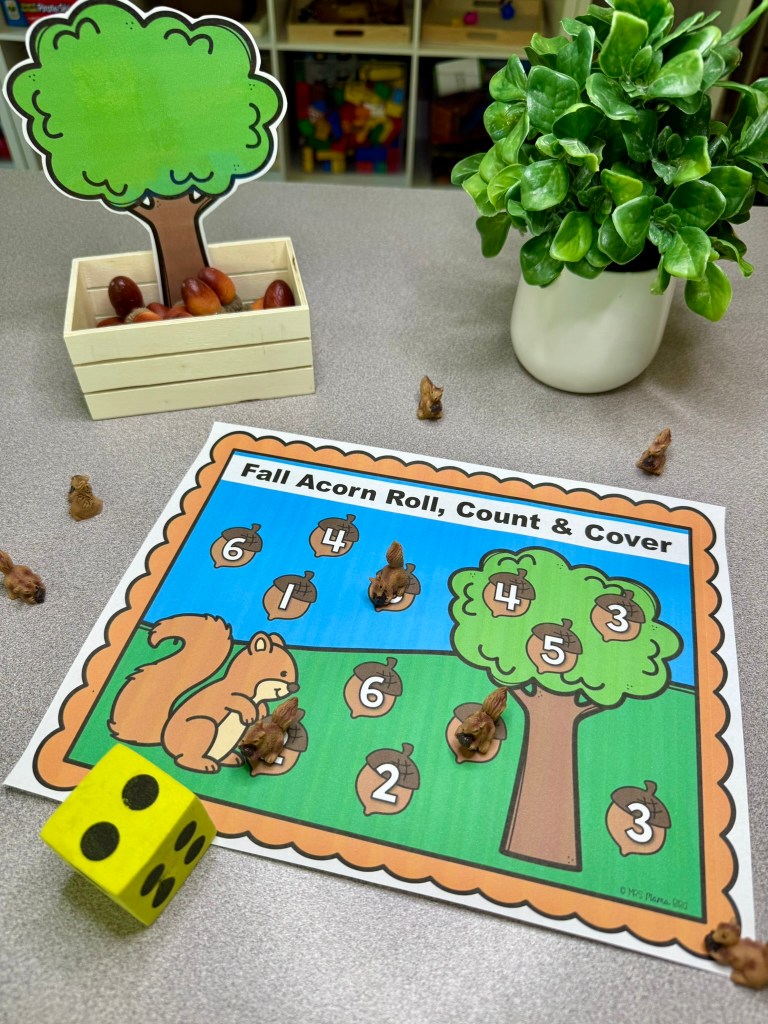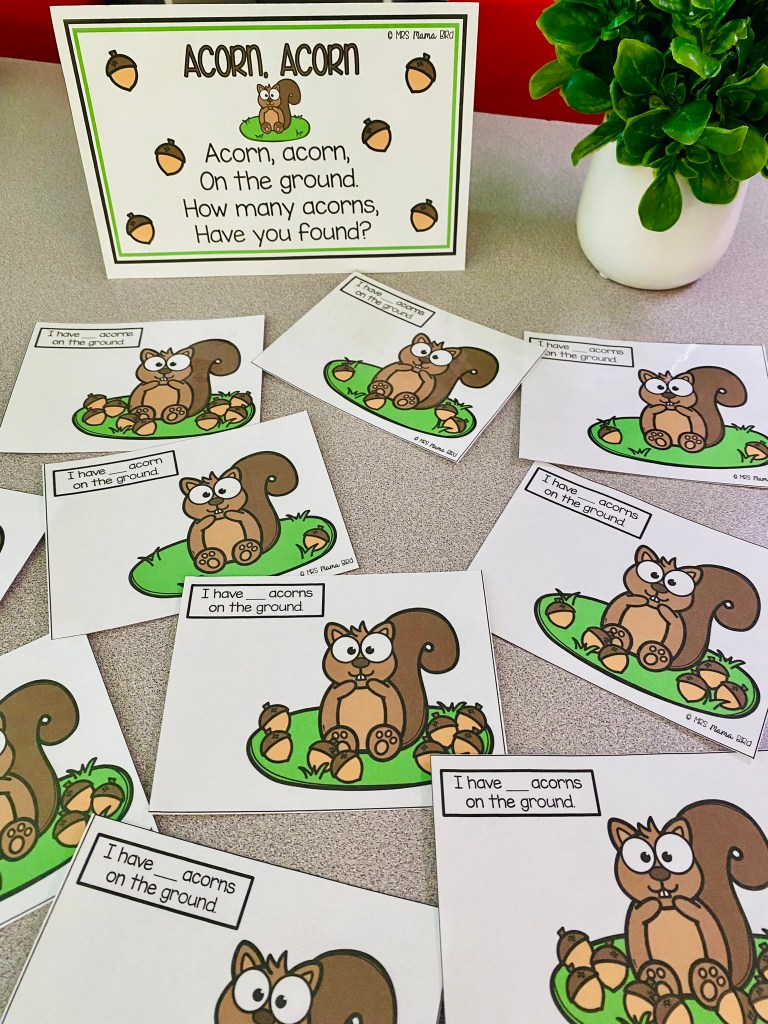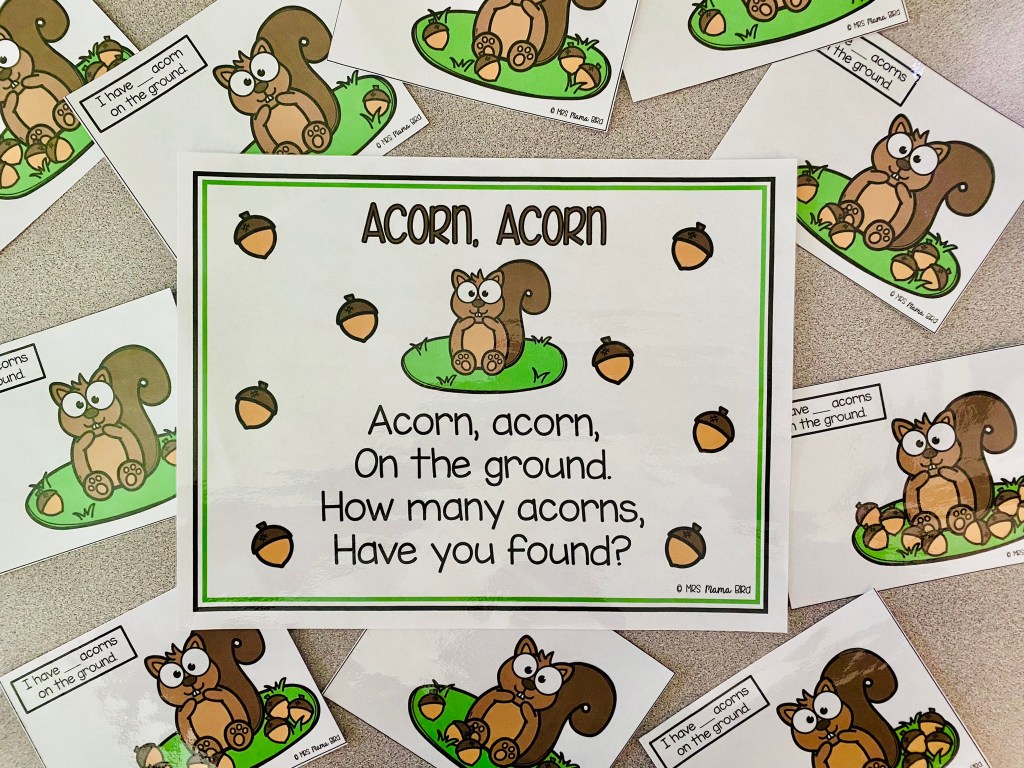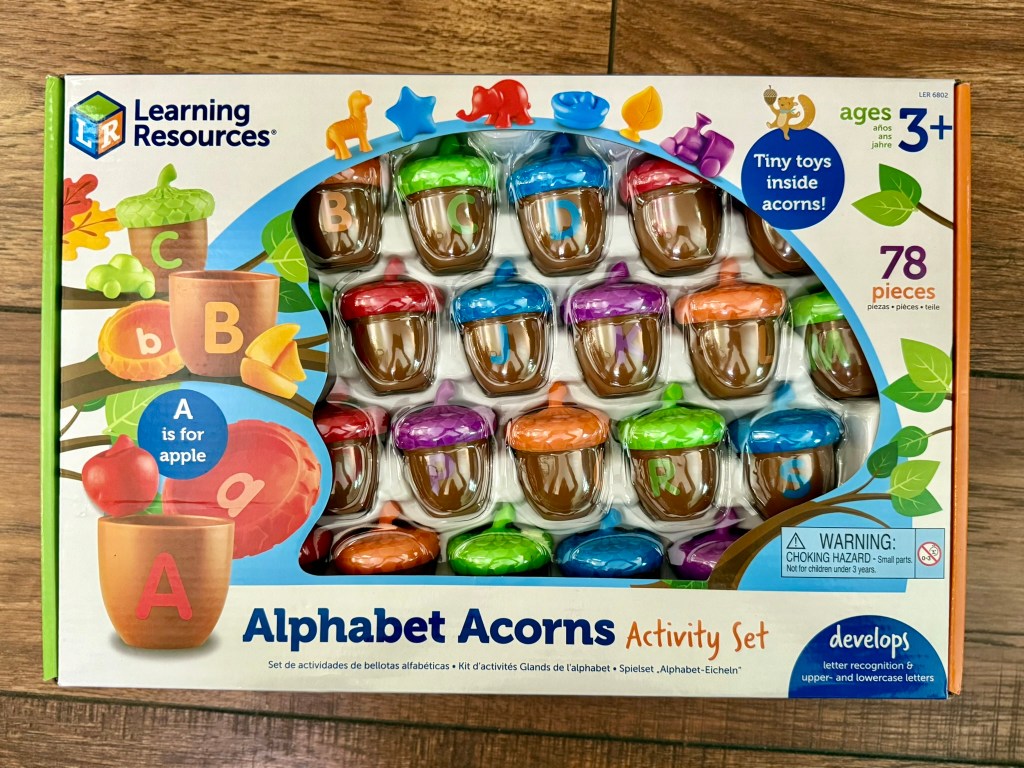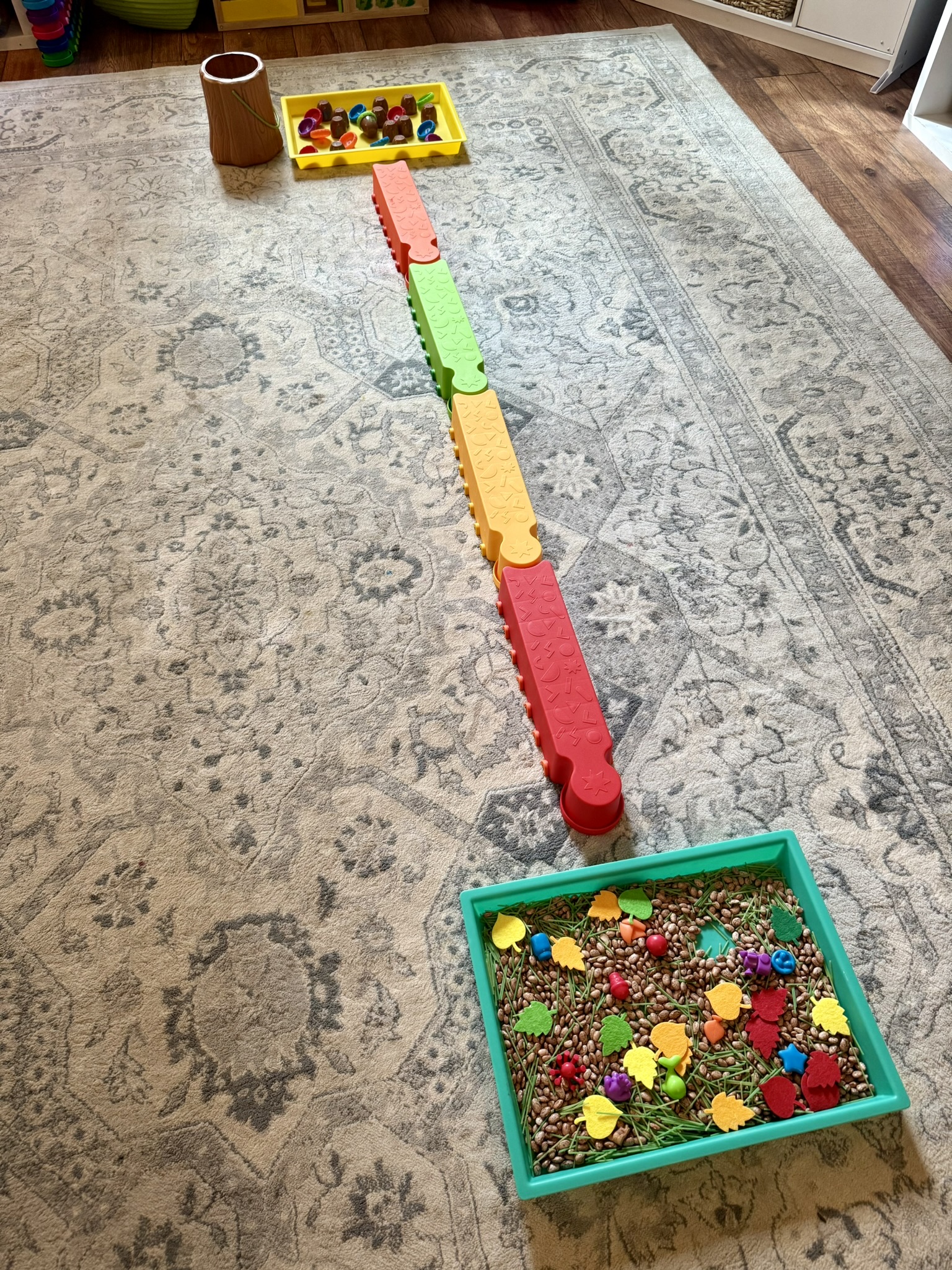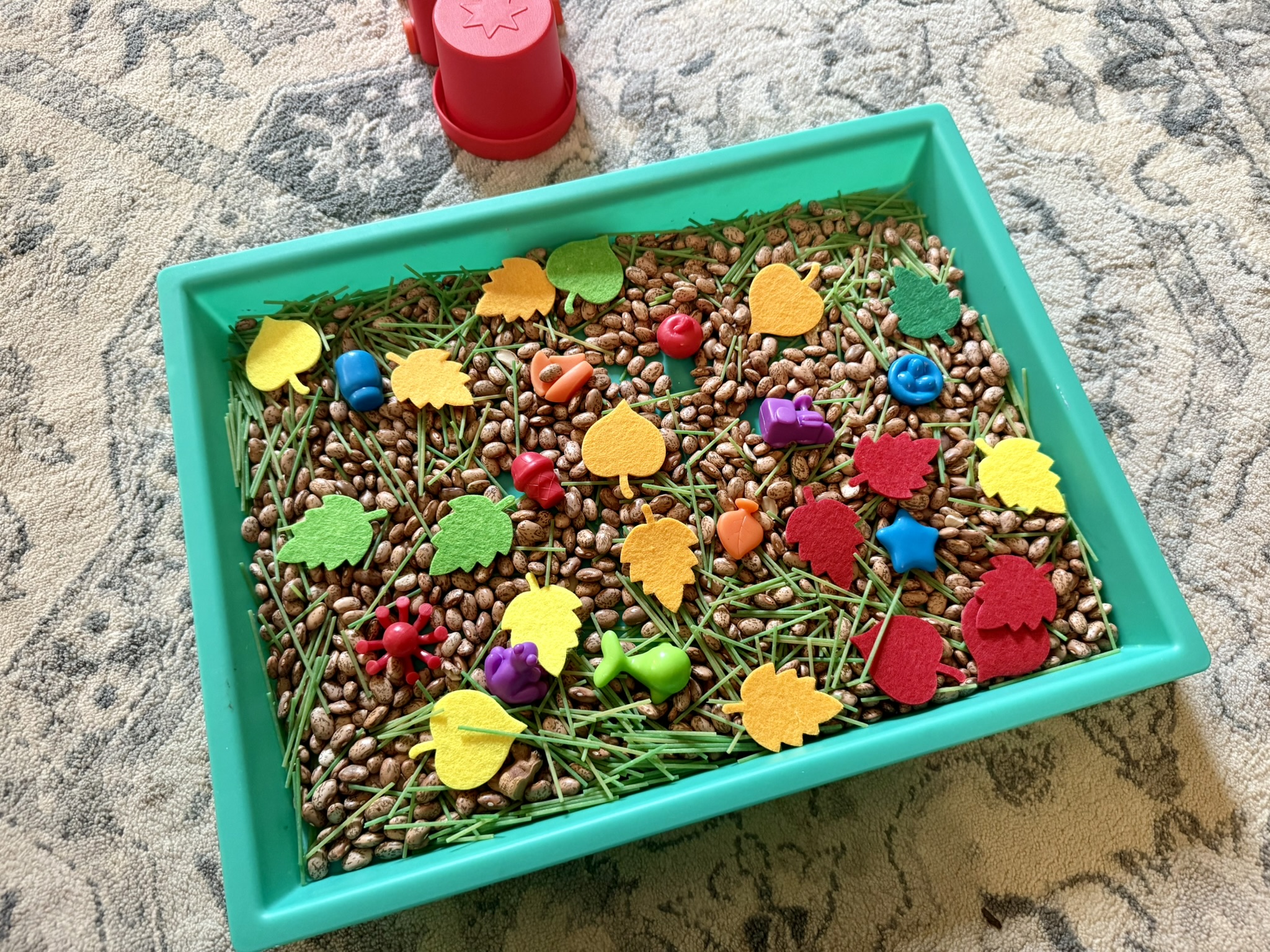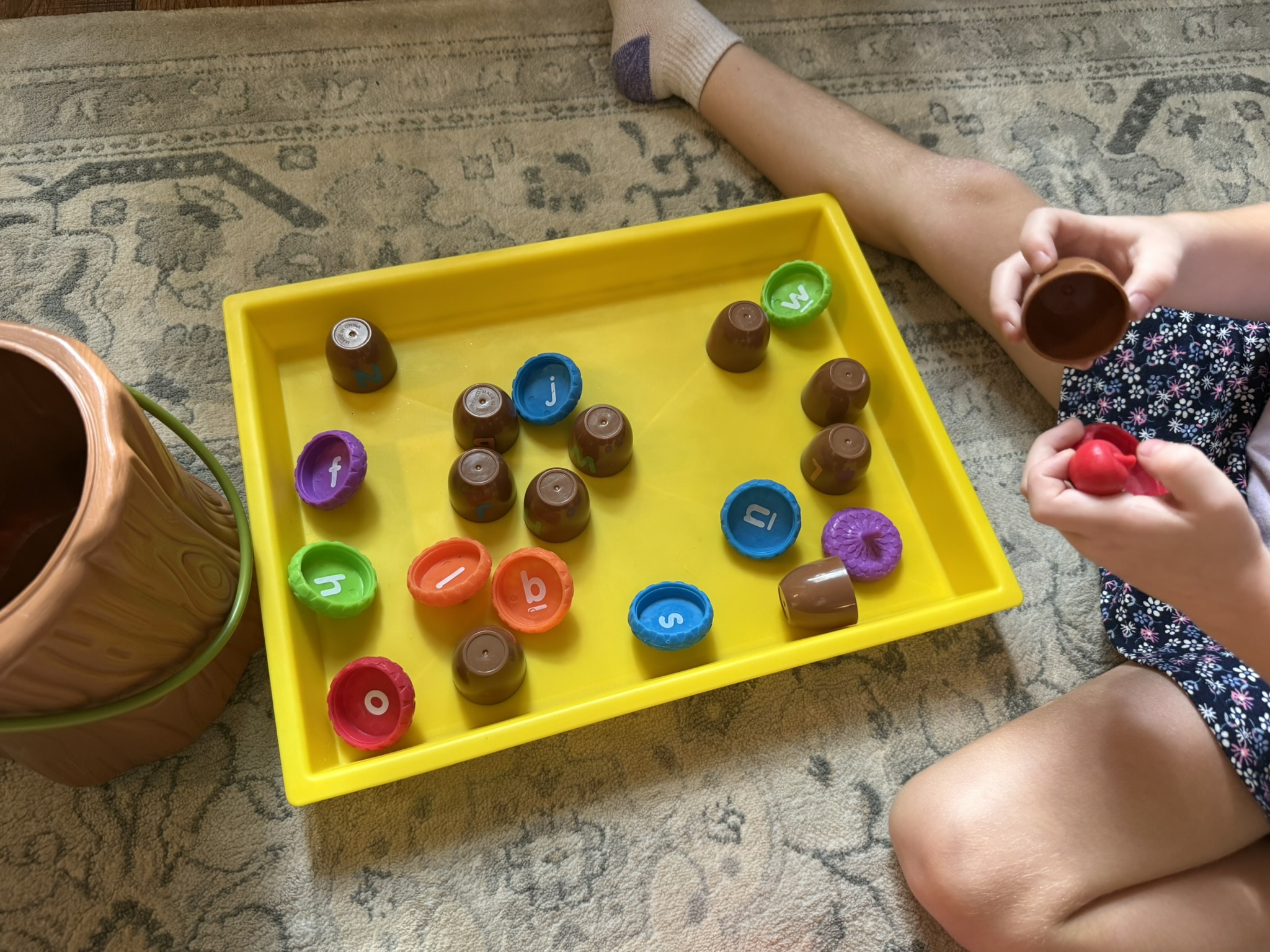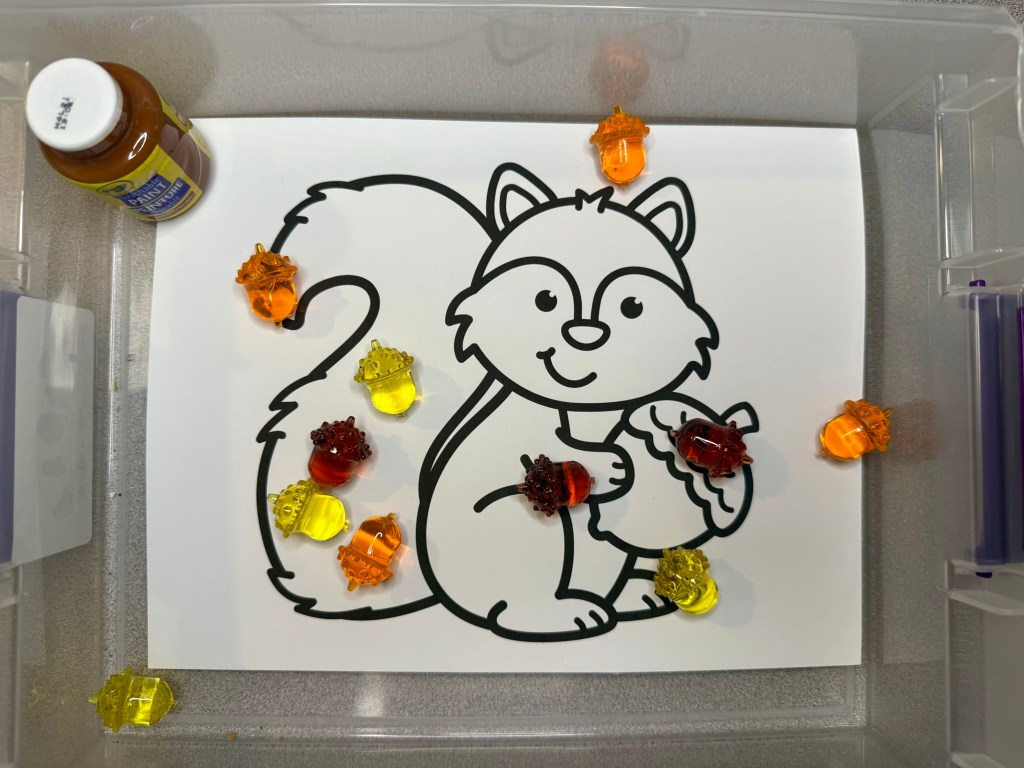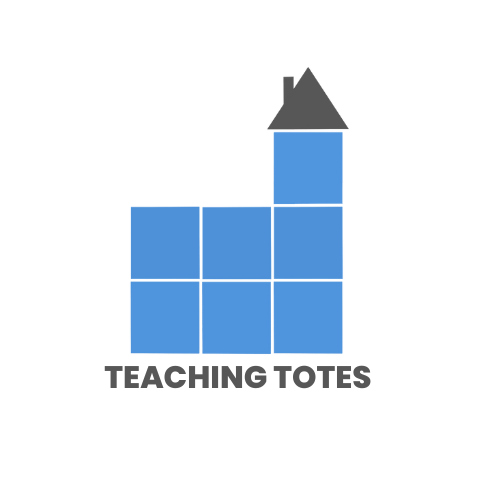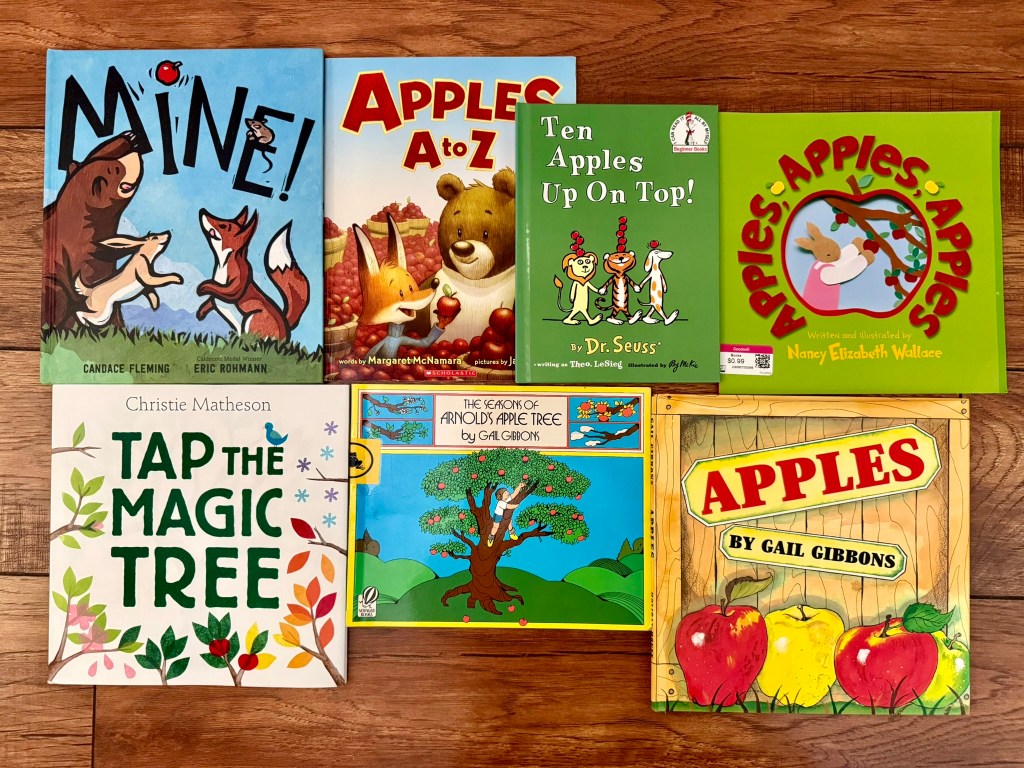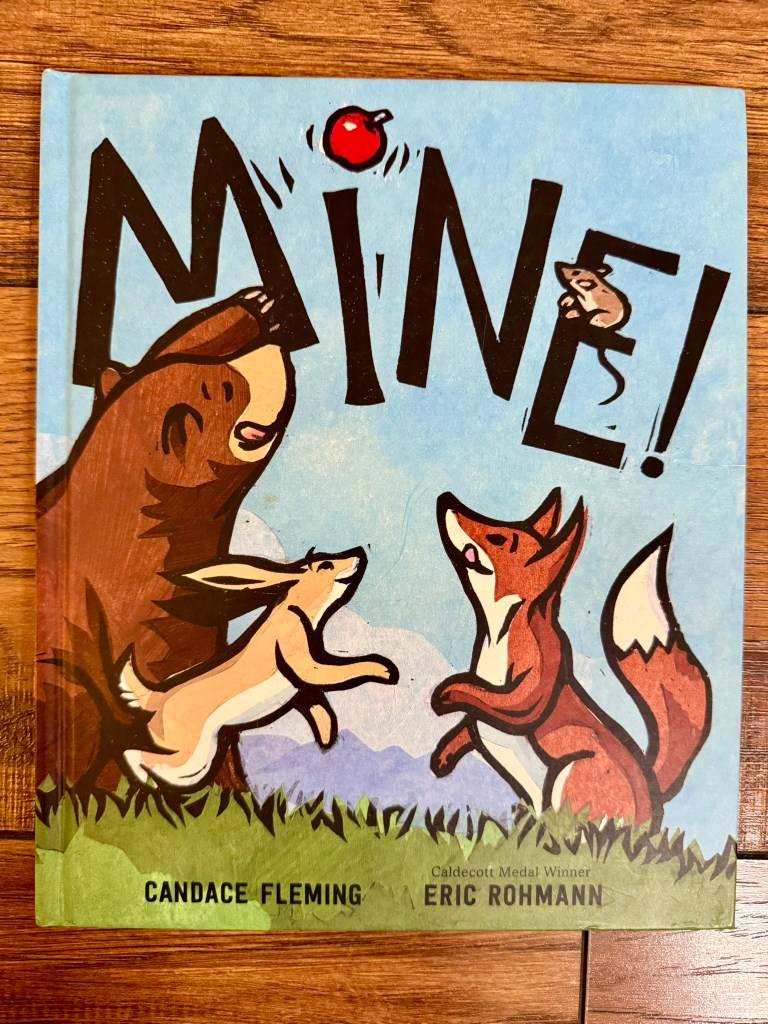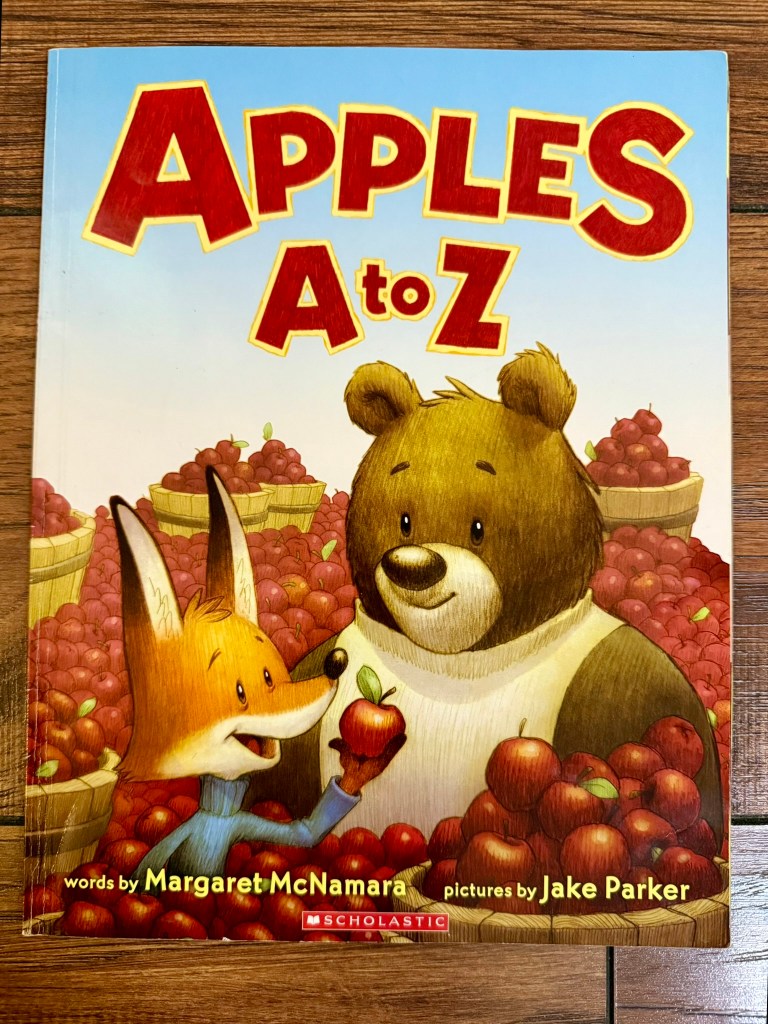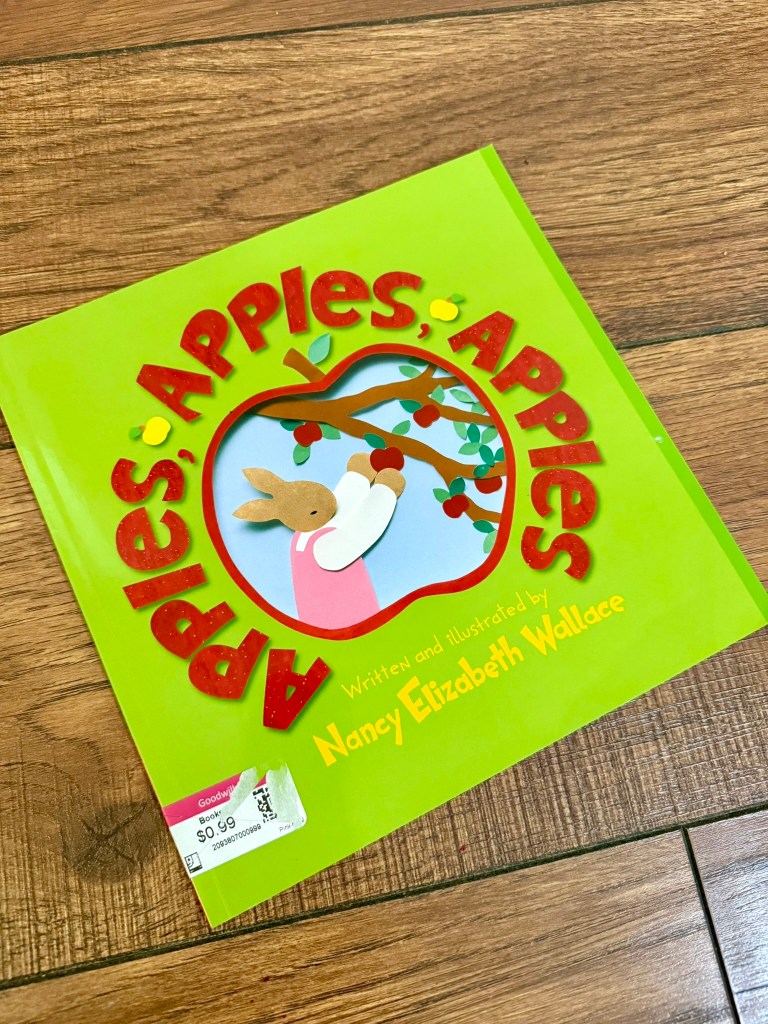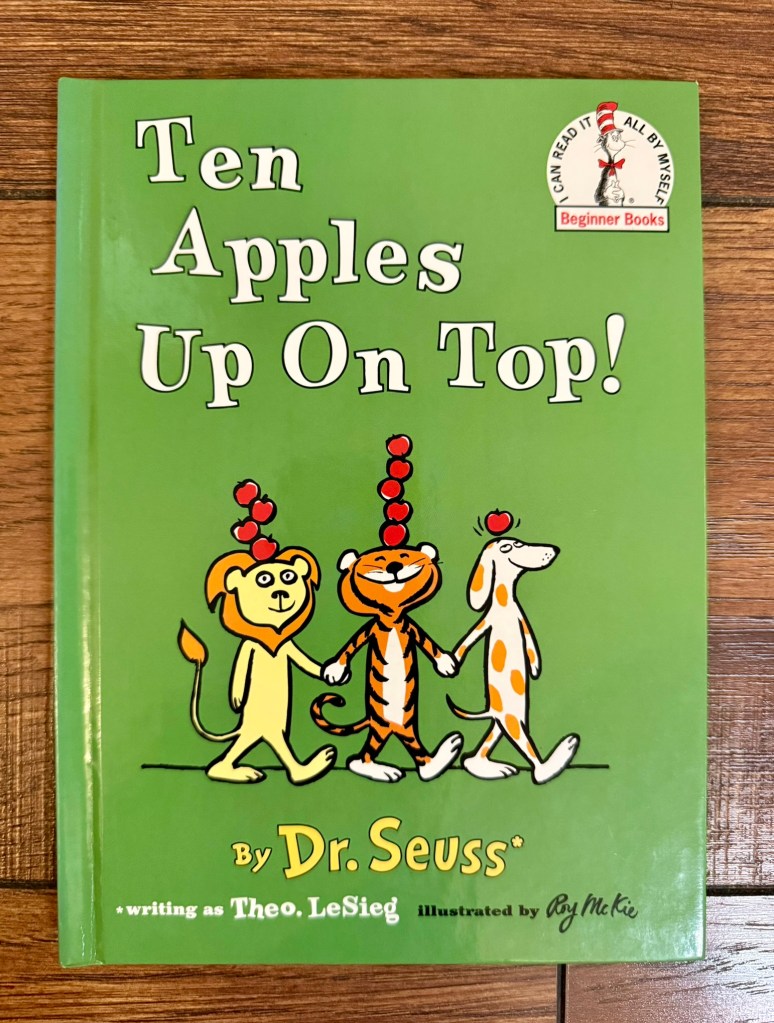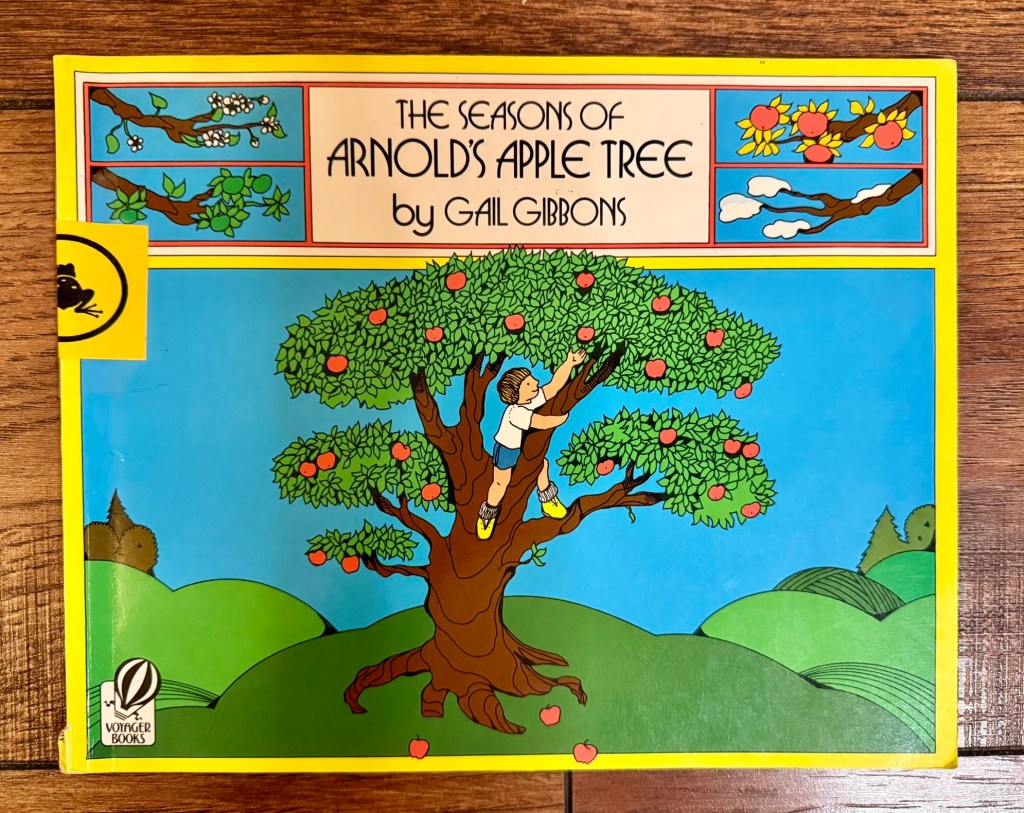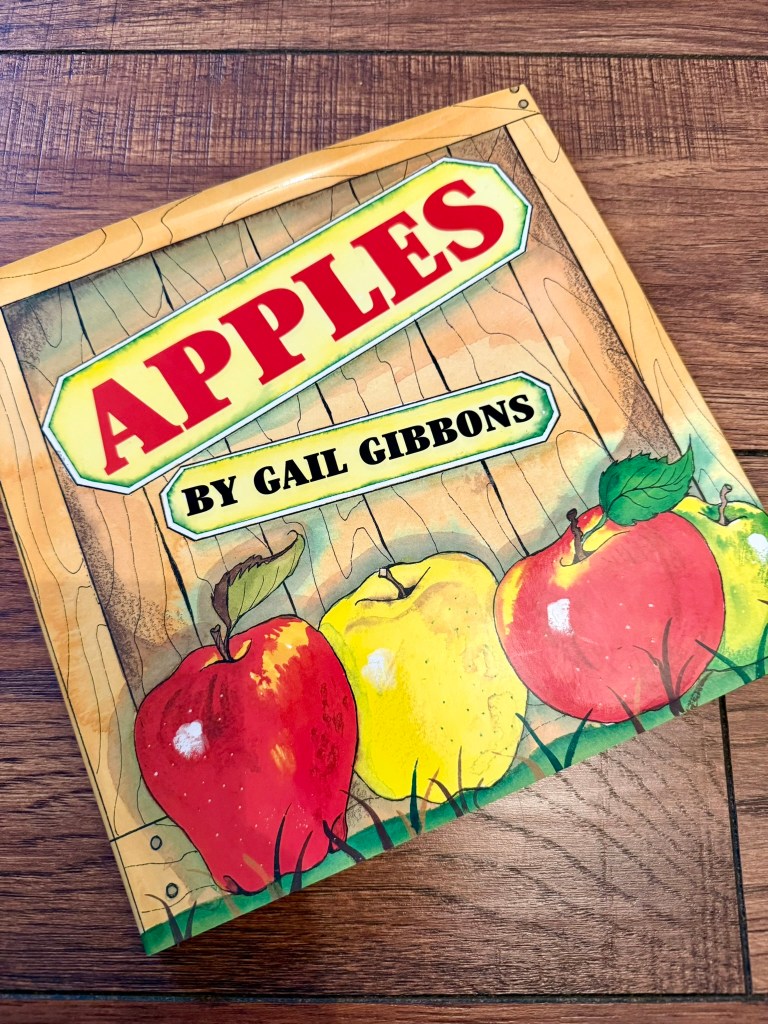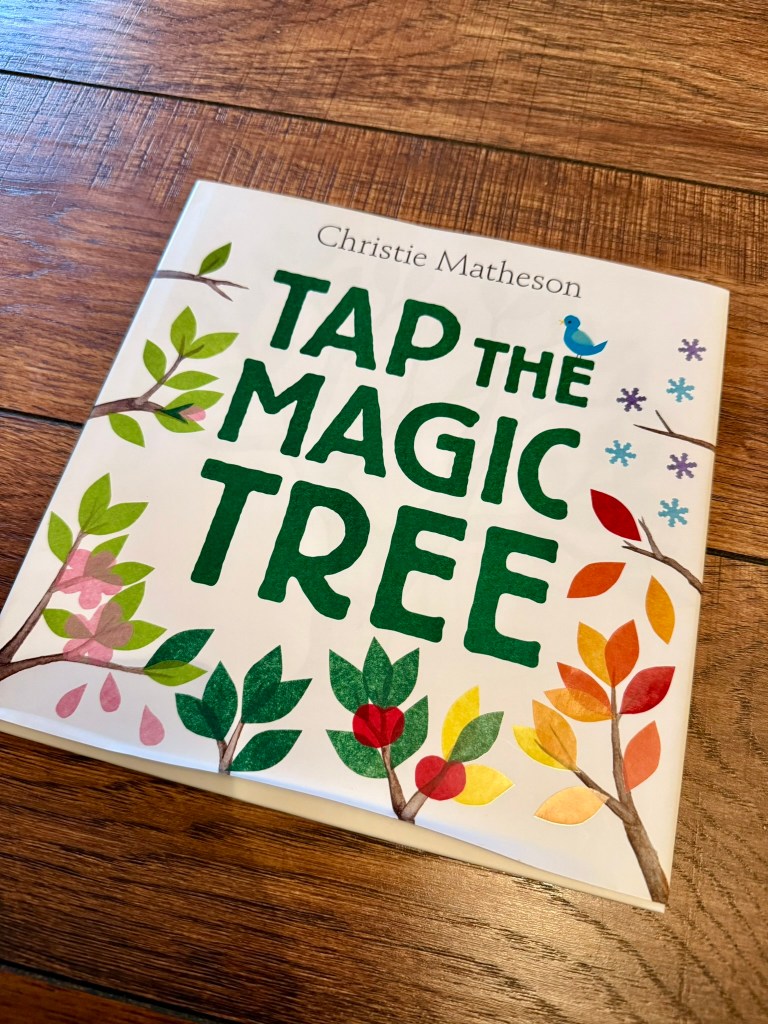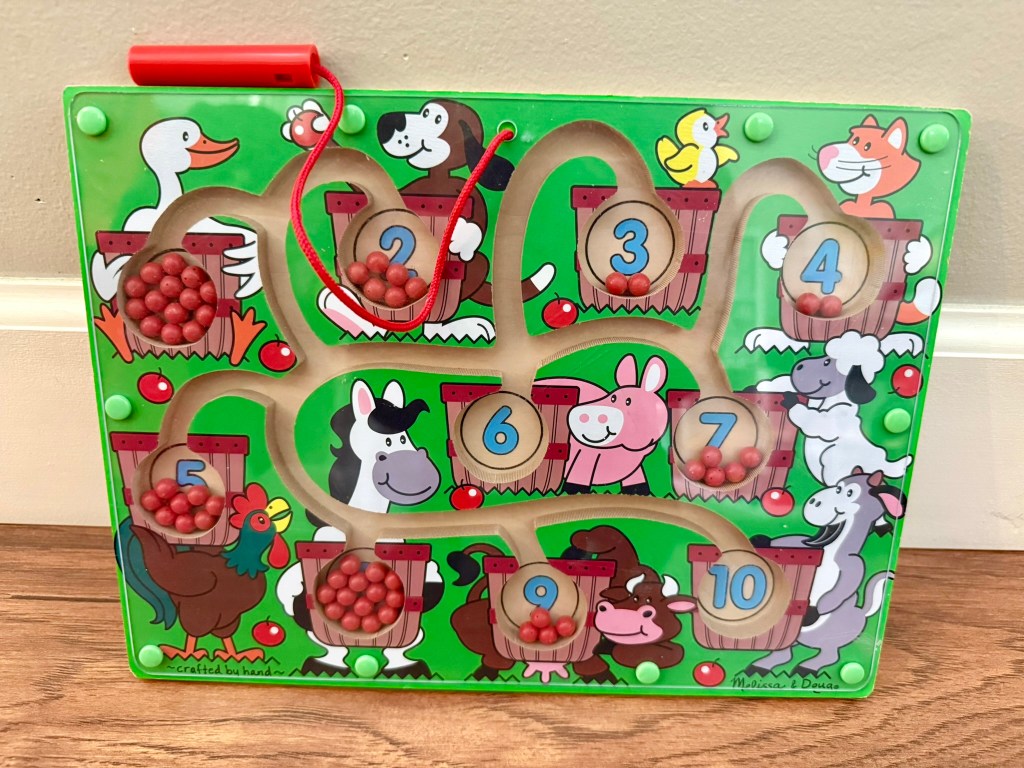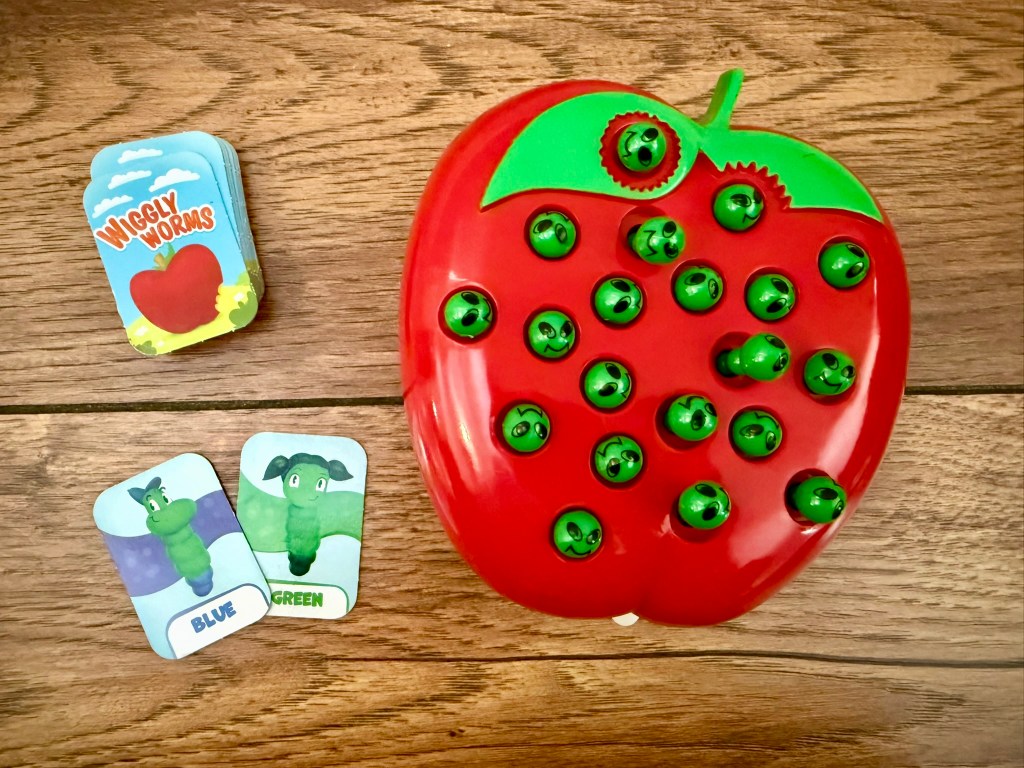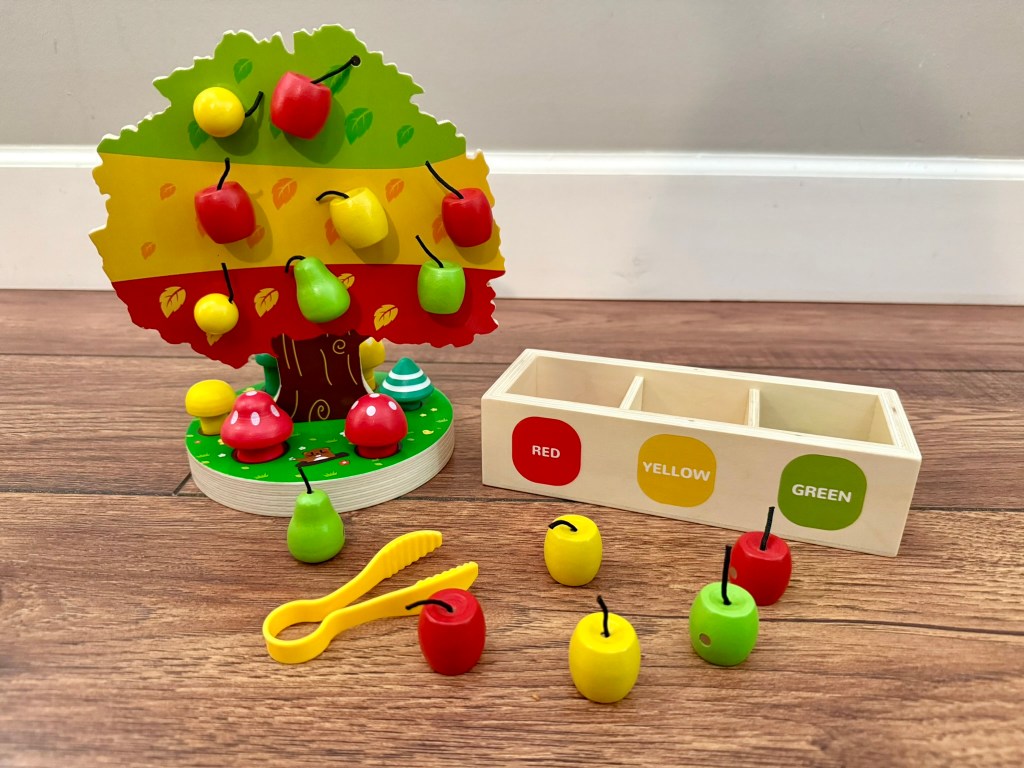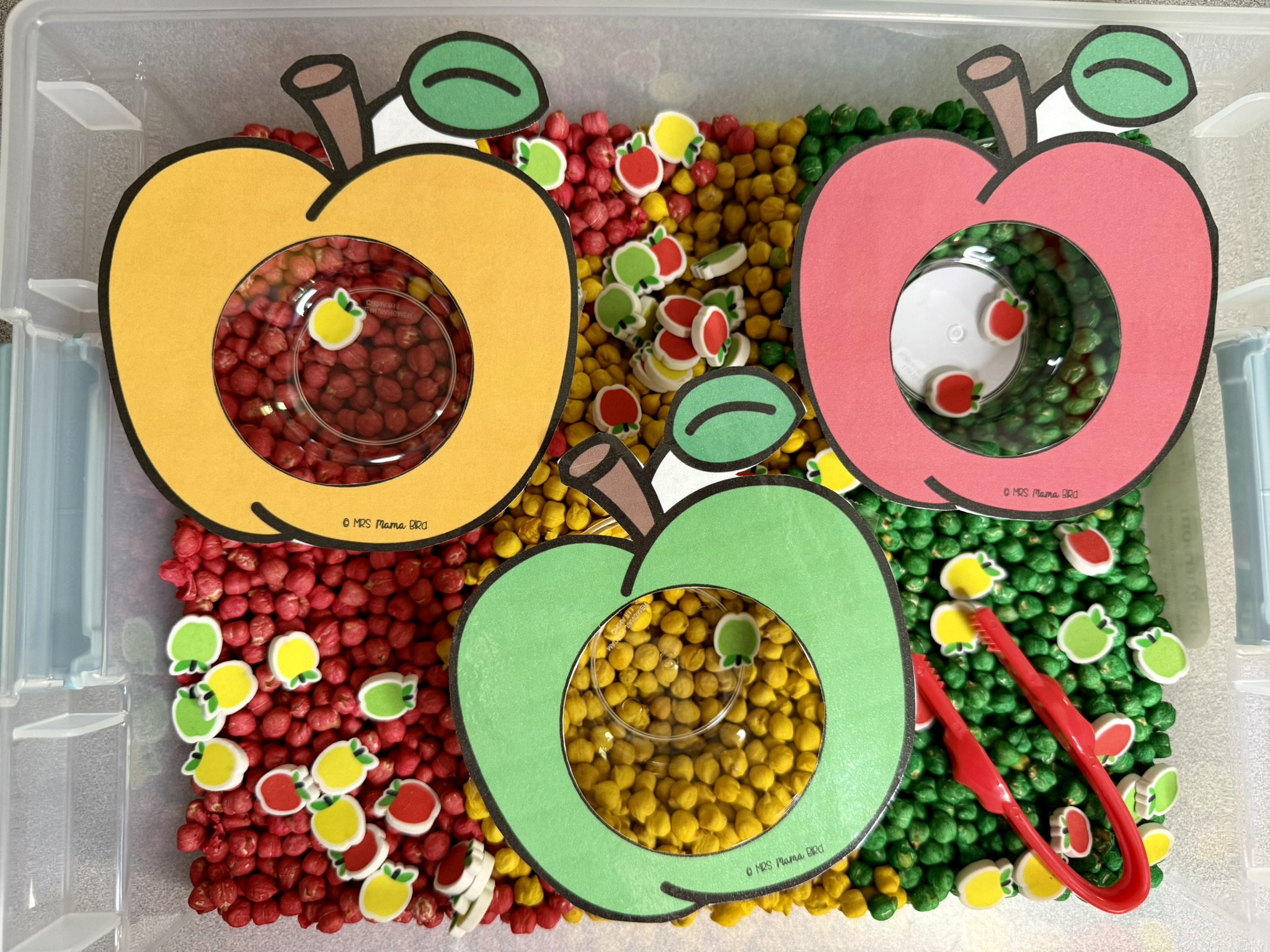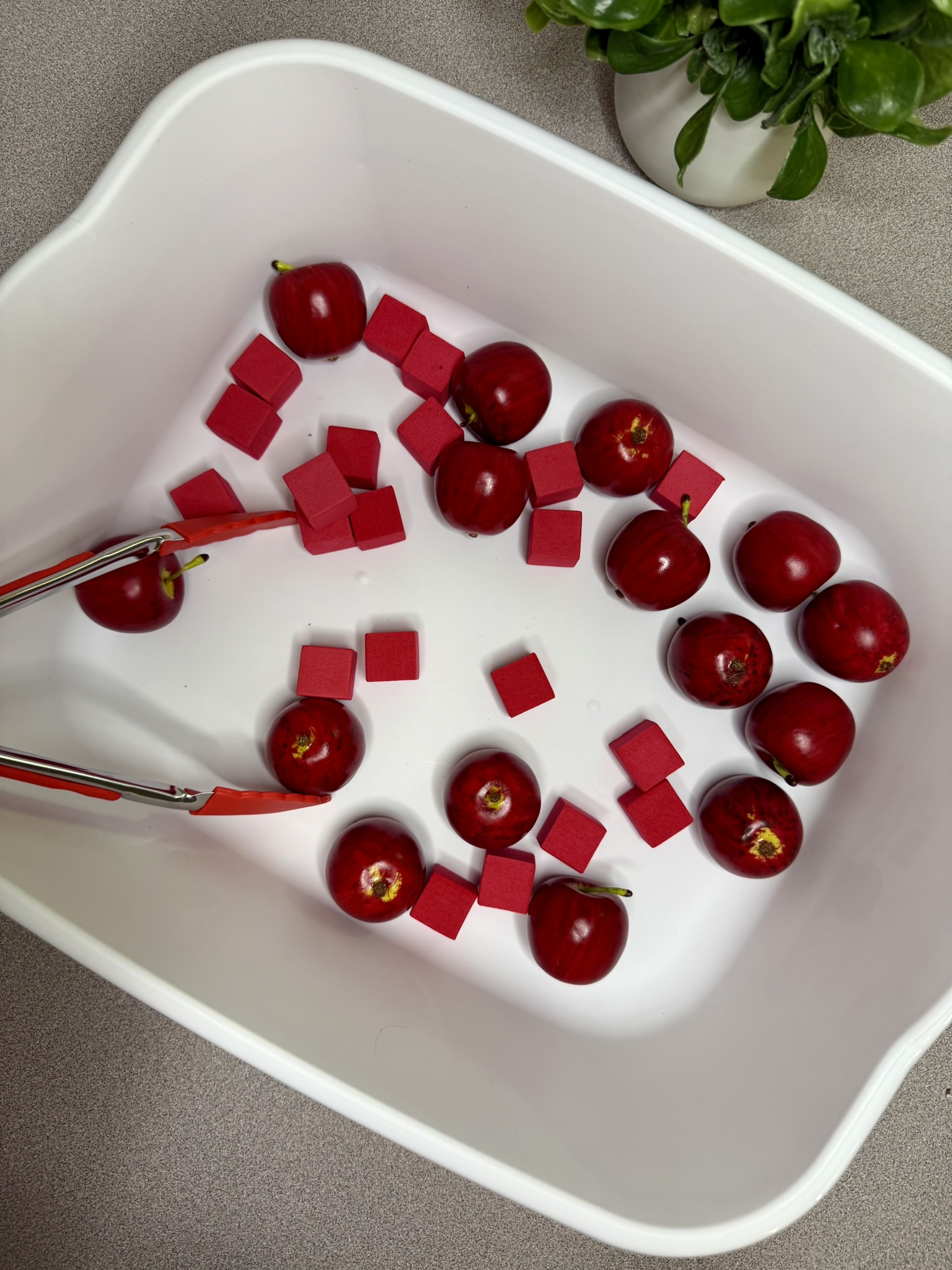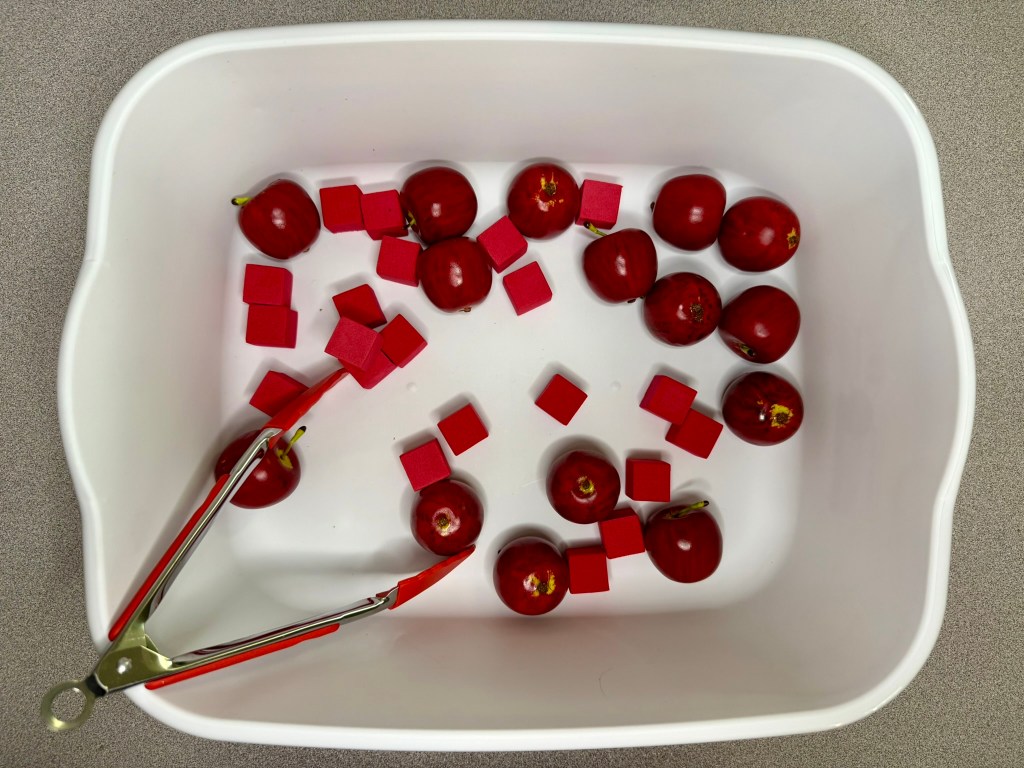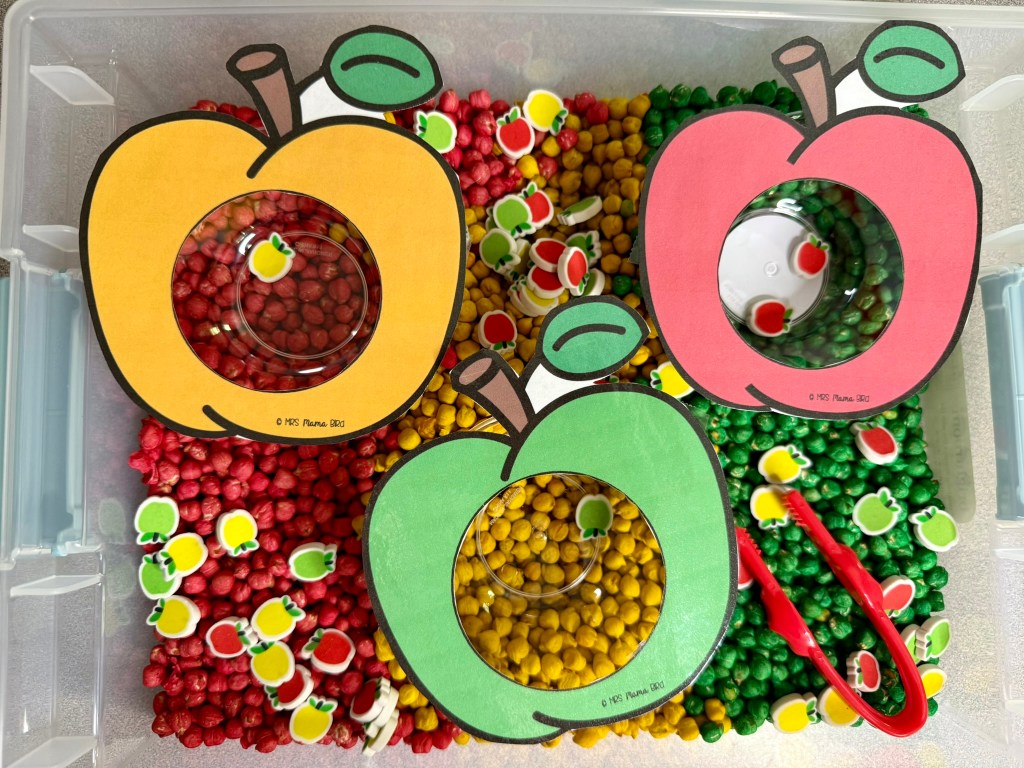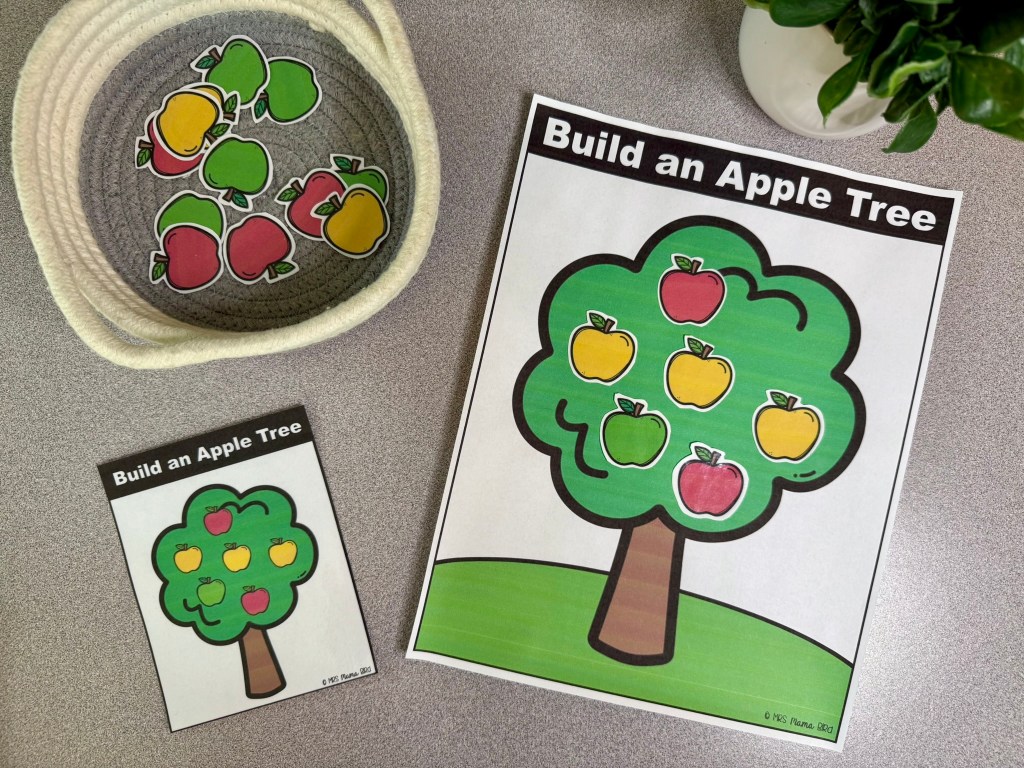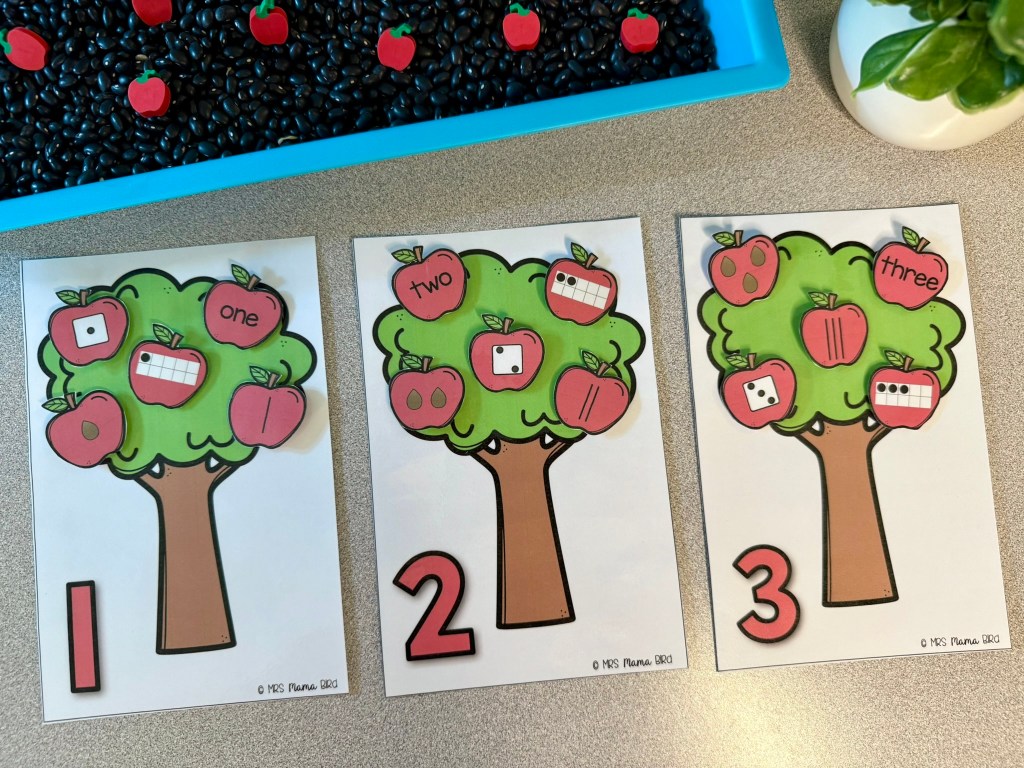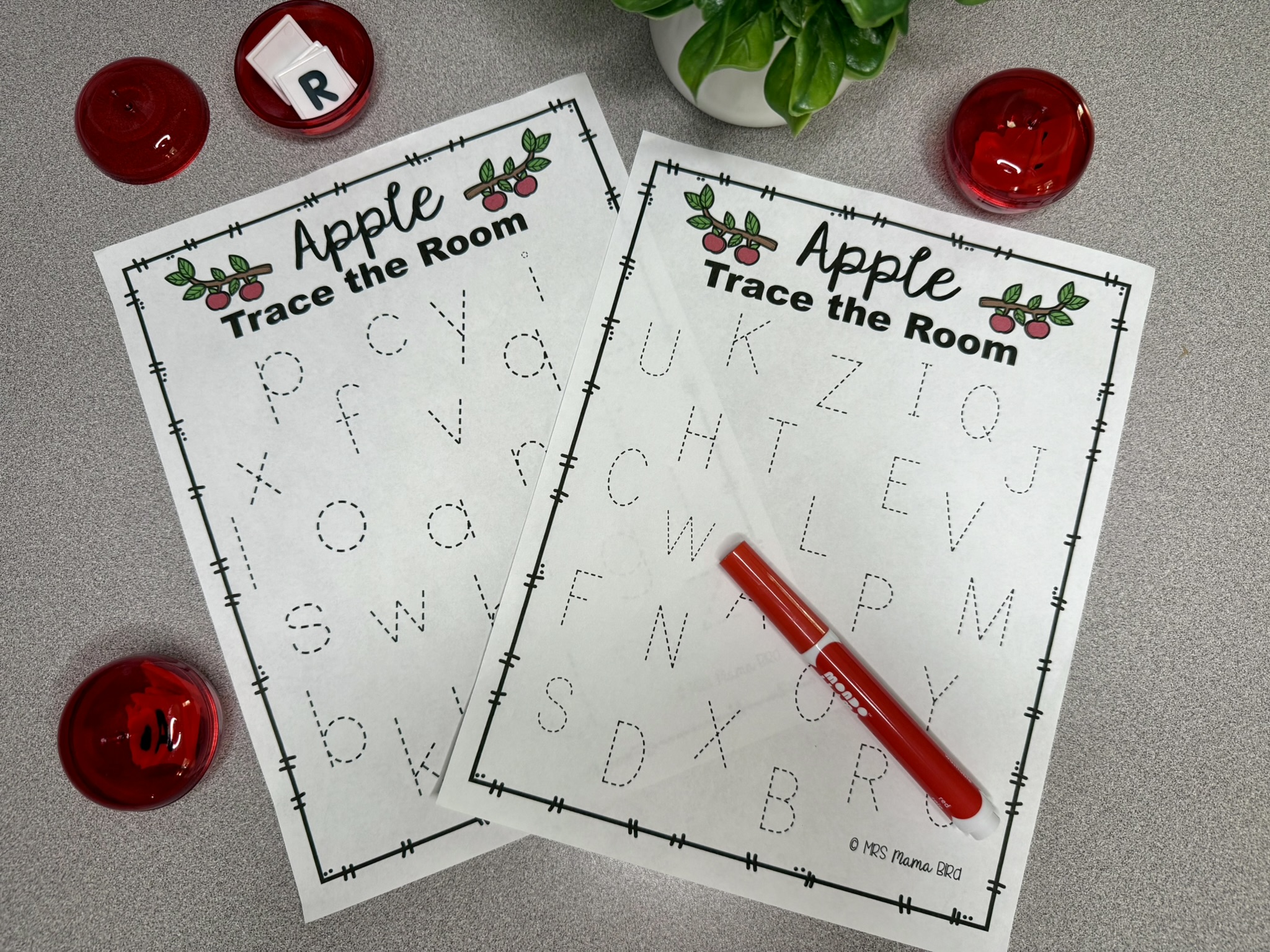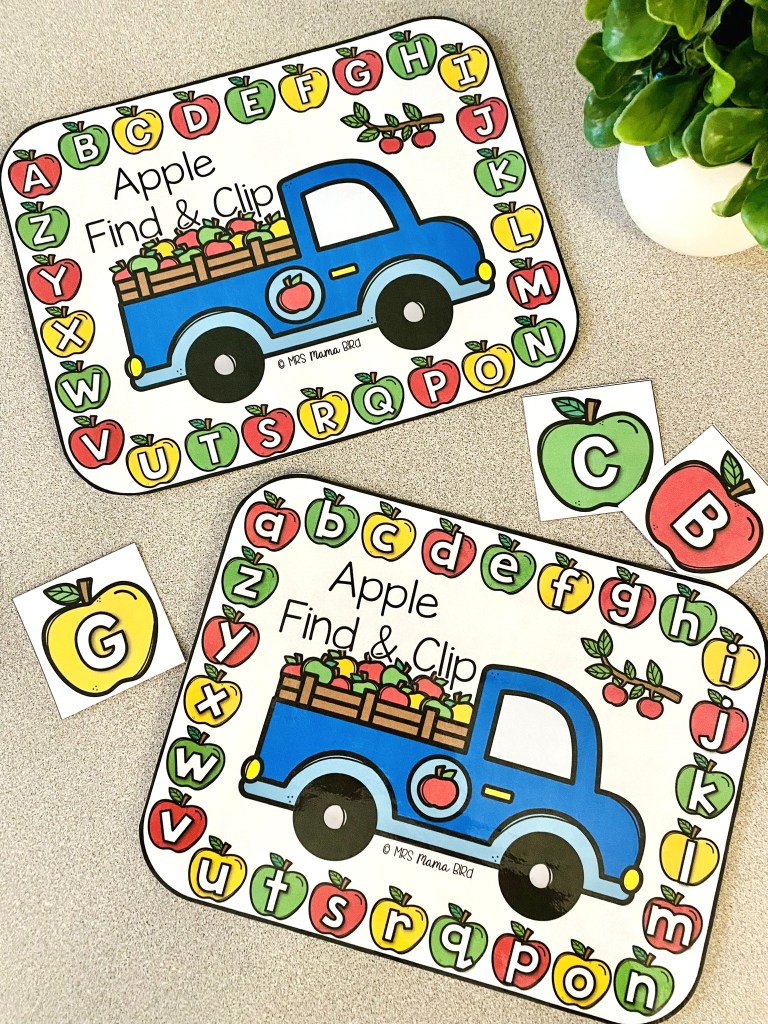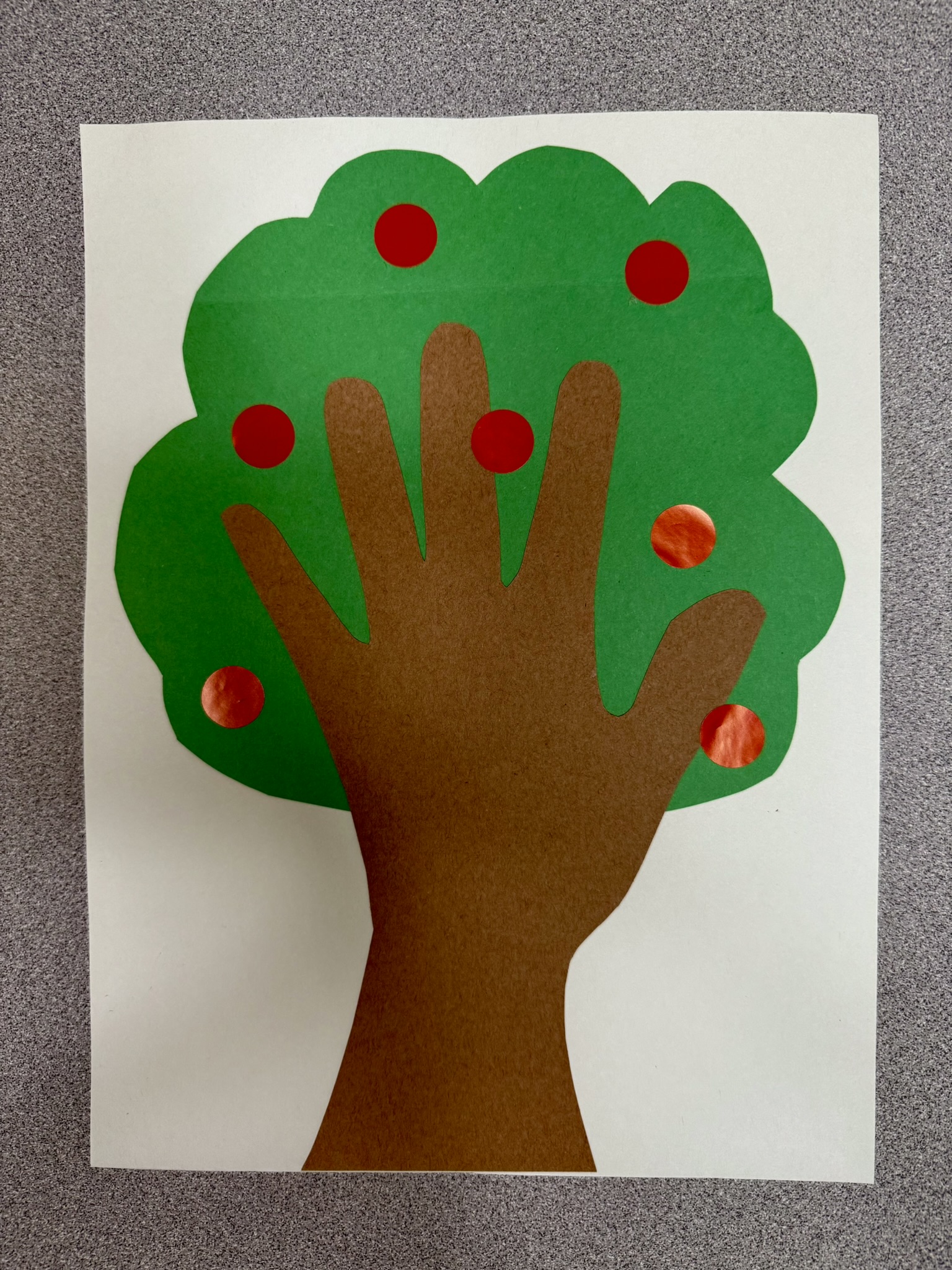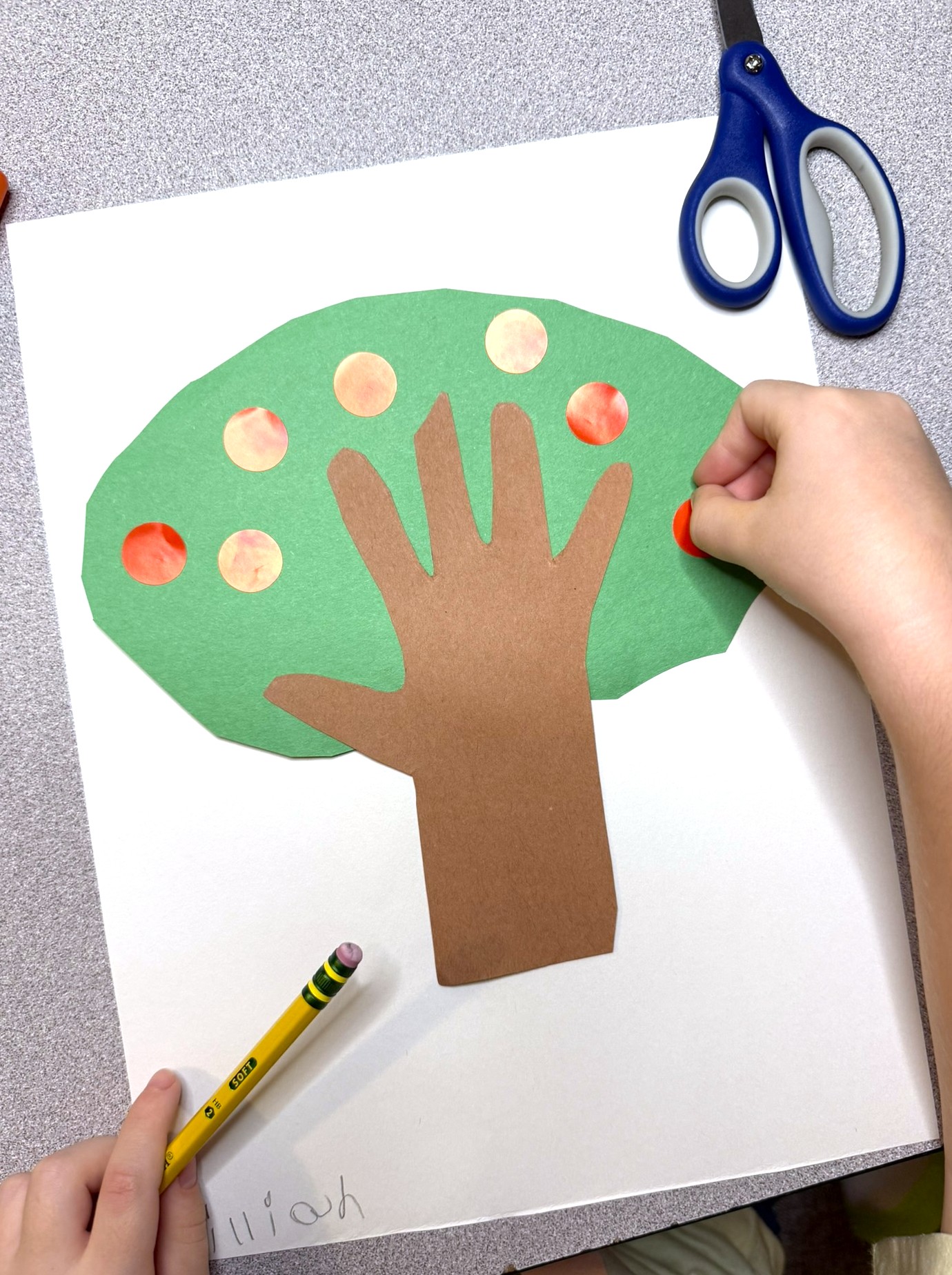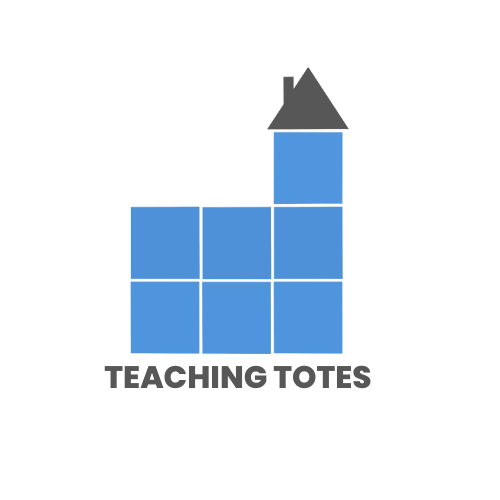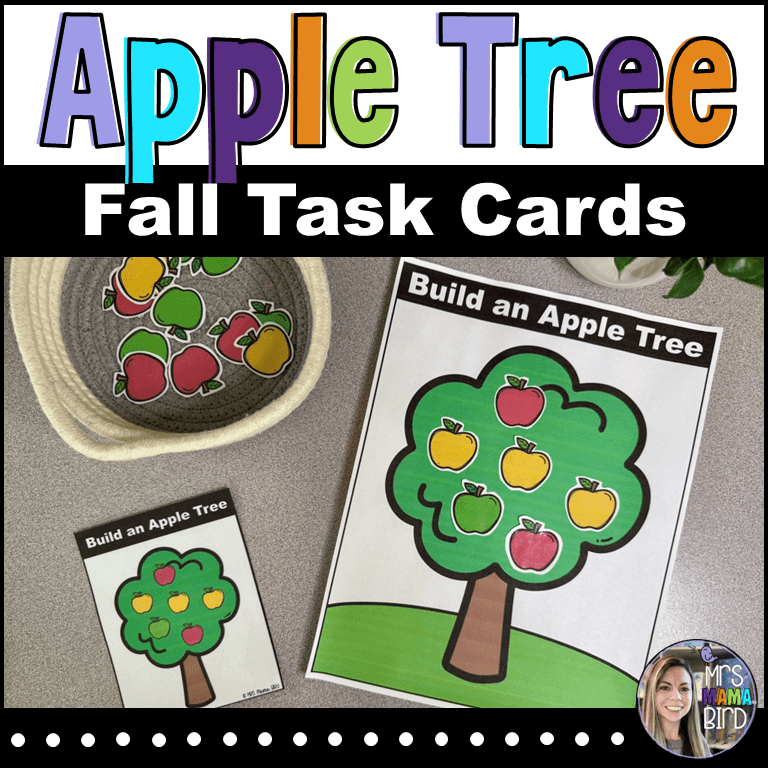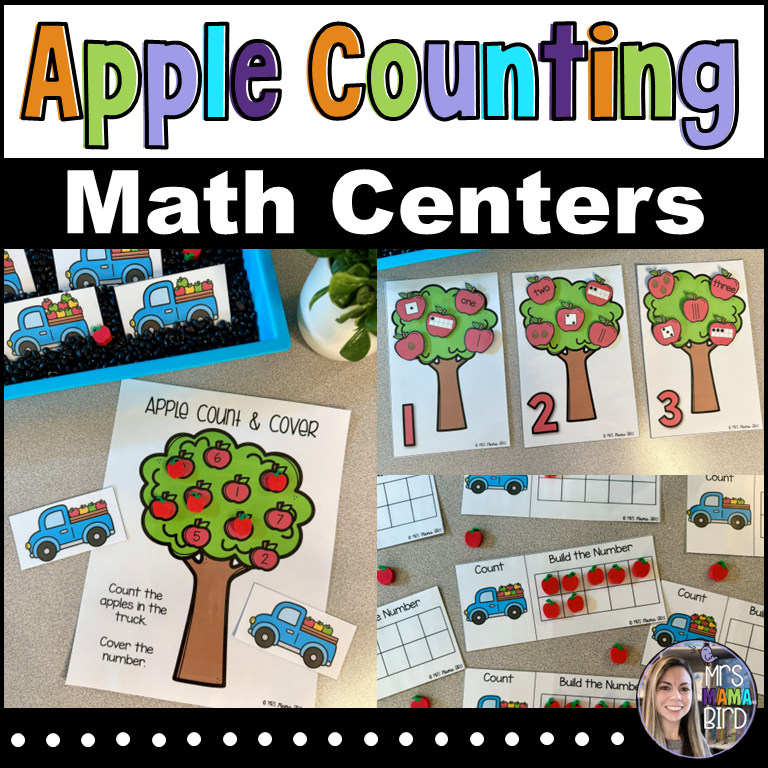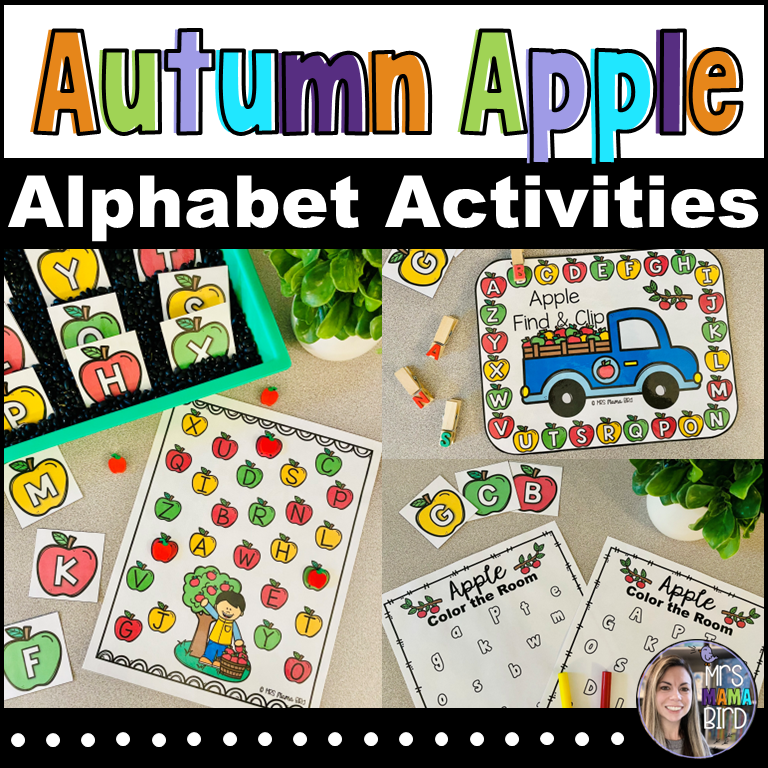
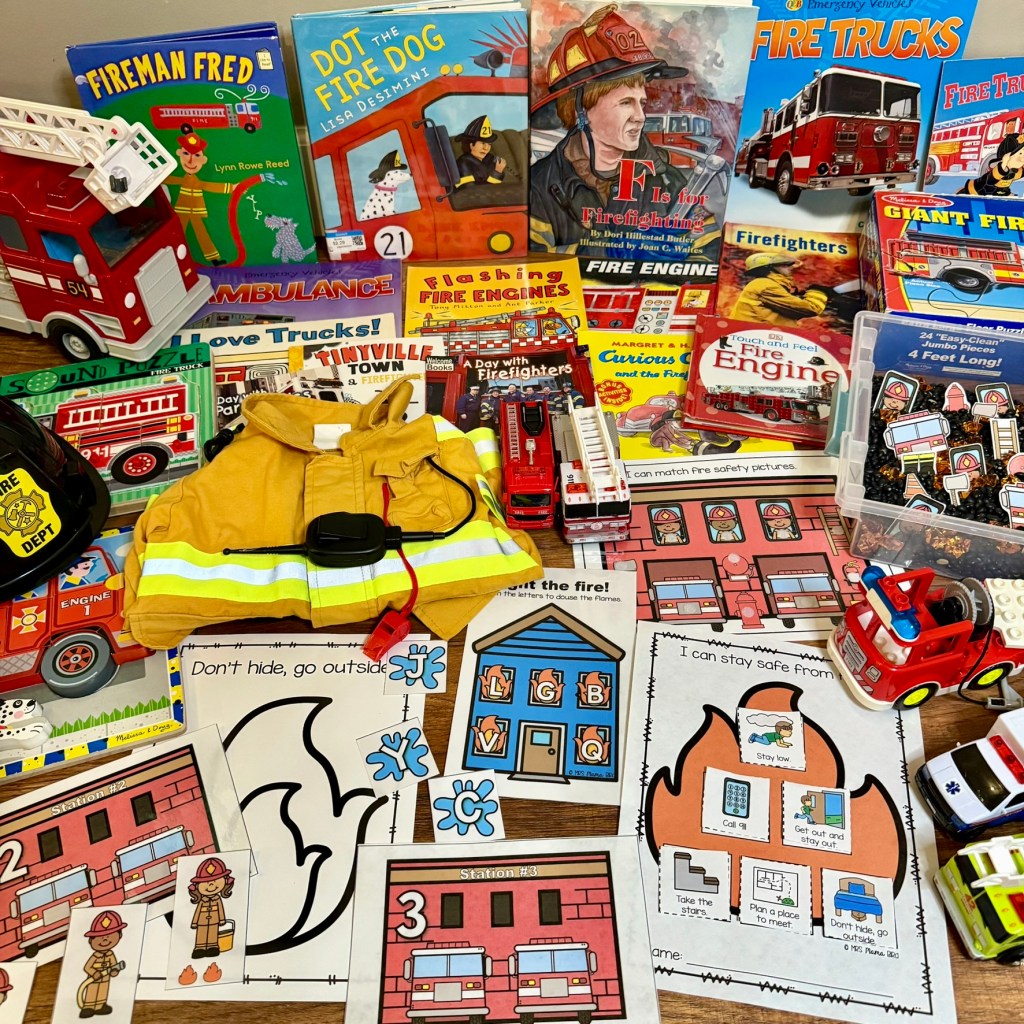
*This blog post contains affiliate links that can earn me commission at no additional cost to you. When you use the links to access the resources, you are supporting my small business, which is greatly appreciated!*
October is the perfect time to talk about Fire Safety with your preschoolers! I’ve curated a fun and hands on set of books and activities for Fire Safety Week to help your little ones learn about firefighters and their very important job. Of course, my favorite way to introduce a new theme is with books!
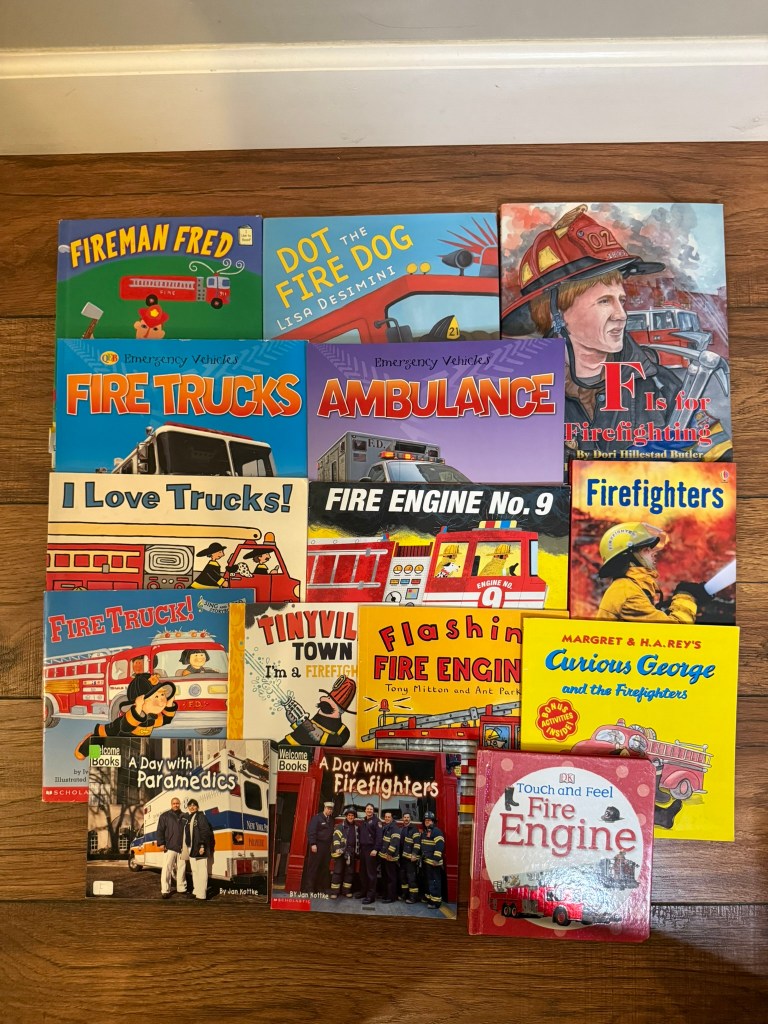
Out of all the fire safety books I included in this Teaching Tote, here are a few highlights from my favorites. If you’re interested in adding any of these books to your own fire safety collection, just click the photo for a link!
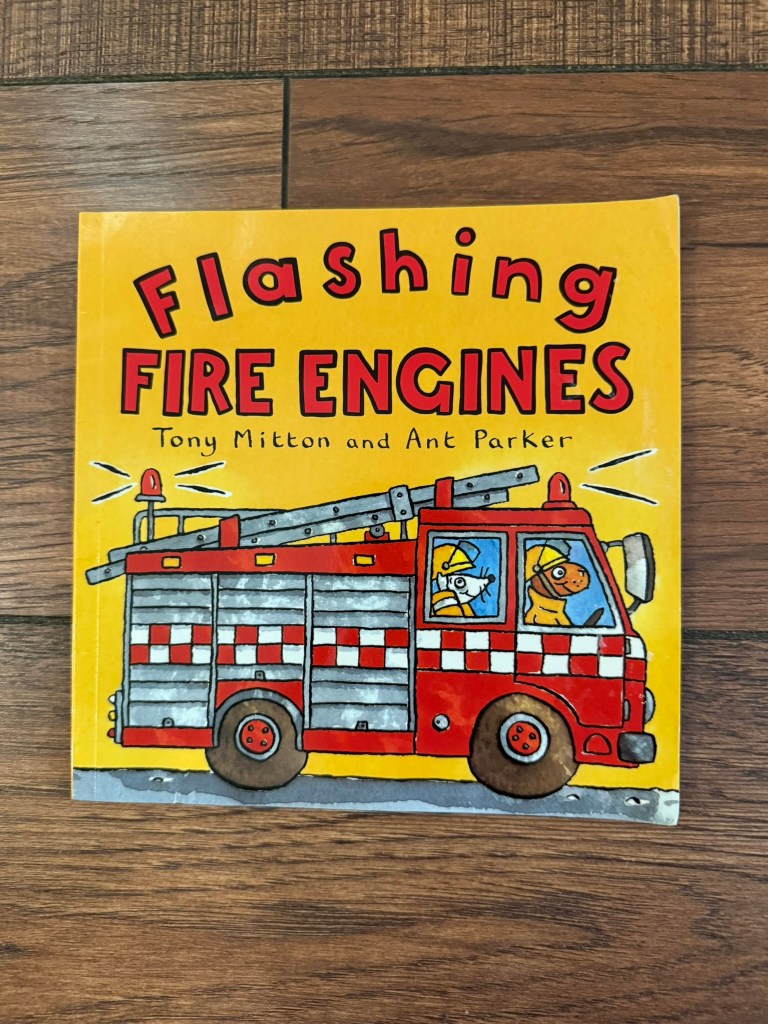
Flashing Fire Engines is one of my favorites from the Tony Mitton transportation series. The high energy illustrations paired with the playful prose are super engaging. Your preschoolers can see a day in the life of a firefighter and learn some important fire safety vocabulary as well. If you’d like to add this fun story to your library, just click the picture!
Fire Engine No. 9 is an absolute favorite in my house. The illustrations are action packed. This story depicts a group of fire firefighters responding to a fire at Luigi’s restaurant. The only words are sounds (alarm bells, sirens, etc.) or short demands from the crew like “Climb!” and “Pull!” In the end, the firefighters save the day! There’s even a page in the back that goes over fire safety tips at home.
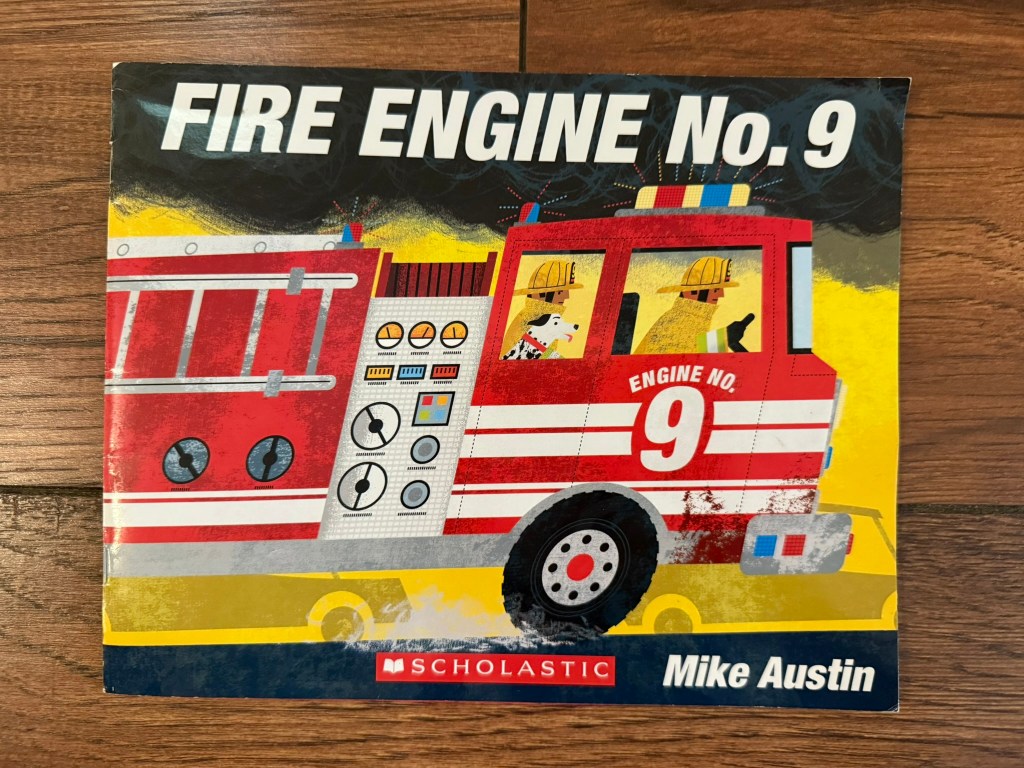
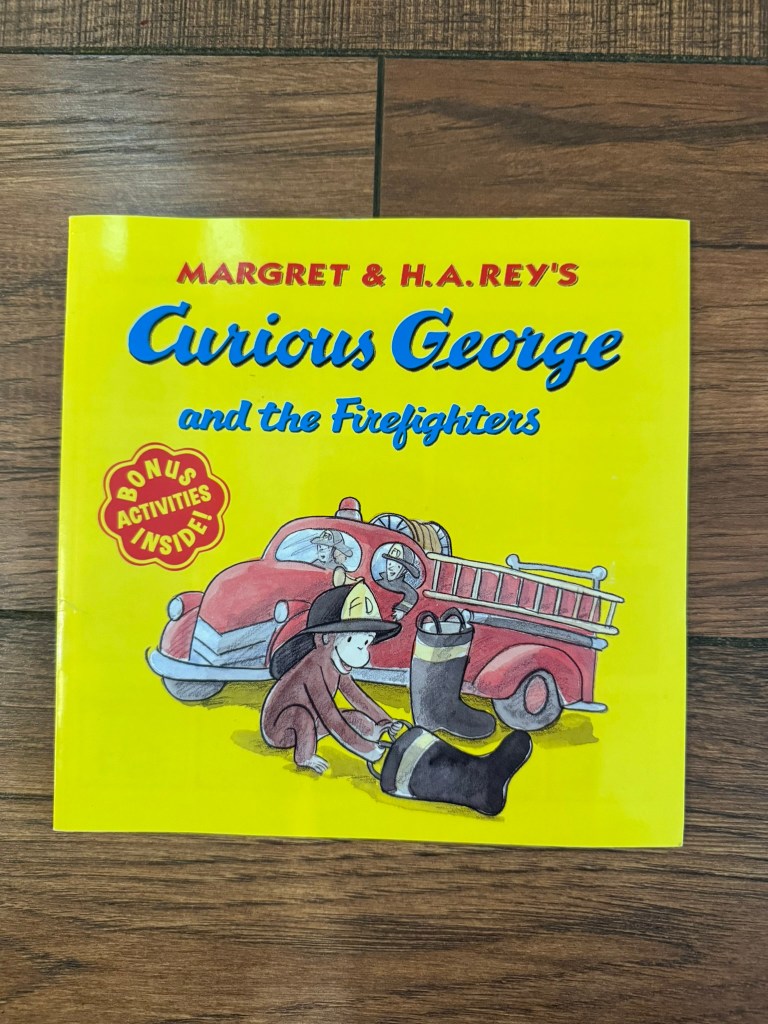
Curious George and the Firefighters features the mischievous monkey, George who just wants to help on a fire call. He finds a way to get involved on his own. Right when the Fire Chief is about to scold him for being a nuisance, we find out how much he really helped. A must have for fans of this beloved character!
F is for Firefighting is an exploration of firefighting through the alphabet. Each page illustrates an element of the job that starts with a certain letter of the alphabet. From Alarm to Hydrant to Jaws of Life to Pumper Truck to Zones, this book takes a deeper dive into the job of a firefighter and is perfect for your preschoolers and young children who have lots of curiosity about the career.
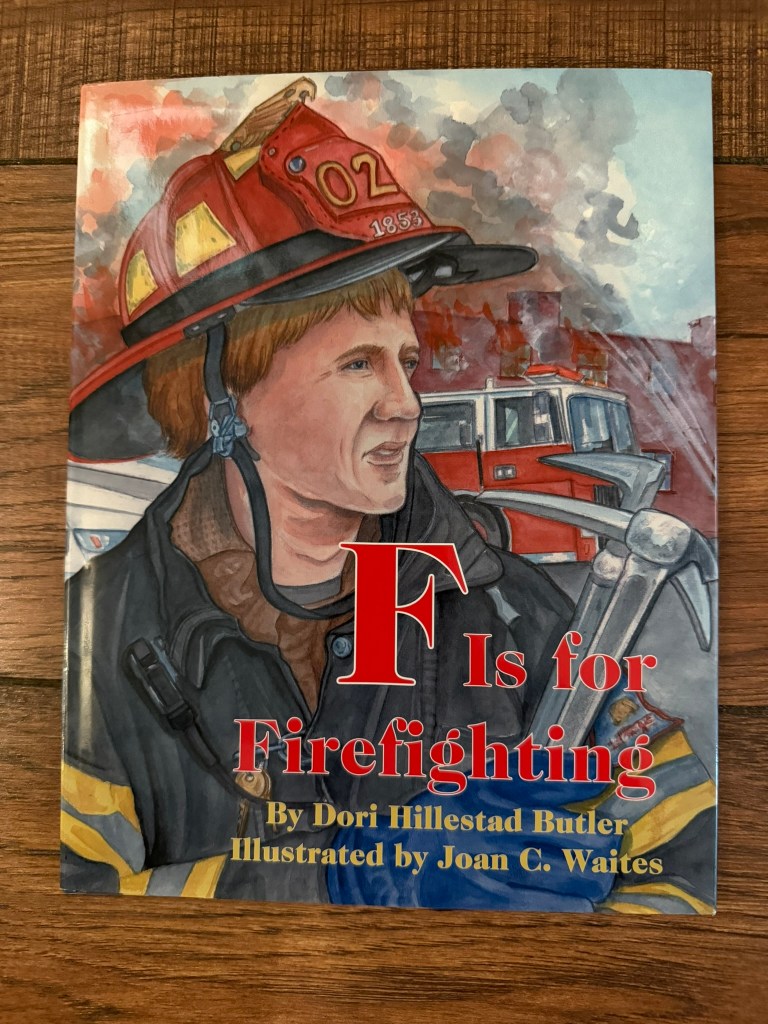
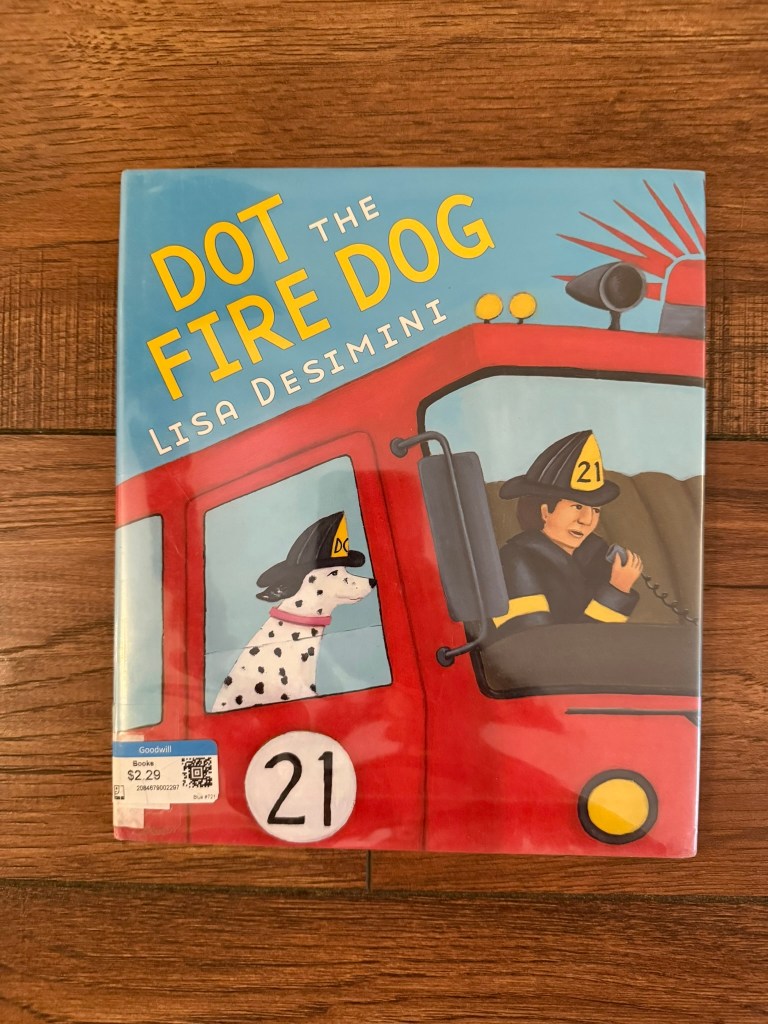
Dot the Fire Dog showcases a house fire call through the perspective of the fire dog. Dot has an important job to do when he spots someone else who needs saving! This book highlights the important contributions fire dogs can make in a simple, engaging story.
I Love Trucks! is perfect for your littlest learners. It showcases many interesting trucks, including a fire truck and ambulance. The colorful pictures with the bold black outlines are especially enticing for toddlers. This is the perfect book for any truck lover!
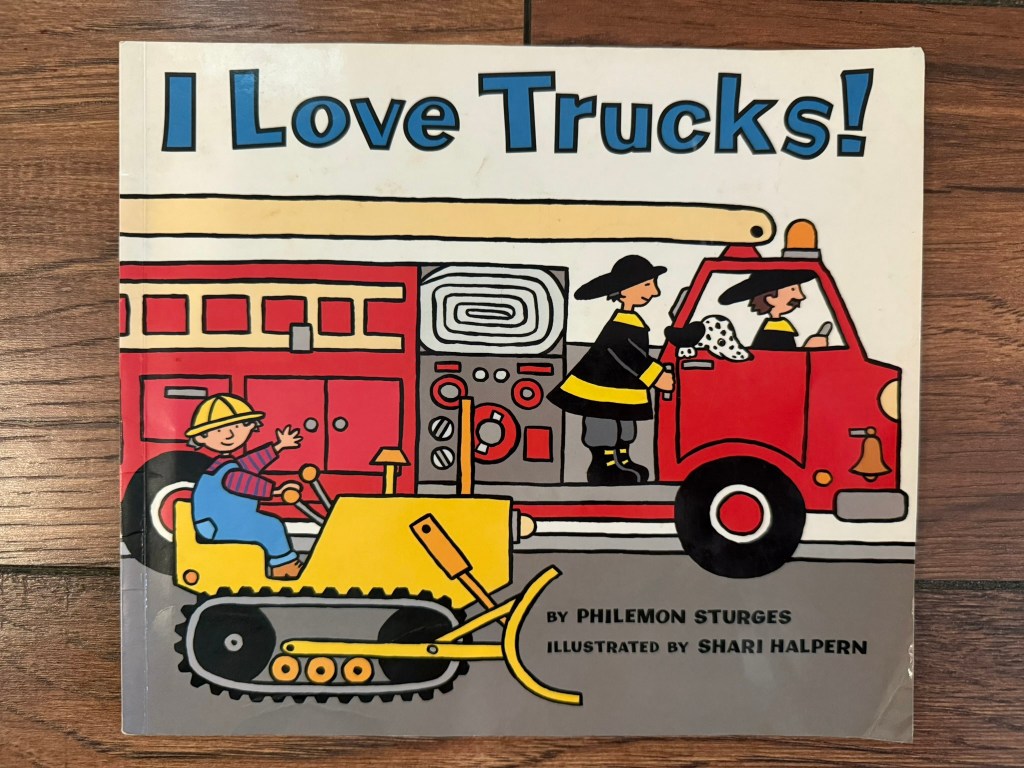
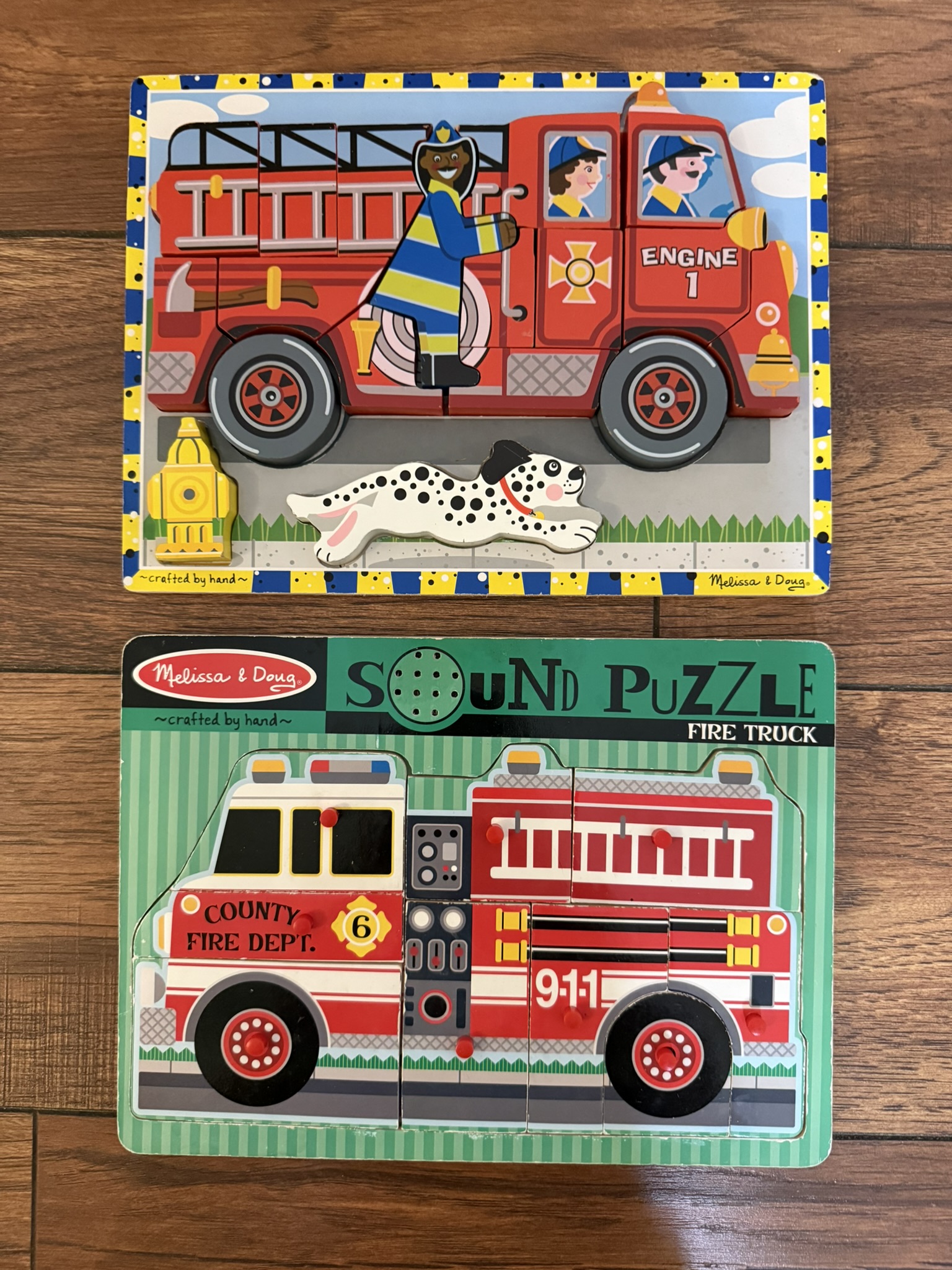
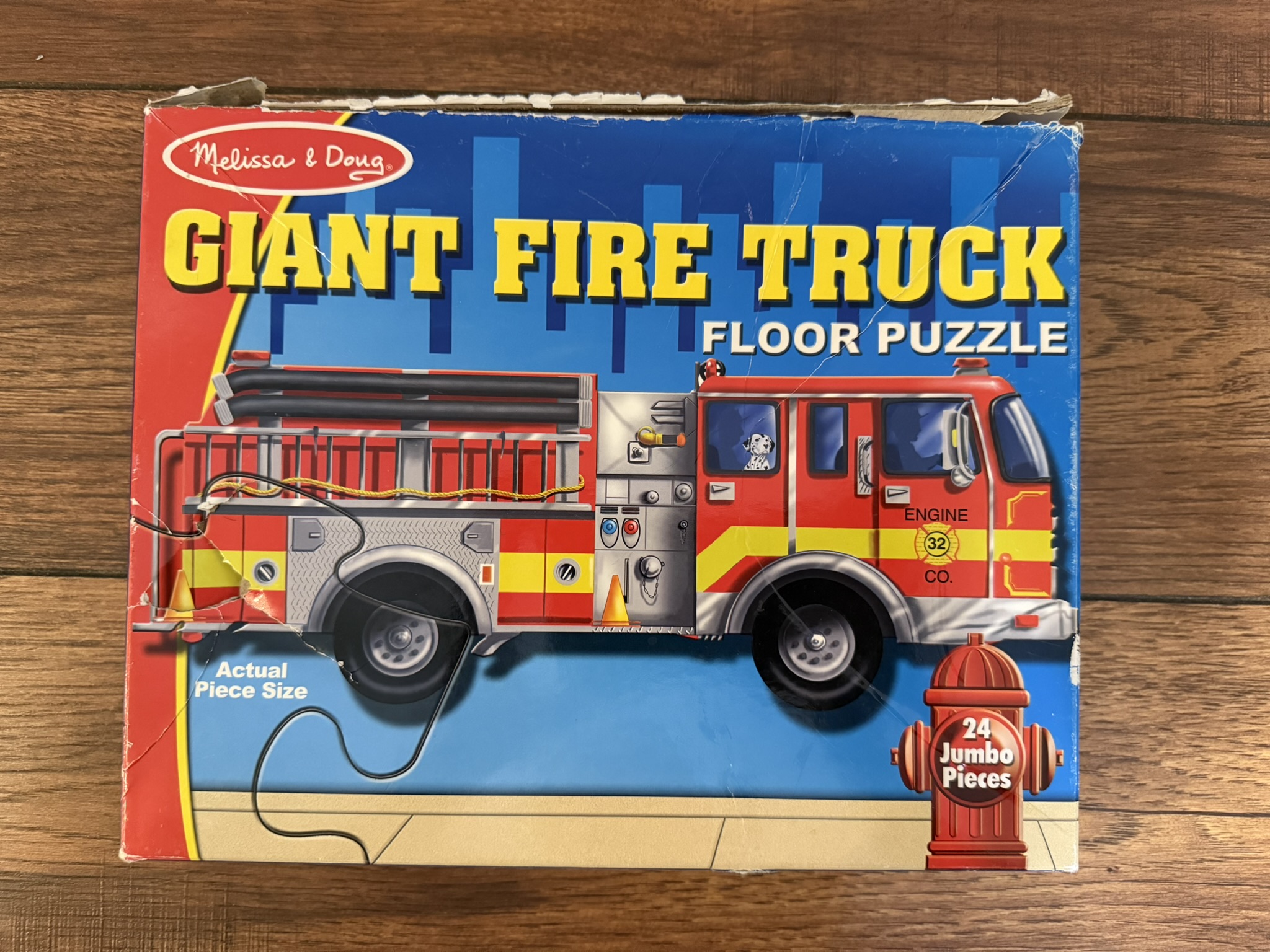
In the fire safety Teaching Tote I gathered three Melissa and Doug firetruck puzzles. I love this collection because even though they are all firetrucks, they each require a little bit different skills to complete. The Melissa & Doug Chunky Firetruck Puzzle is perfect for preschoolers who need larger pieces to grip. The Melissa & Doug Firetruck Sound Puzzle has smaller pegs to master those fine motor skills.
The Melissa & Doug Giant Floor Puzzle is a fun puzzle for those preschoolers who are ready for jigsaw puzzles with more pieces (24 to be exact) but still need big pieces to put together the puzzle. Being able to stretch out on the floor and help each other piece together the big firetruck also gives preschoolers an opportunity to work together towards a common goal and problem solve together.
If you’re interested in adding the Giant Firetruck Floor Puzzle to your playroom, click the completed puzzle picture below.
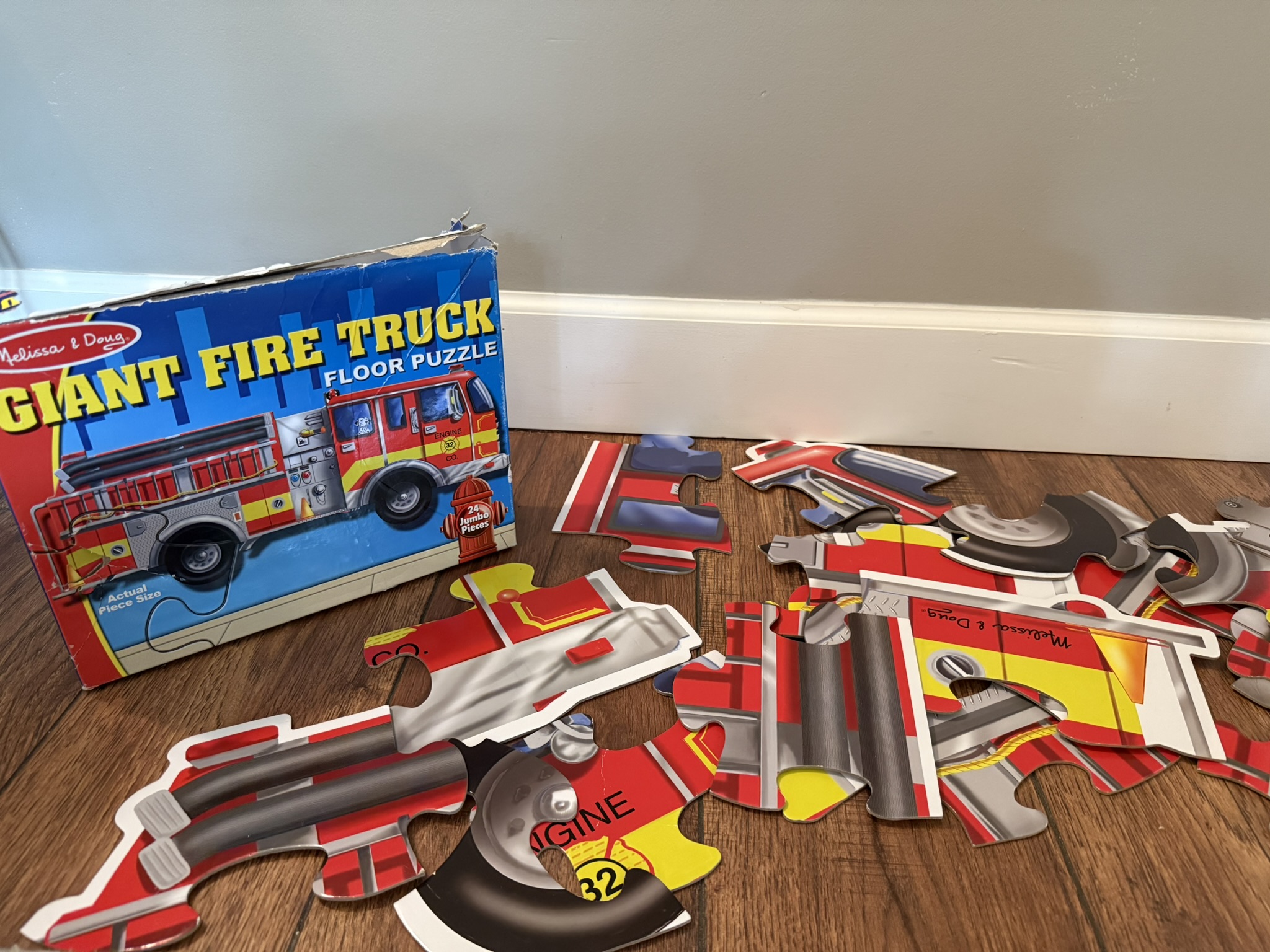
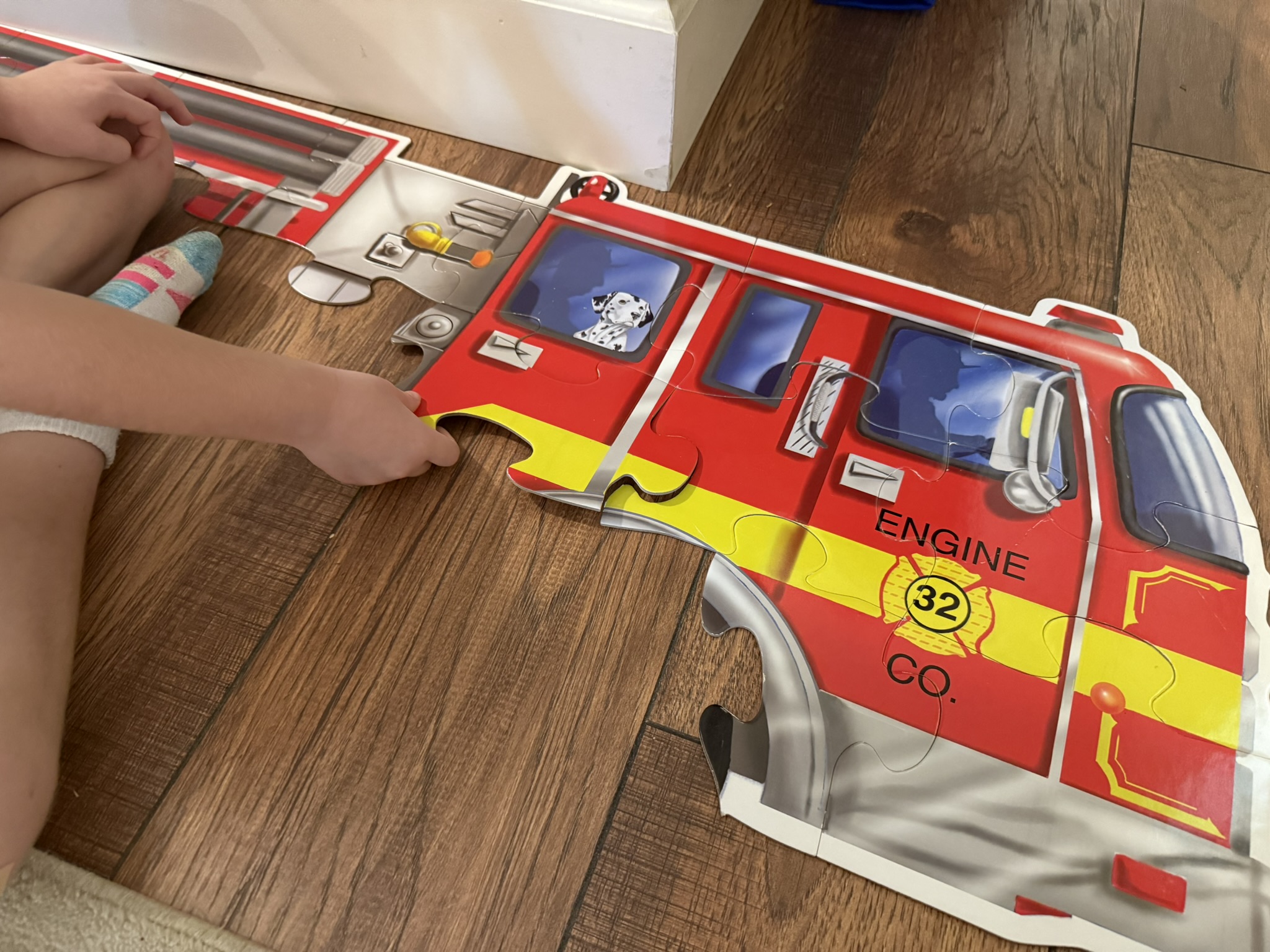
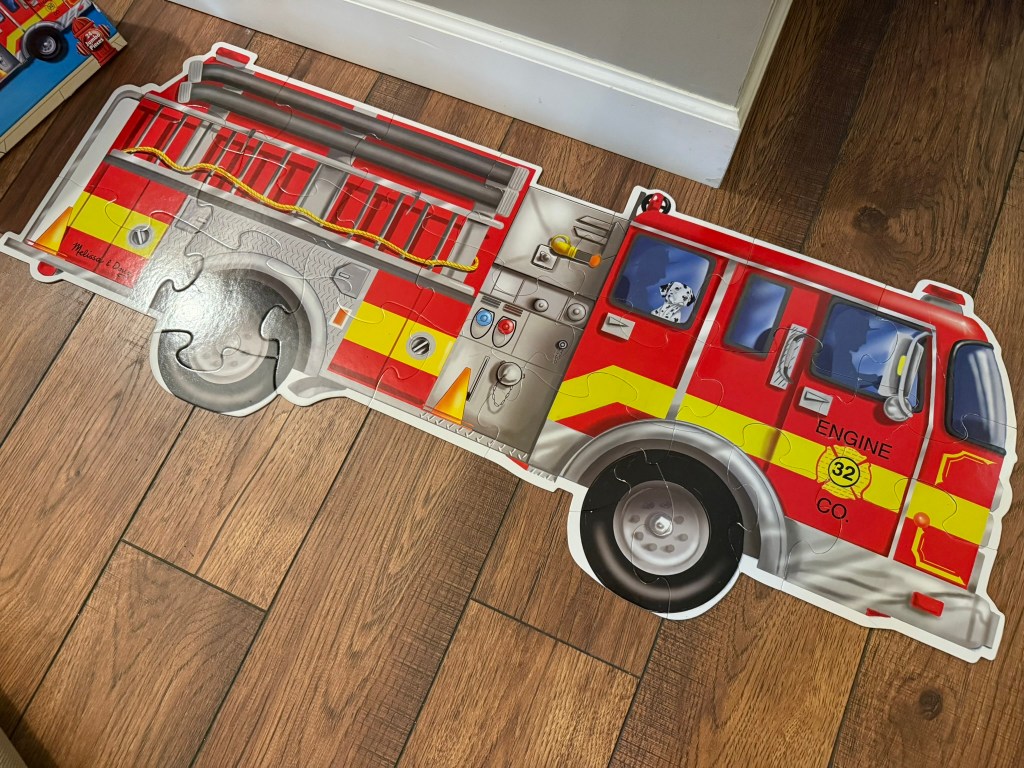
One thing Teaching Totes can help with is rotating toys! A toy rotation can be an overwhelming thing to accomplish, especially when you have to figure out a way to store all the toys that are not currently in rotation. This Fire Safety Teaching Tote includes several emergency vehicles and firefighter toys to give your preschoolers a novel set of things to play with in order to spark curiosity about fire safety and firefighting.
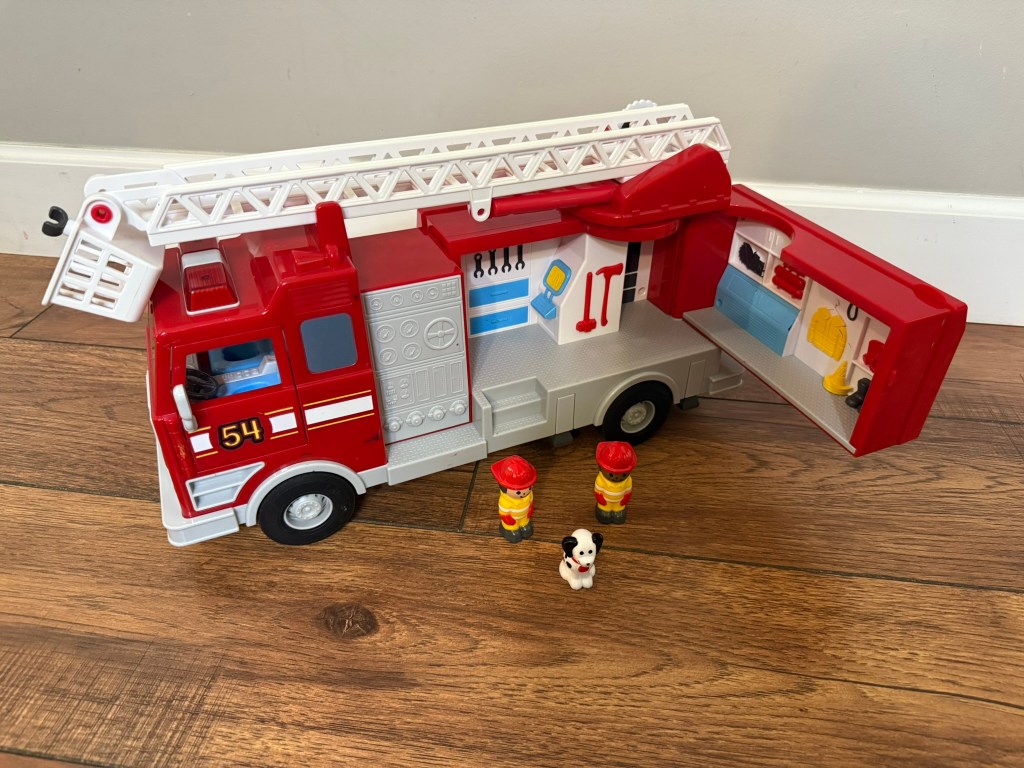
One of my favorite playsets is this firetruck by Lakeshore Learning. It is a heavy duty firetruck with a retractable ladder, opening compartment, 2 firefighter figures and a fire dog. My 5 year old absolutely loves playsets with little figures that can sit inside or on top off things. This is a fun way to spark imagination with it comes to fire safety!
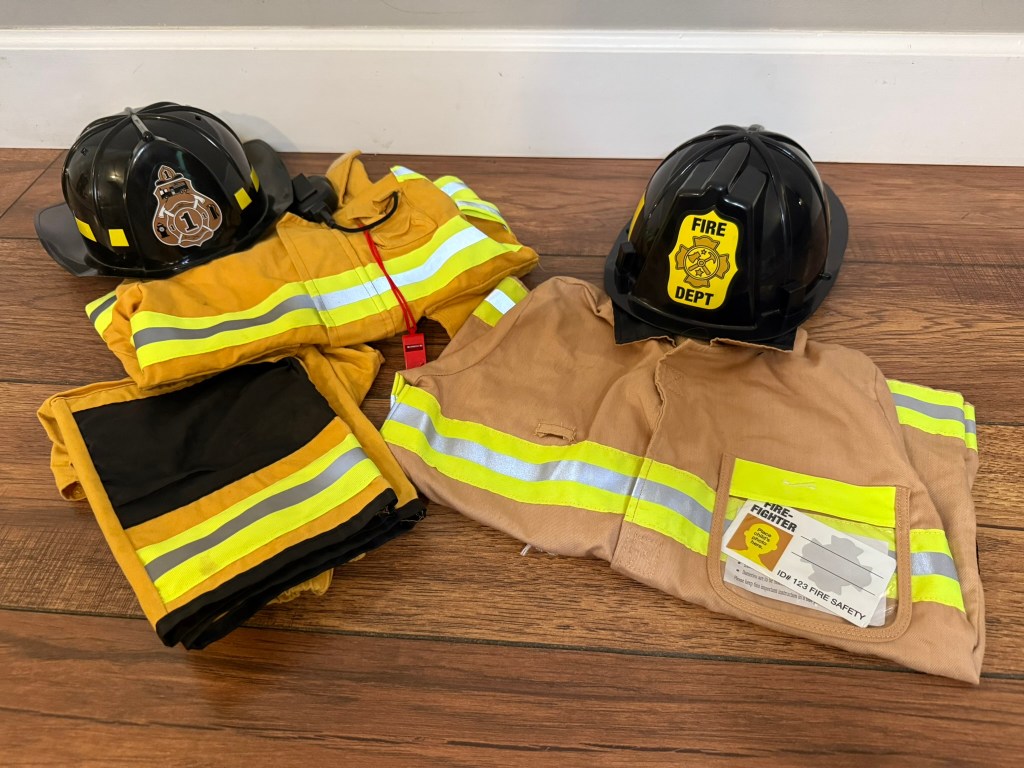
Dress up is the ultimate way to let your preschoolers immerse themselves in a world of imagination. This Fire Safety Teaching Tote includes two firefighter coats, 1 pair of fire pants, and two helmets. One of these sets was purchased from Costco years ago, so if it is Halloween season as you are reading this, you might have some luck finding your own there! The other set is from Melissa & Doug, however they’ve since changed the color of the jackets. If you’d like to add the current version of this costume to your playroom, click on the picture for the link.
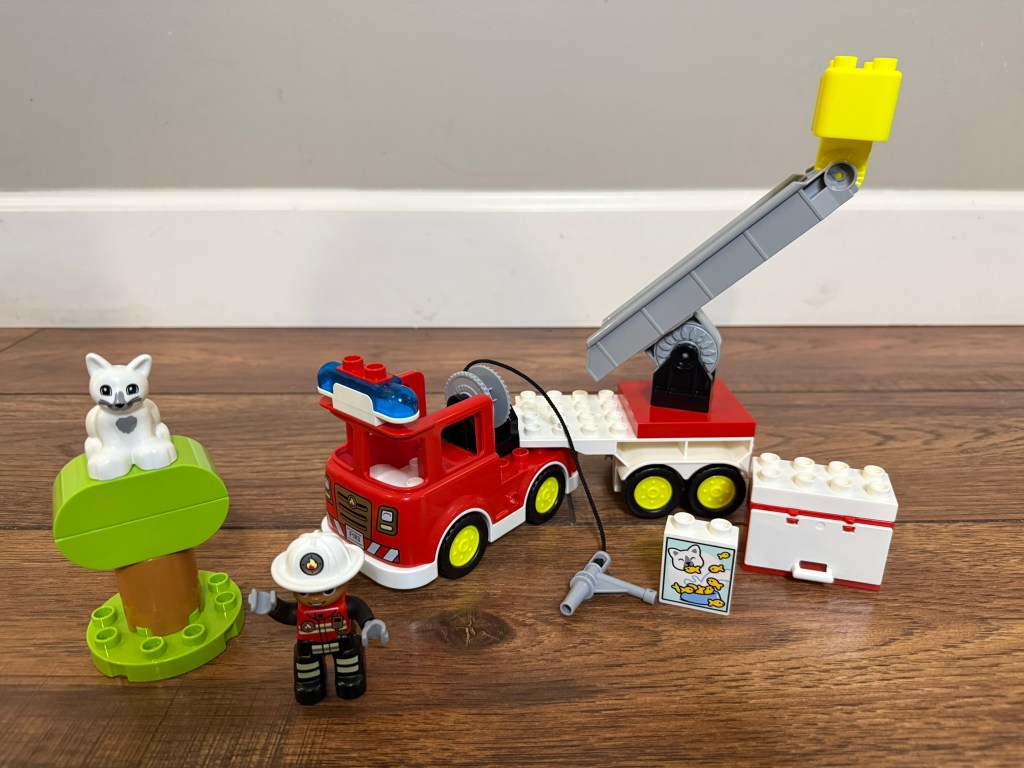
Another toy that I’ve included in the Fire Safety Teaching Tote is this fun Lego Duplo Town Fire Truck Set. Preschoolers love the versatility of building and rebuilding the pieces. And every toy firefighter needs their chance to rescue a kitten from a tree! My 5 year old, even though she’s on the upper end of the recommended age, still loves it when I pull this one out. Click the picture if you’d like to add this set to your playroom.
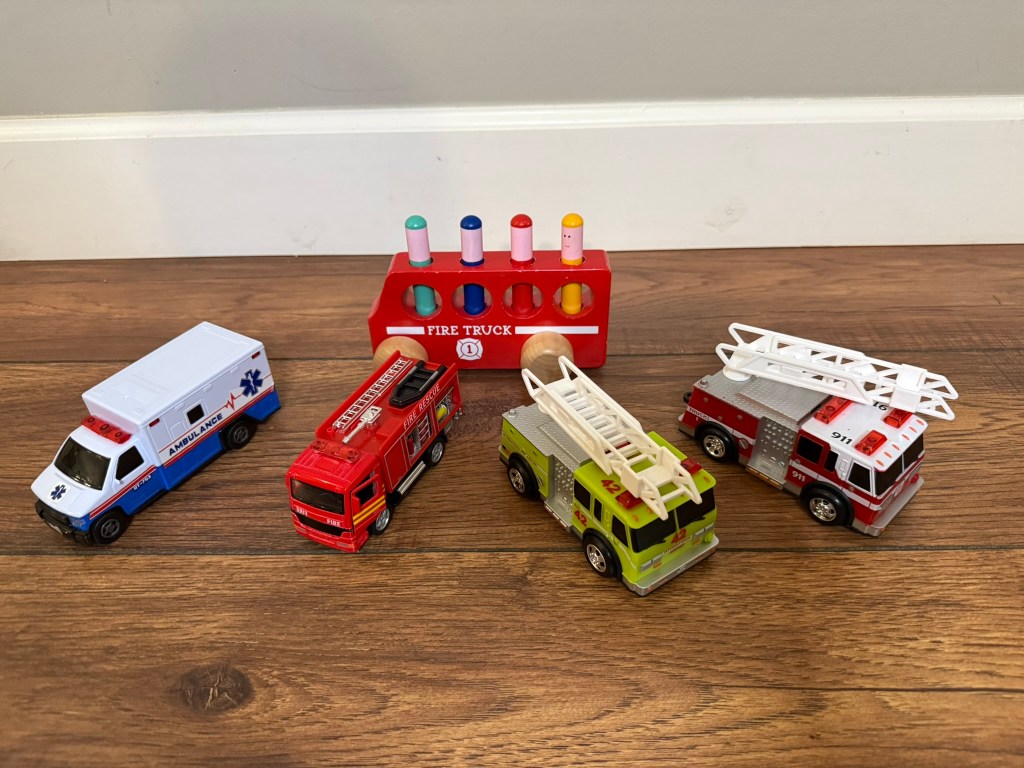
Emergency vehicles!! No Fire Safety Teaching Tote or toy rotation would be complete without all the vehicles! These little firetrucks and ambulances are perfect for anyone who loves toys with wheels. You can also use these to introduce your child to the elements of an emergency vehicle (siren, ladder, pump panel, etc.). I am super thrifty so I gathered these over time from yard sales and consignment sales. But for those of you who are short on time, I will include a link to a similar set on Amazon that reviews very well. Click the picture to see!
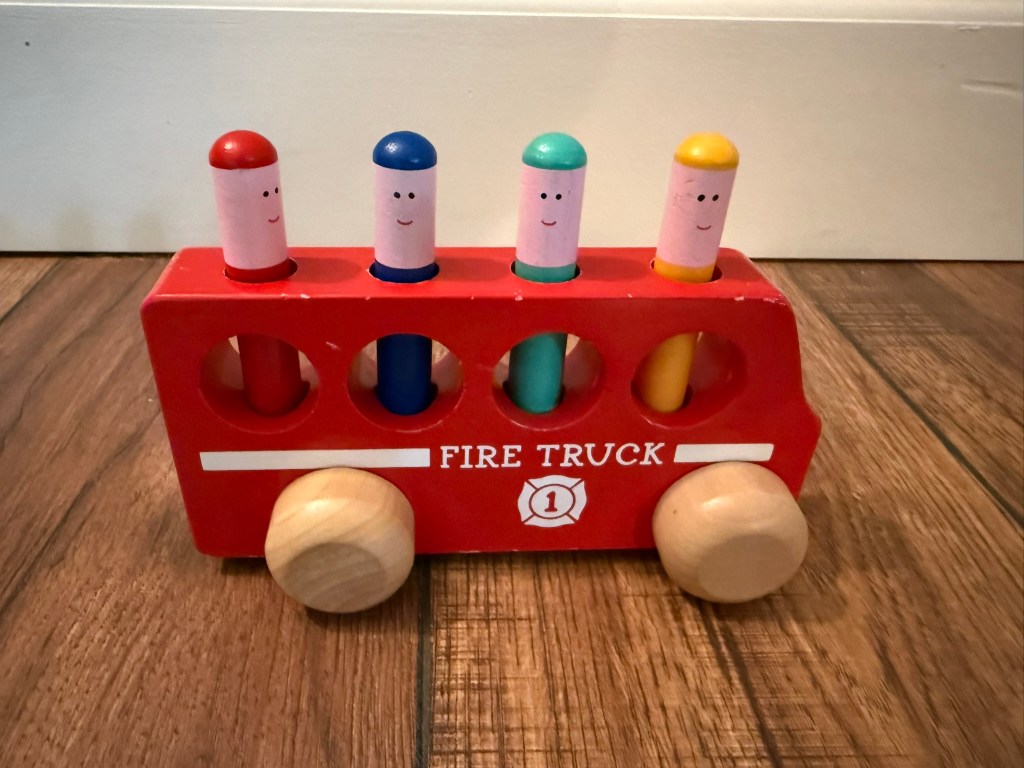
I do want to take a moment to highlight this wooden Pop Up Firetruck. This toy was a gift from my sister in law, who is a Montessori teacher and always introduces me to the best toys. Each little firefighter peg has a spring underneath so that when your child pushes down, it will spring up and pop out. My littles LOVE this toy and find it incredibly entertaining. It is designed for toddles, but I included it in this preschool tote because my kids honestly still love to fiddle with it. Click the picture for more details!
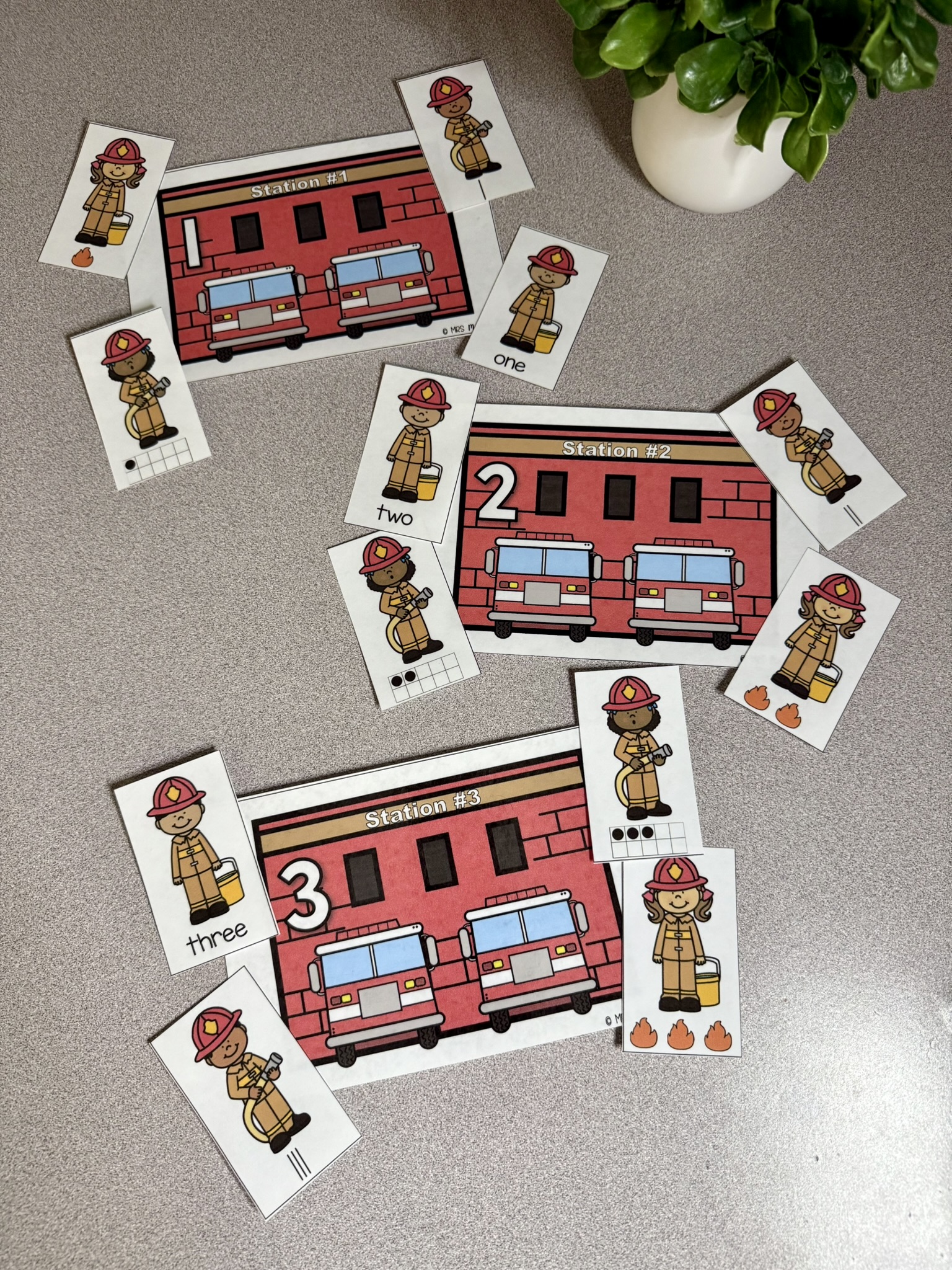
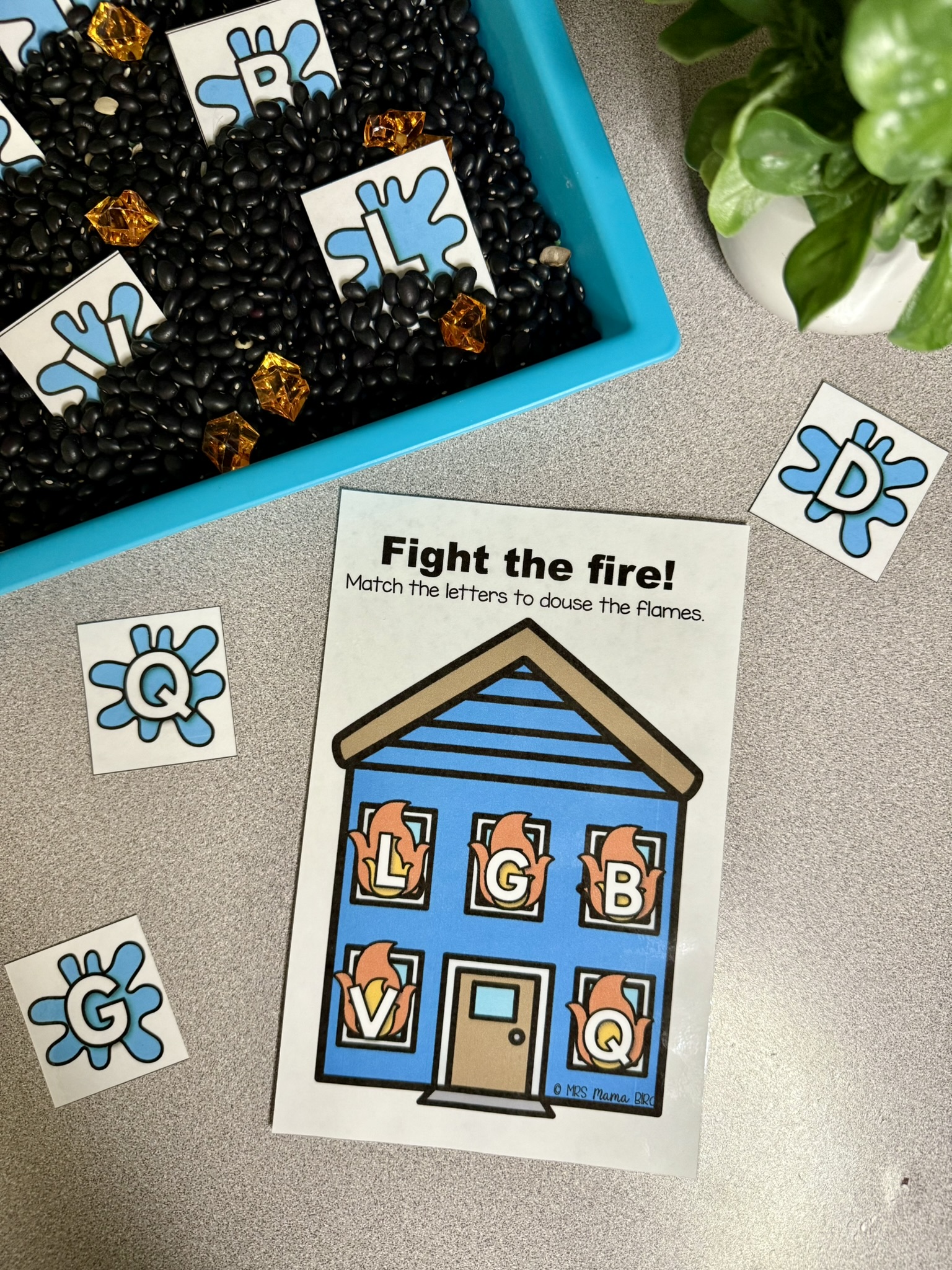
Not only does this Teaching Tote have toys and puzzles but it also includes some hands on learning activities to introduce your preschooler to concepts like the alphabet and number forms.
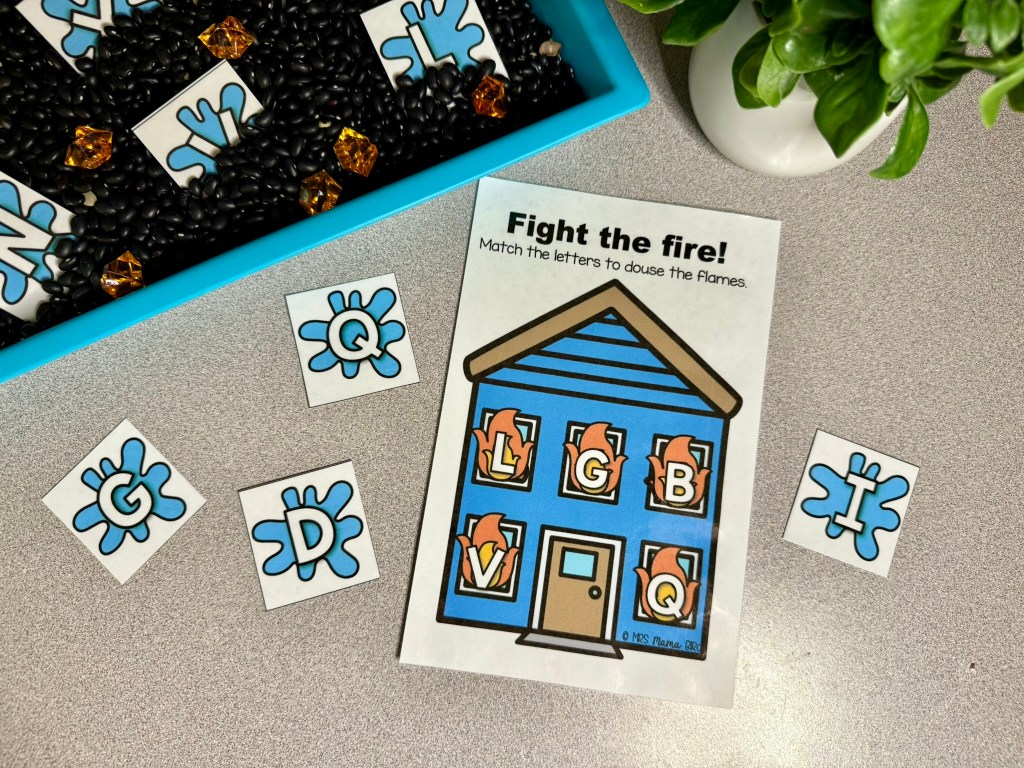
The Fire Safety Alphabet Cover is a fun way to identify letters while using the “water” cards to “put out the fire.” I LOVE this game because each house fire mat only displays 5 – 6 letters. So you can choose how many letters you want to practice (focus on one card or focus on five). If your child is just learning letters, one or two mats might be best. If your child knows their letters but just wants to review, go ahead and use all 5 mats. The mats come in uppercase letters or lowercase letters and the cards also have uppercase, lowercase and beginning sound variations. This gives you some choice as far as what you would like to focus on with your child. Click the picture for more details!
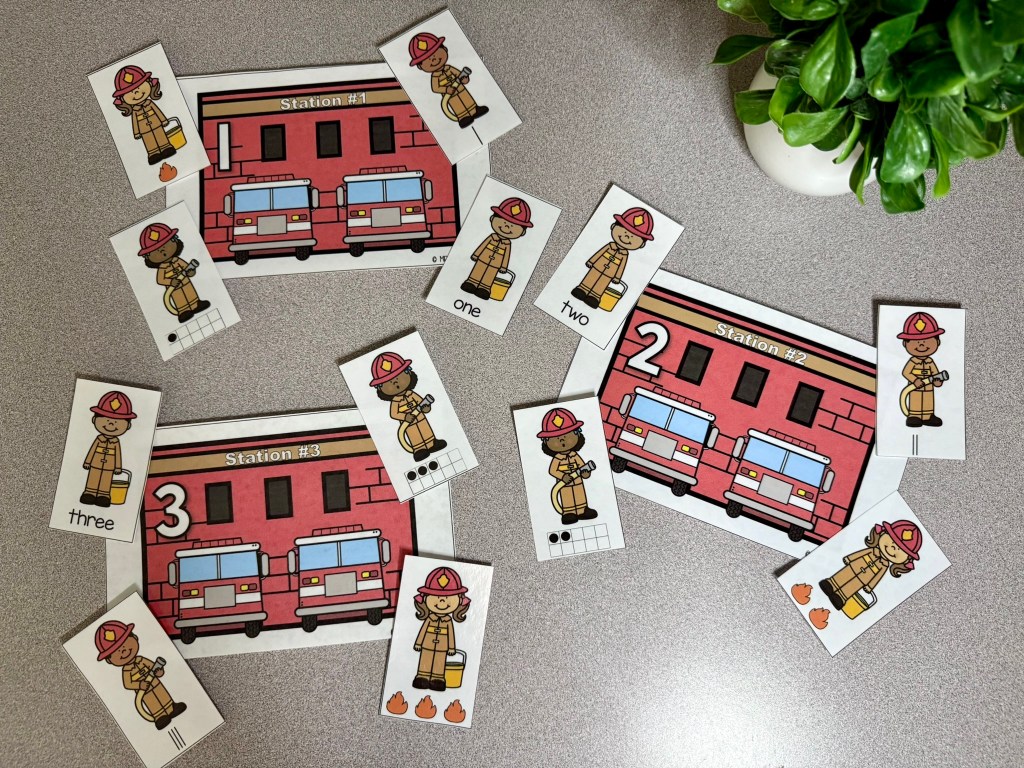
Another activity included in the Fire Safety Teaching Tote is the Firefighter Number Sort. This activity includes Fire Stations 1 – 20 and four firefighter cards for each station. The firefighter cards represent numbers 1 – 20 in four forms, words, tallies, tens frames, and quantities. You can decide what numbers you’d like to practice with your child and gather the corresponding firefighter cards. Then have your child place each firefighter in the fire station where they belong. Take turns together and see how many numbers you can practice! If you need more information on this activity, click the picture.
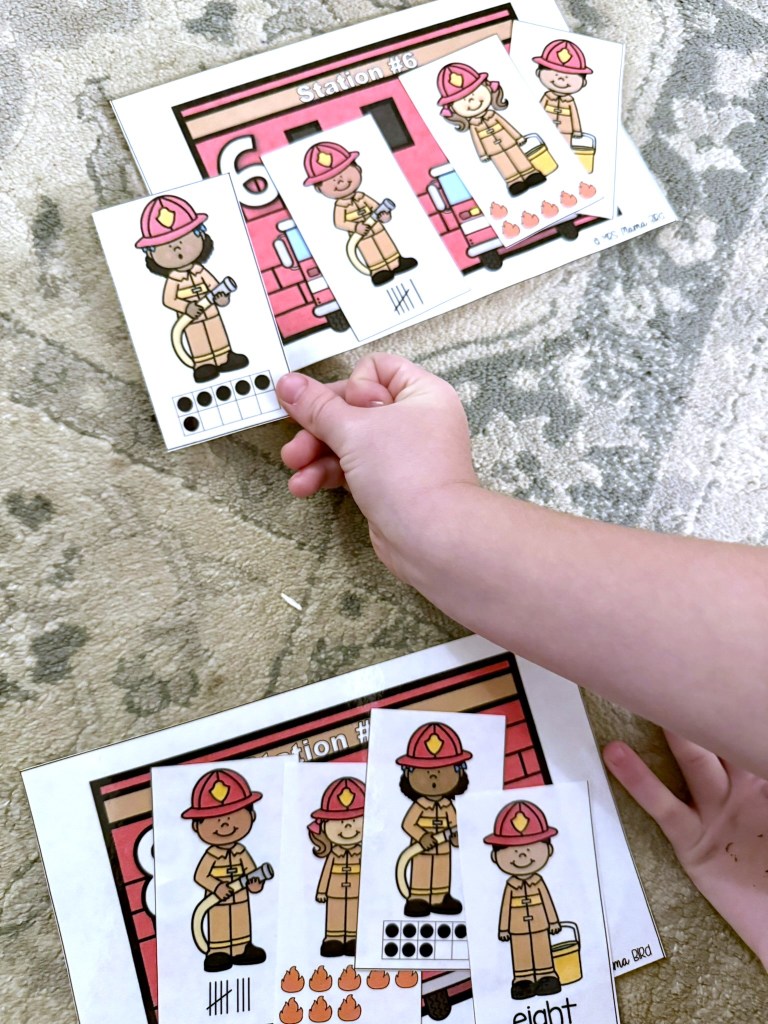
This number sort is the first activity my 5 year old daughter pulled of the shelf when I set out this Teaching Tote. She loved practicing recognizing the numbers in different forms and helping all the firefighters find their correct stations.
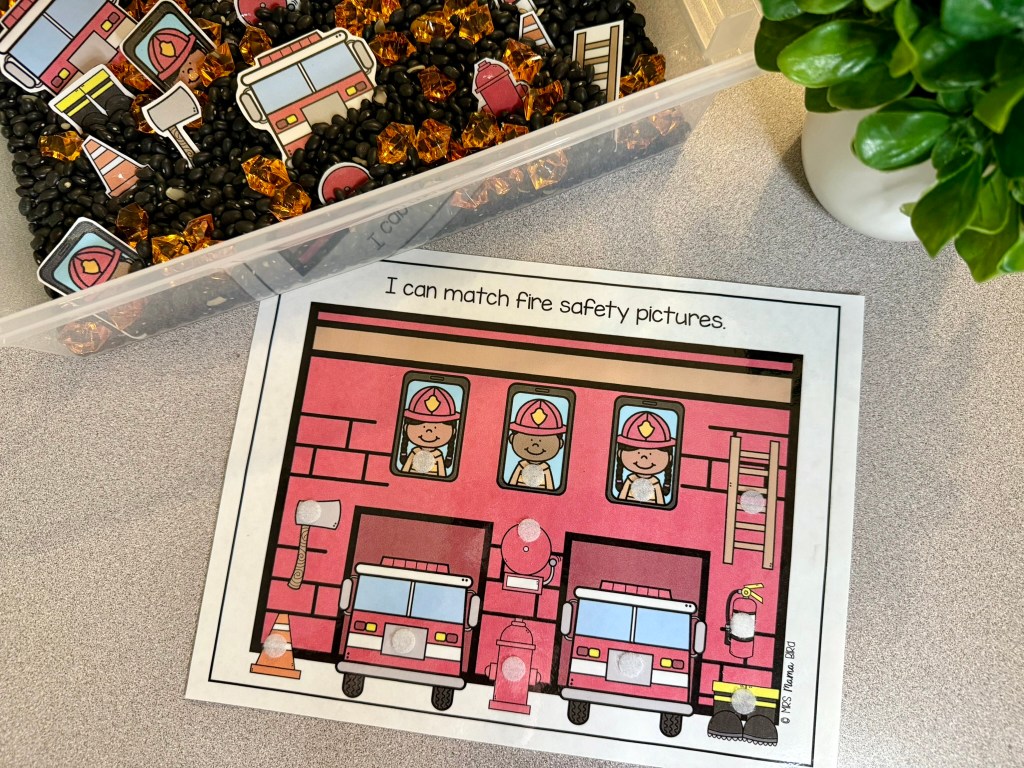
One of my favorite things to curate and put together for Teaching Totes are the themed sensory bins. This Fire Safety Teaching Tote contains a sensory bin with a picture match activity. The sensory bin is full of black beans and orange acrylic table scatter (fire!). It also is hiding several fire safety pictures in the bin- firetrucks, firefighters, axes, cones, fire hydrants, fire alarms, boots, fire extinguishers and ladders. You child can sift through the sensory bin, find the pictures and match them to the picture match mat. This is a fun way to practice visual discrimination skills, fine motor skills, and fire safety vocabulary. Click the picture for more information!
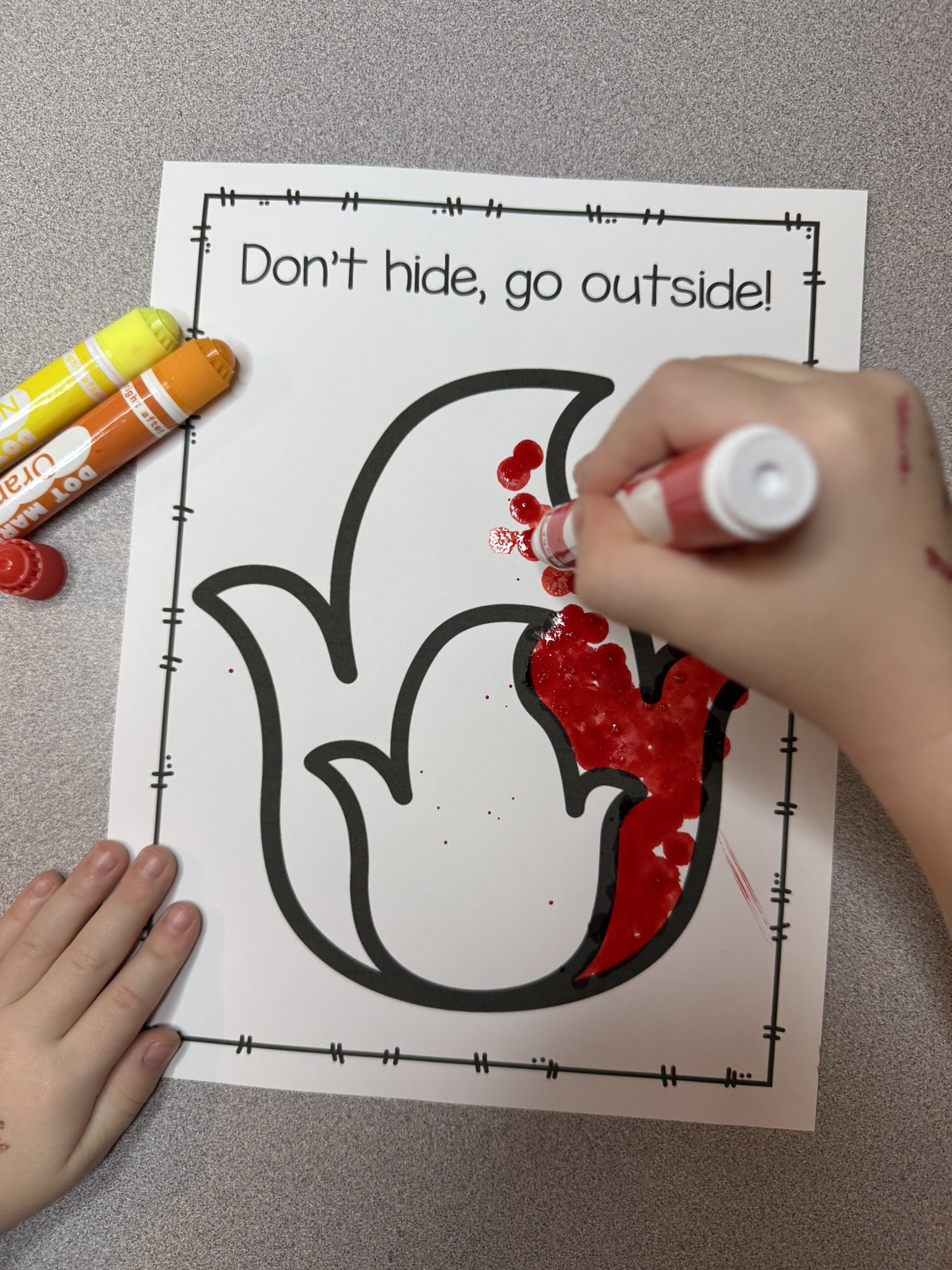
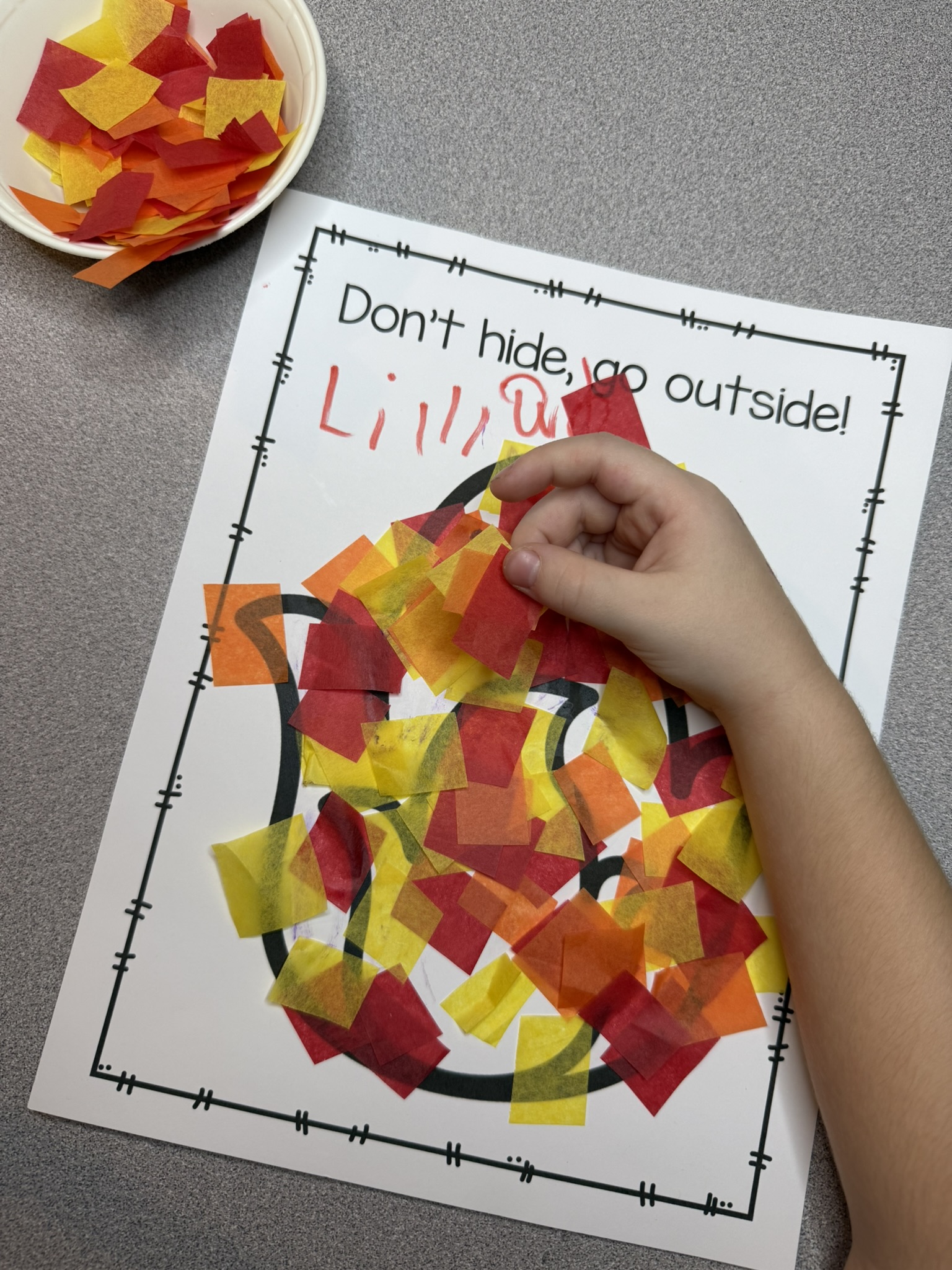
Of course we need to talk about the FREE Fire Safety printable craft template that I’ve included in the Teaching Tote. One of the most important things I teach preschoolers is not to be afraid of the firefighters that come help us. It is important to show them that firefighters wear masks that cover their faces and that might look scary. But firefighters are the same friendly helpers under all their gear and it is important never to hide from them in an emergency. Here is an easy prep printable to help reiterate that important safety tip with your preschooler. The “Don’t hide, go outside!” can be colored however your preschoolers(or you) choose- with tissue paper, dot markers, dot stickers, markers, paint, etc. You can grab this printable for free by clicking the picture below.
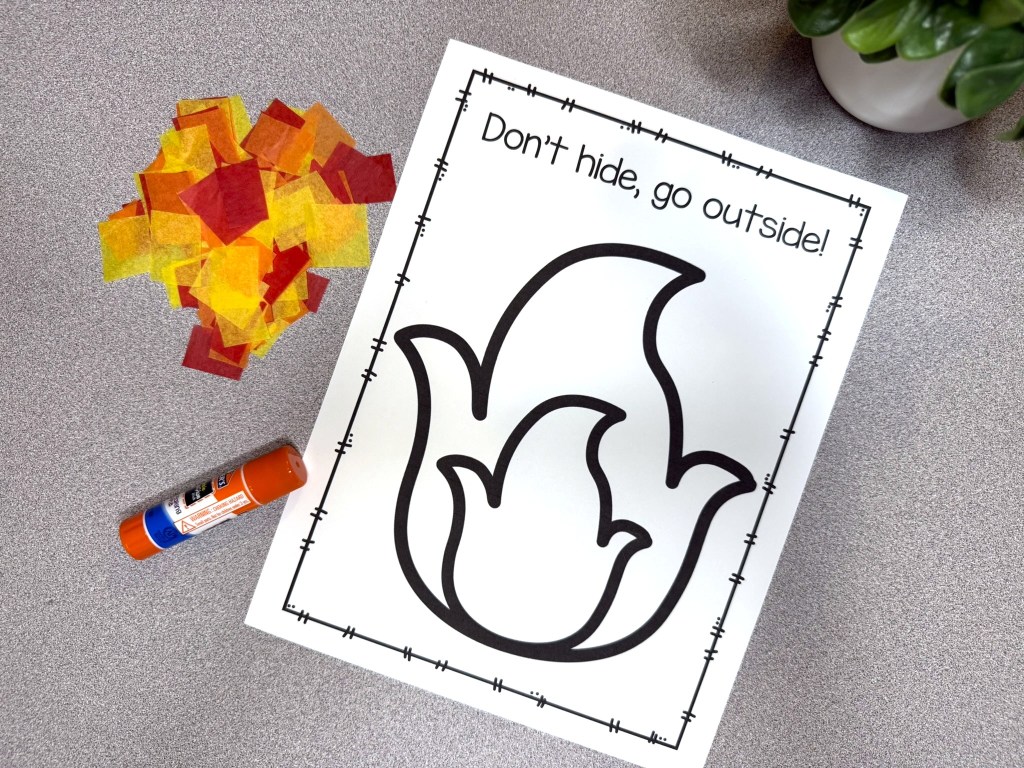
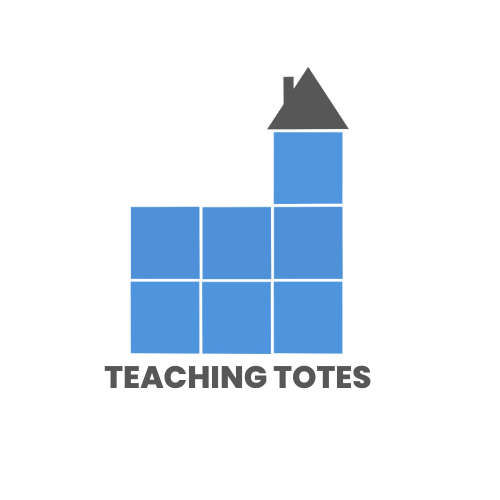
I hope this post was helpful to you! If you’re local to the Mount Airy, MD area and you are interested in renting all of these fun items, please click the Teaching Totes icon to visit my Teaching Totes website and contact me for booking!
If you would like more information about the learning activities featured in this post, click the icons below. Happy playing!!
